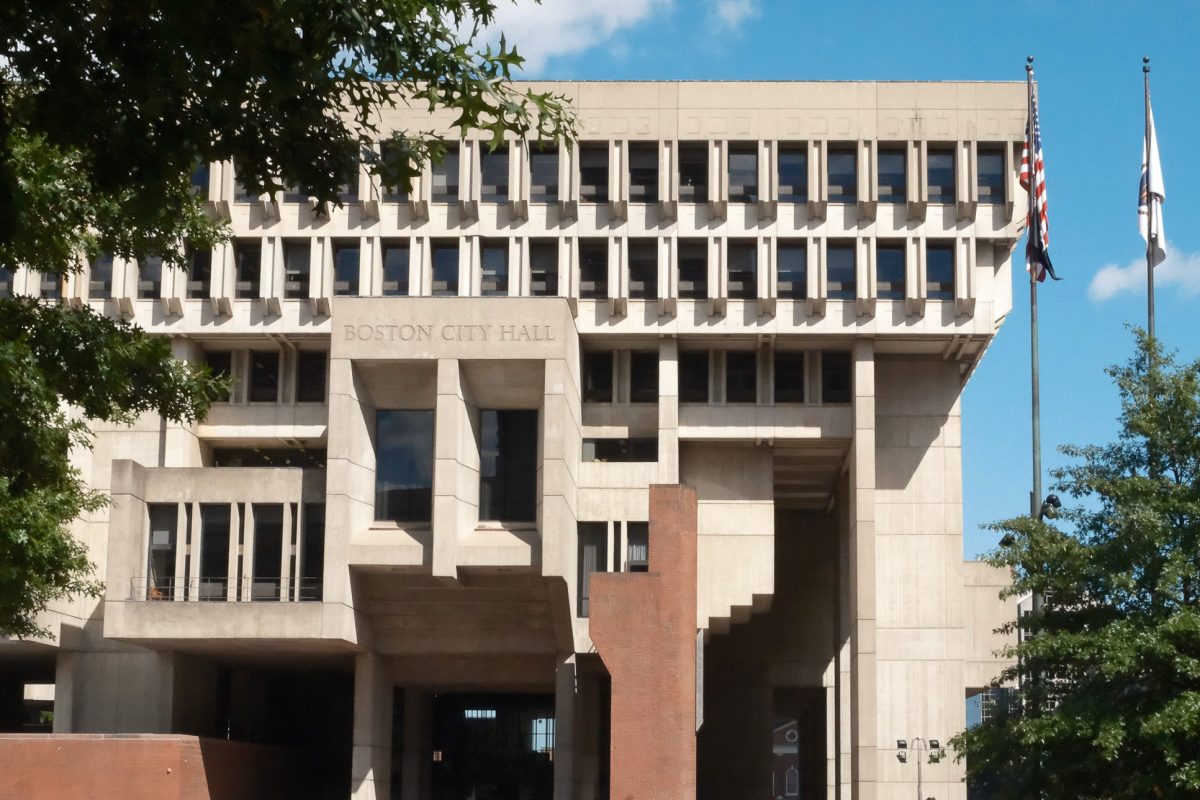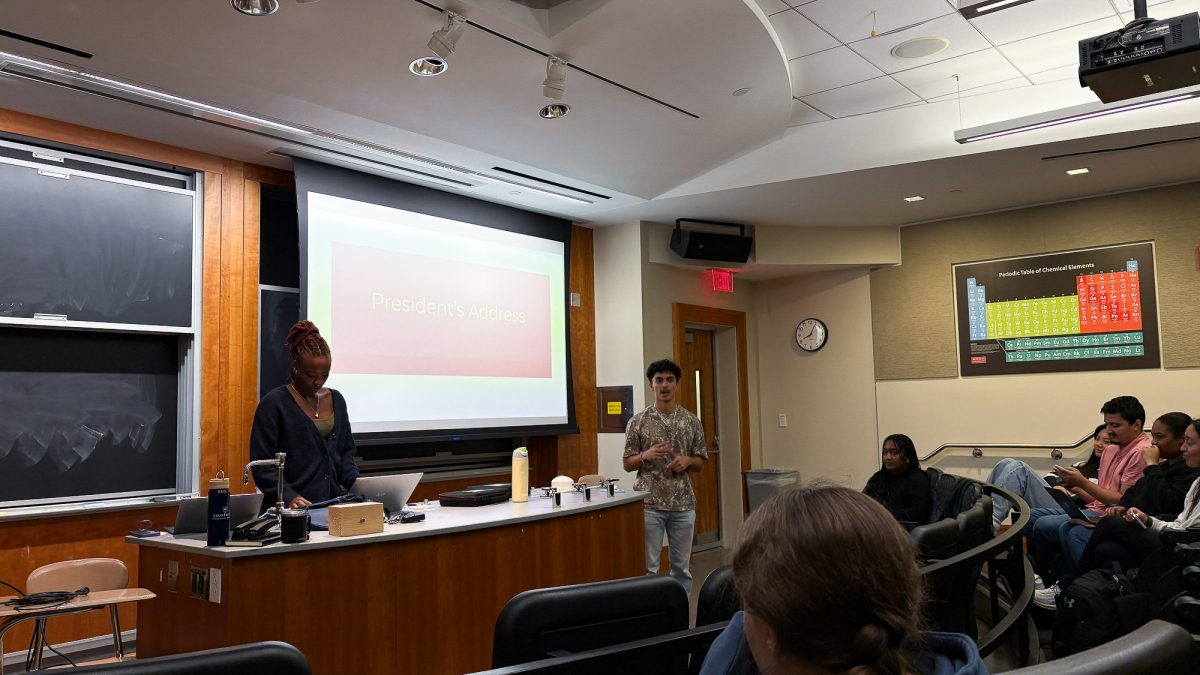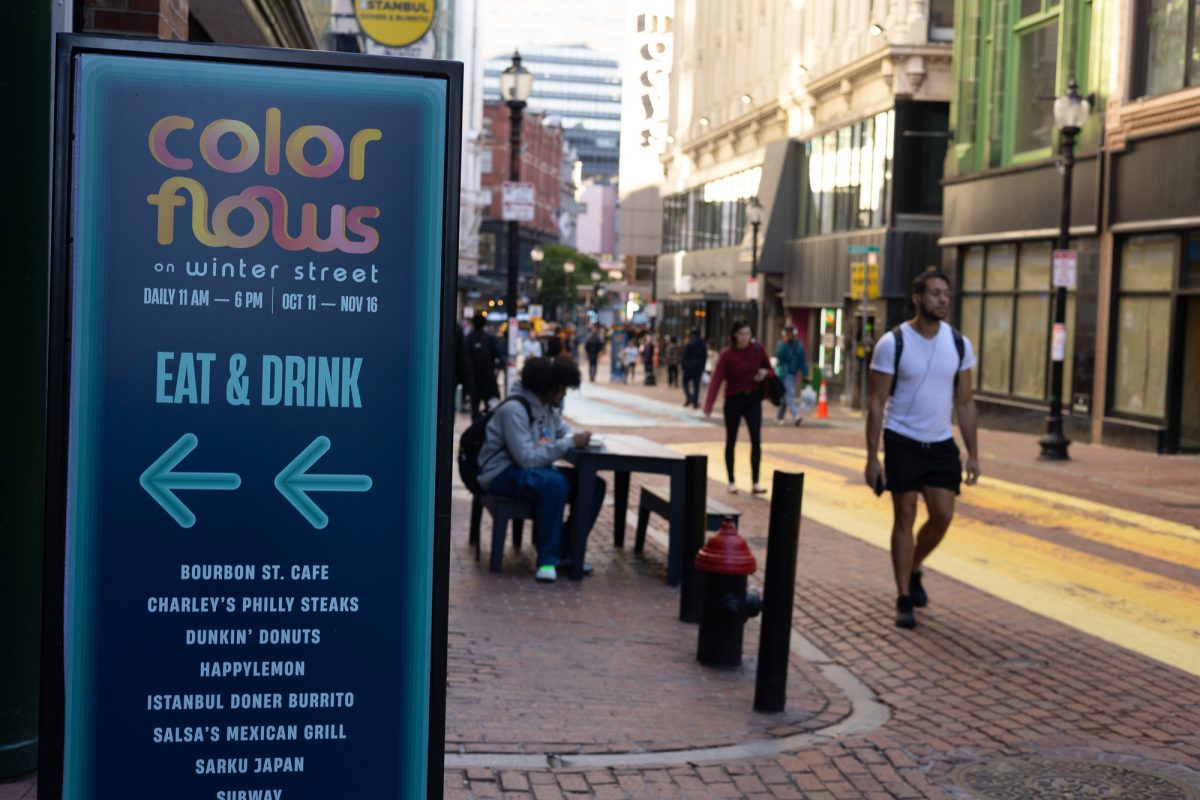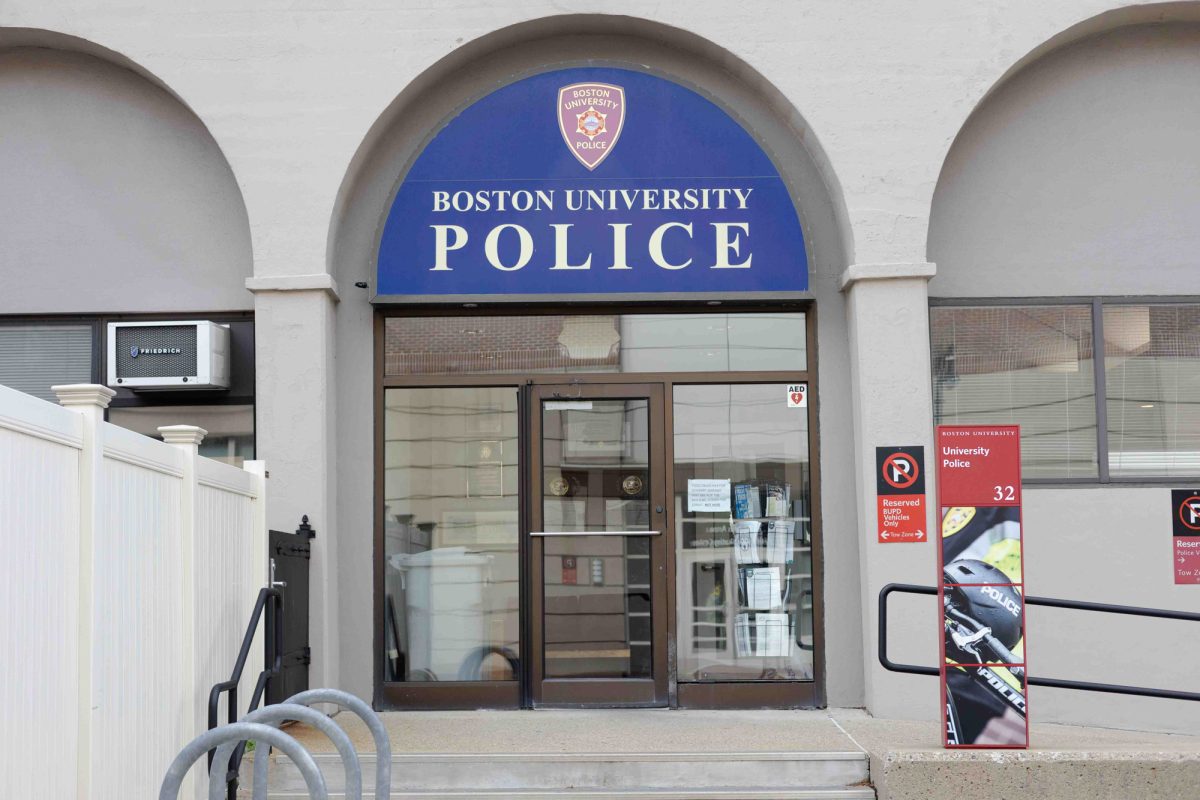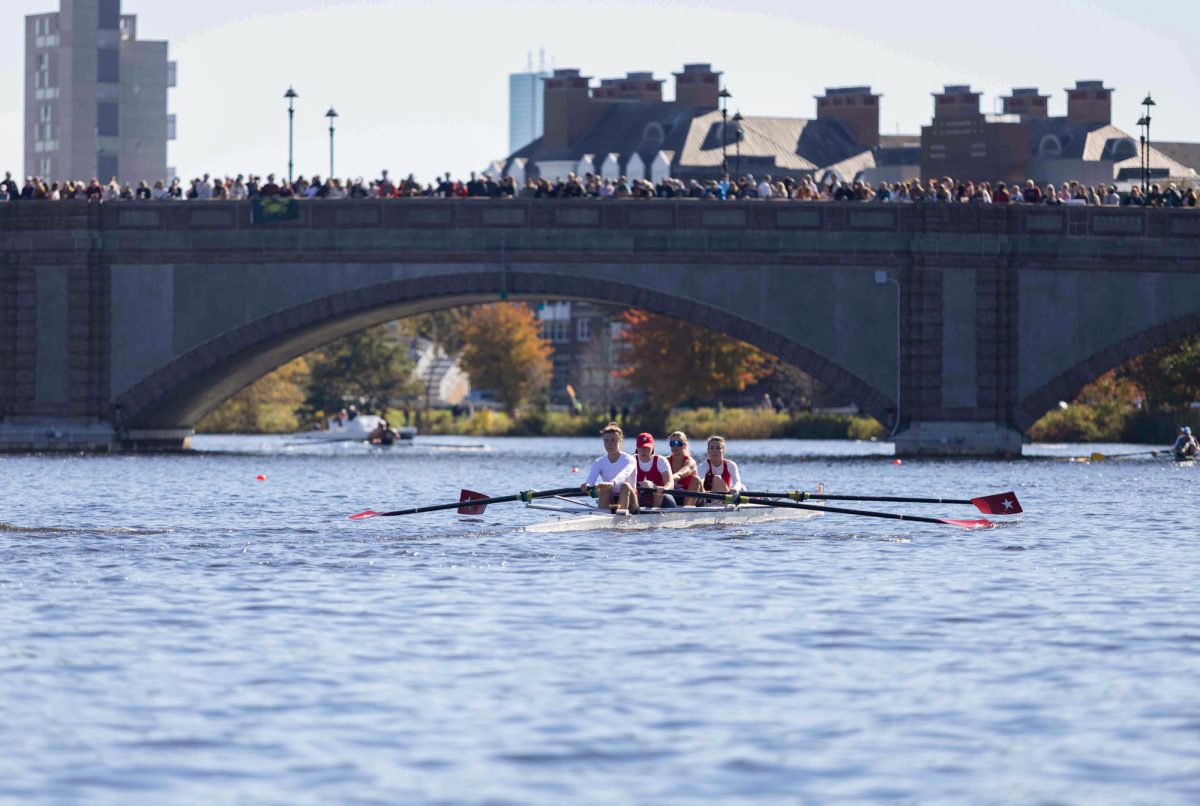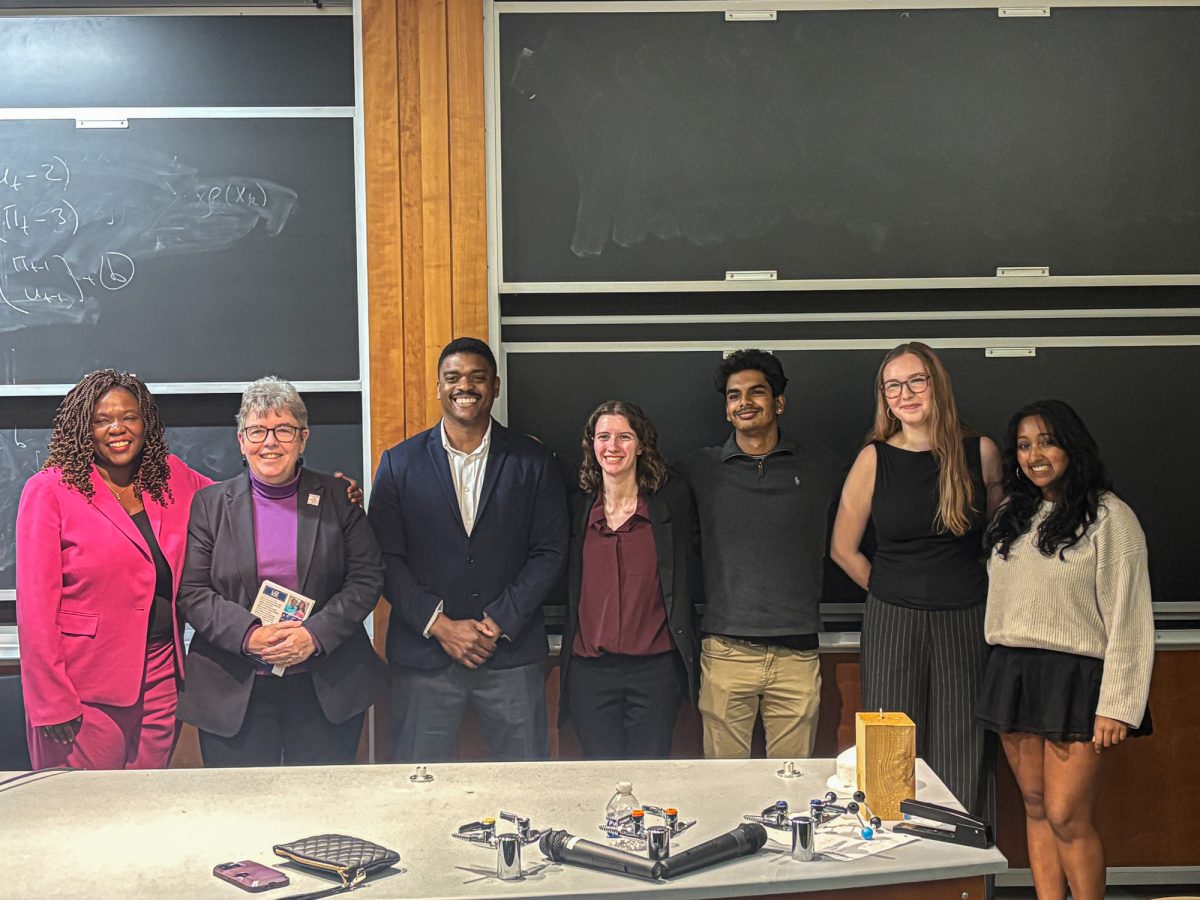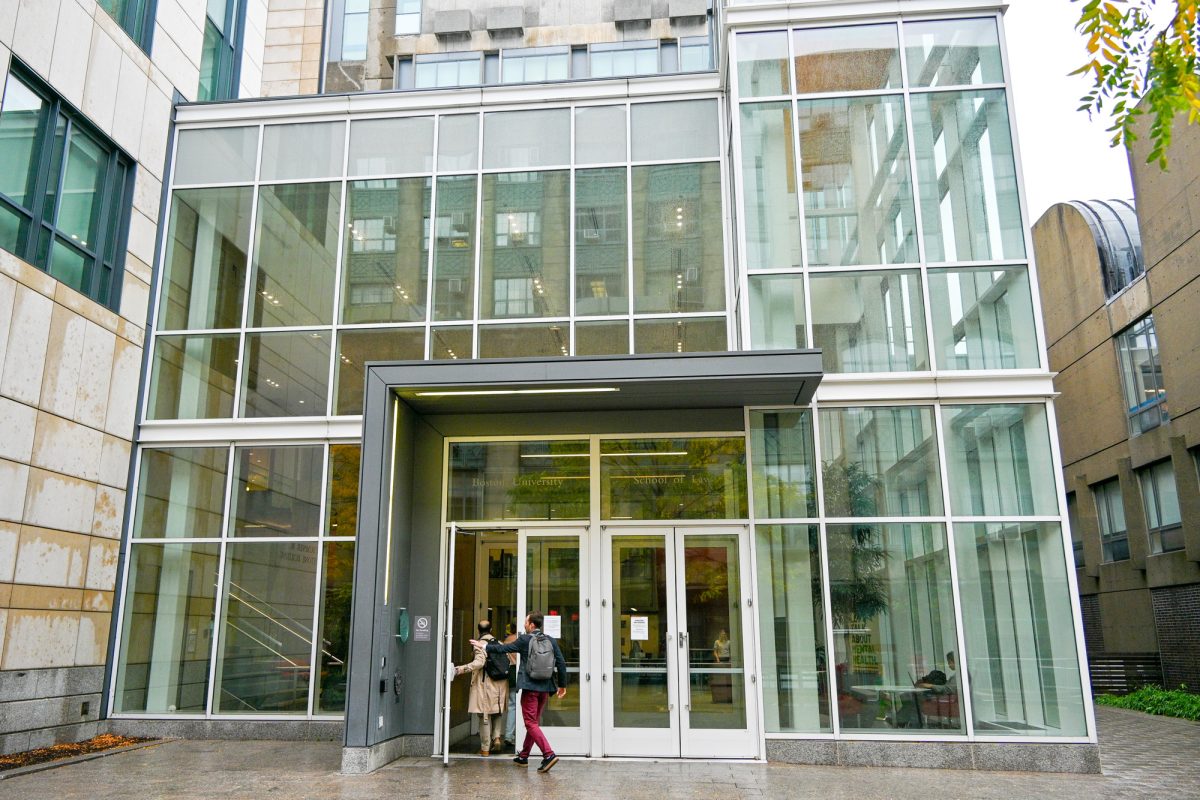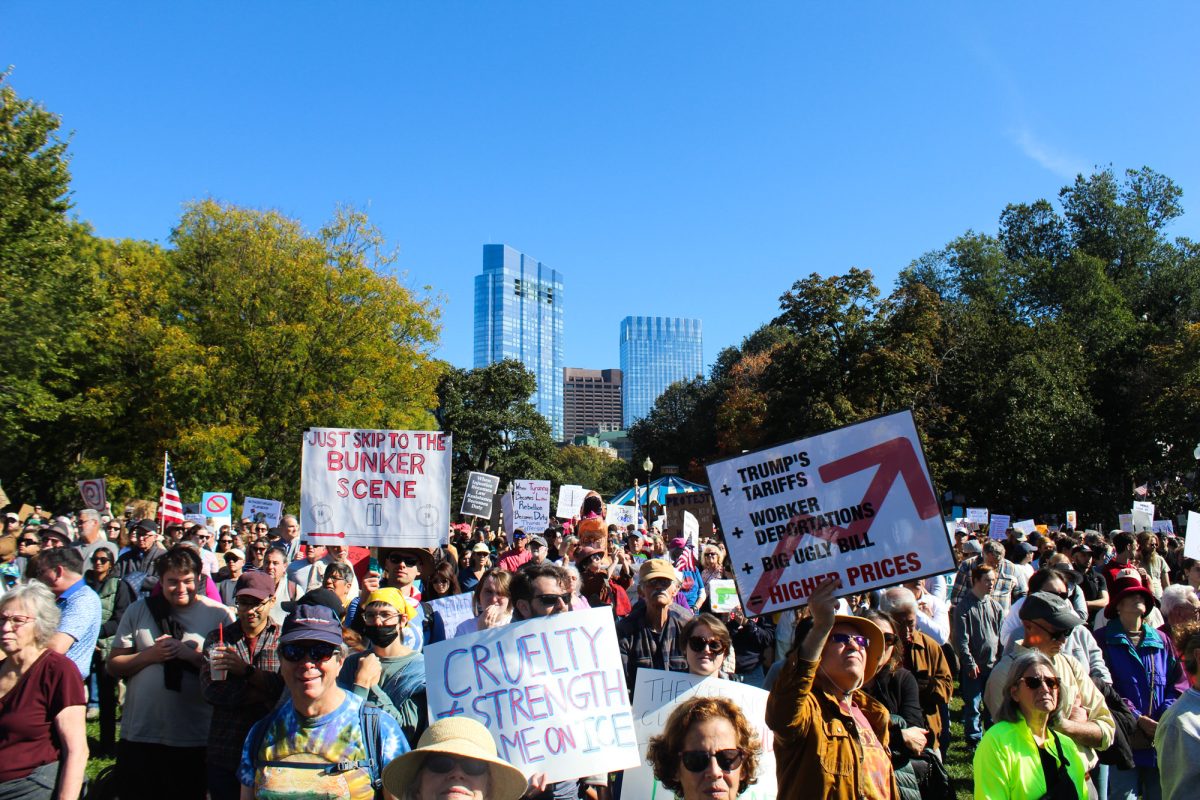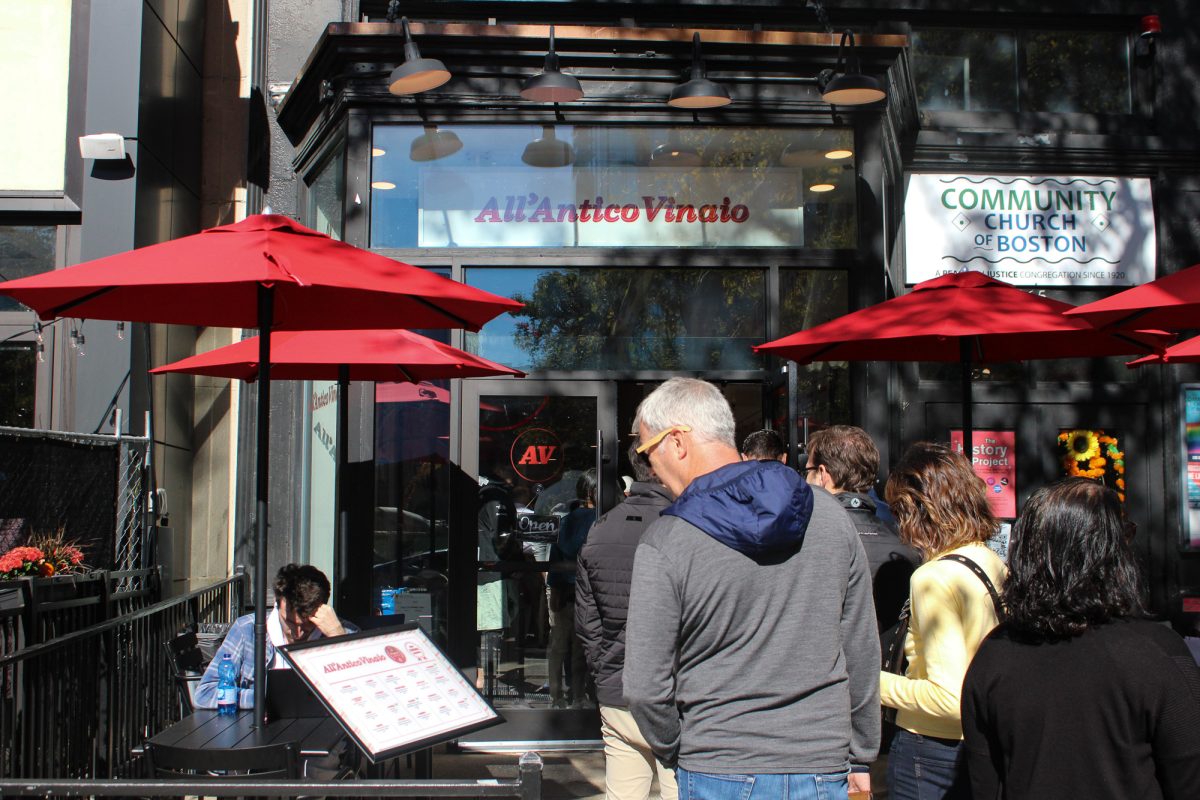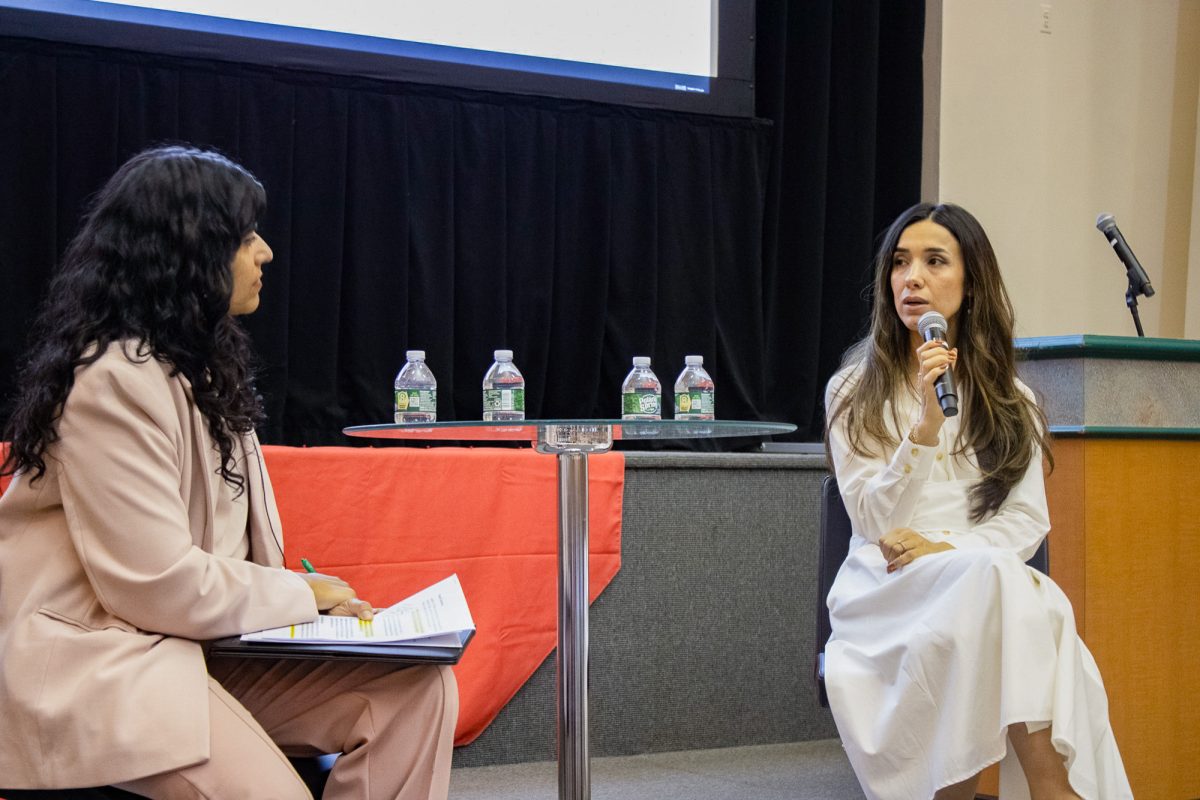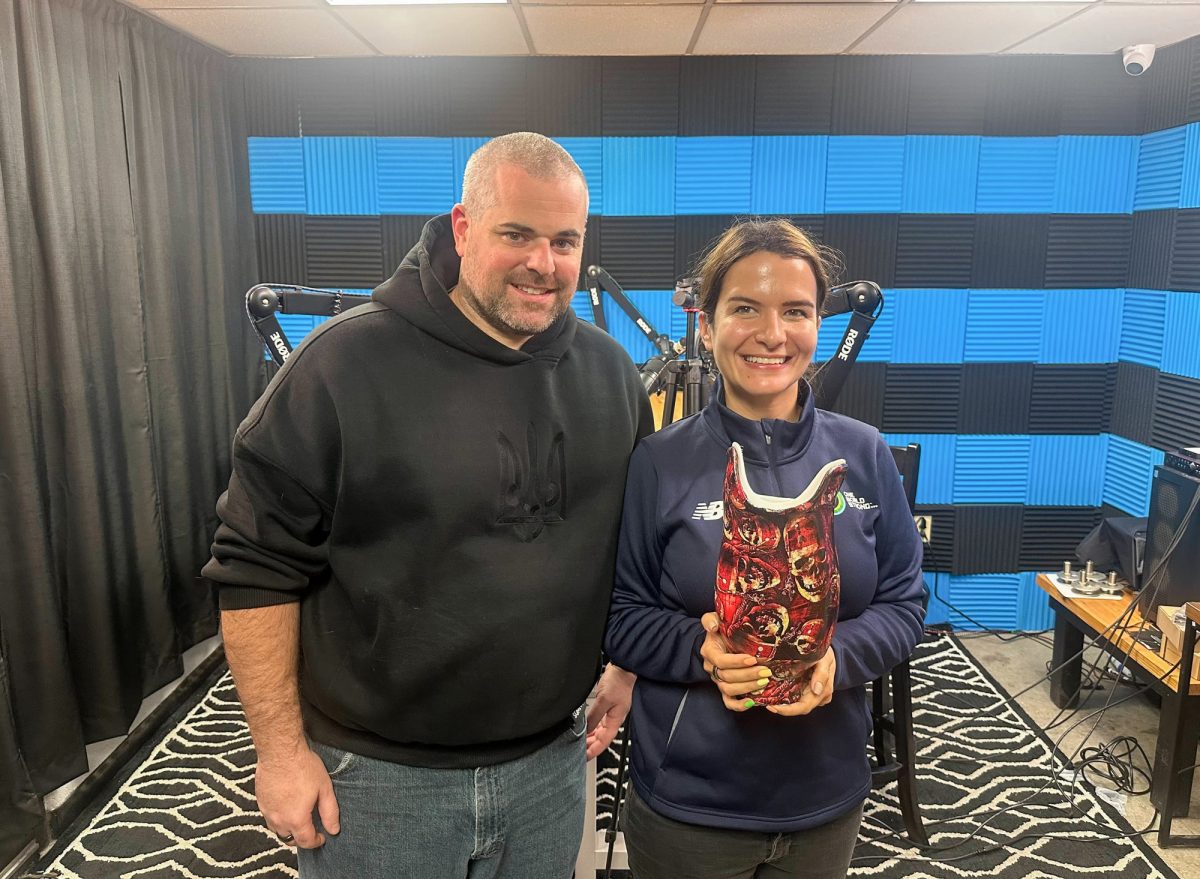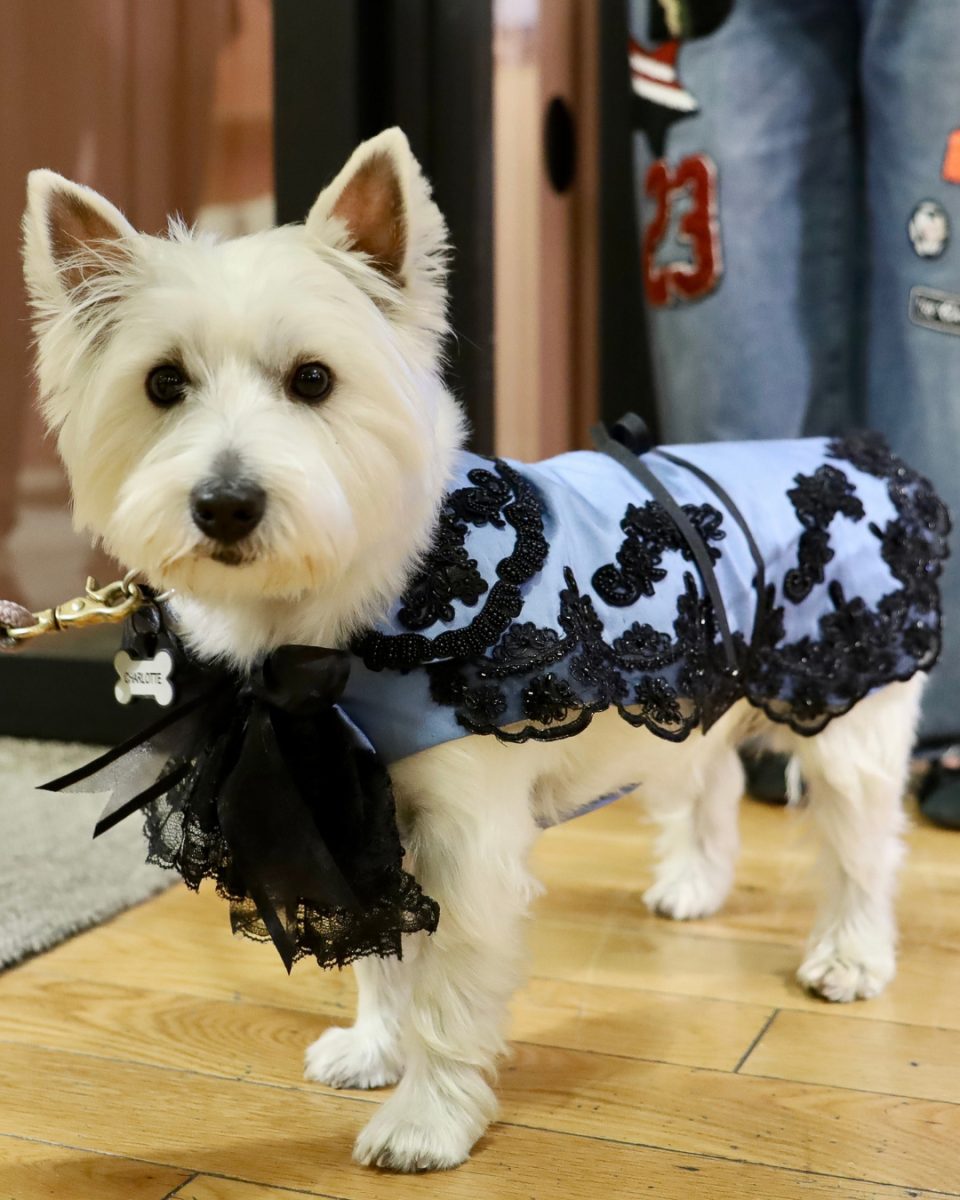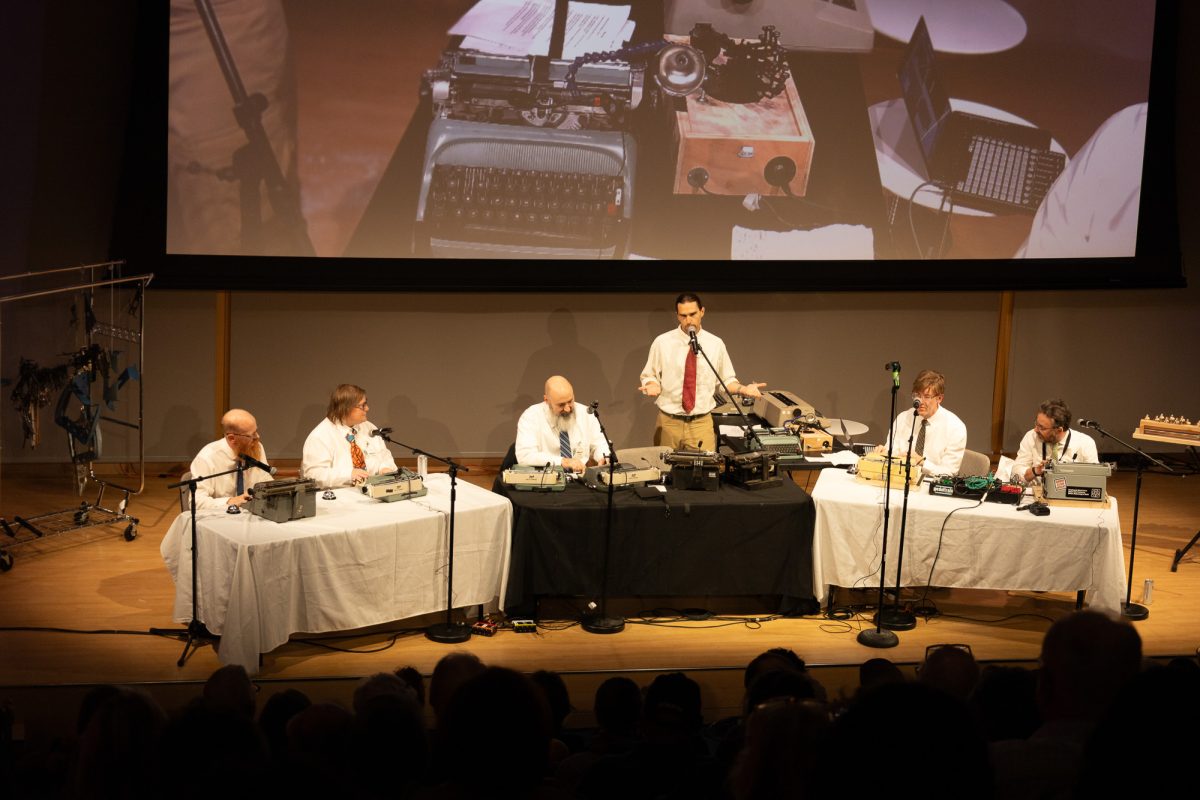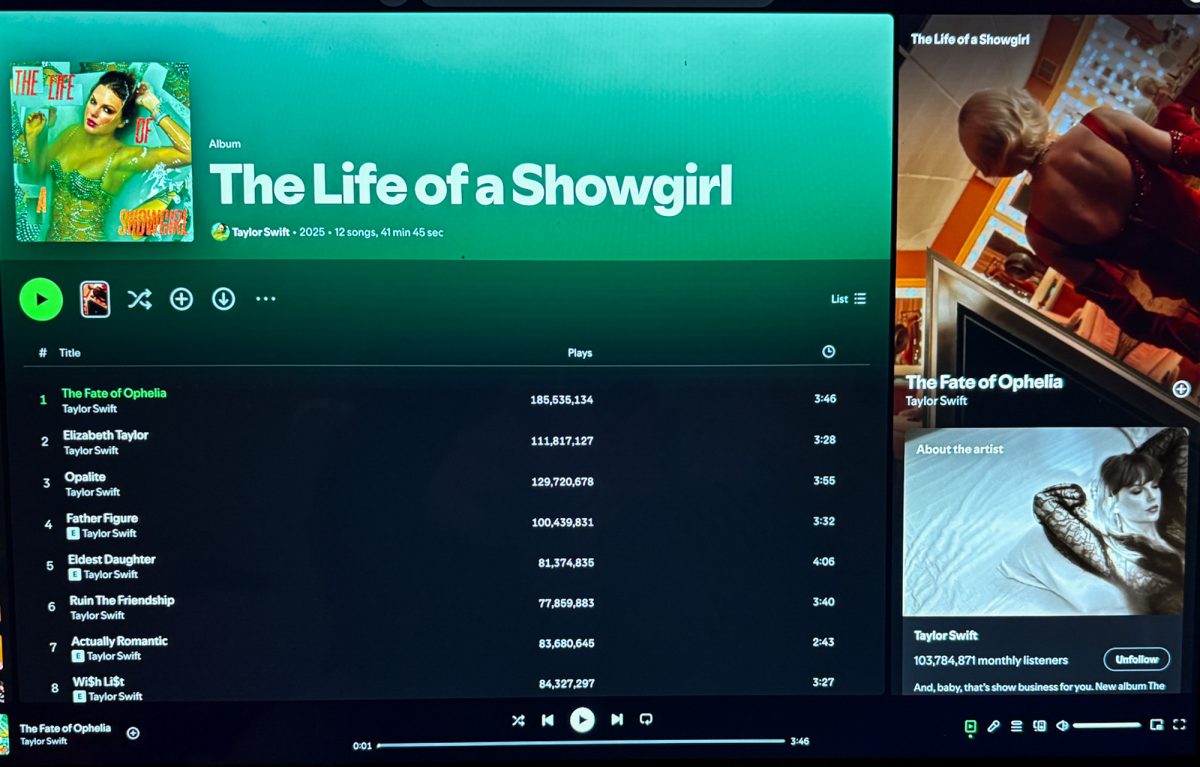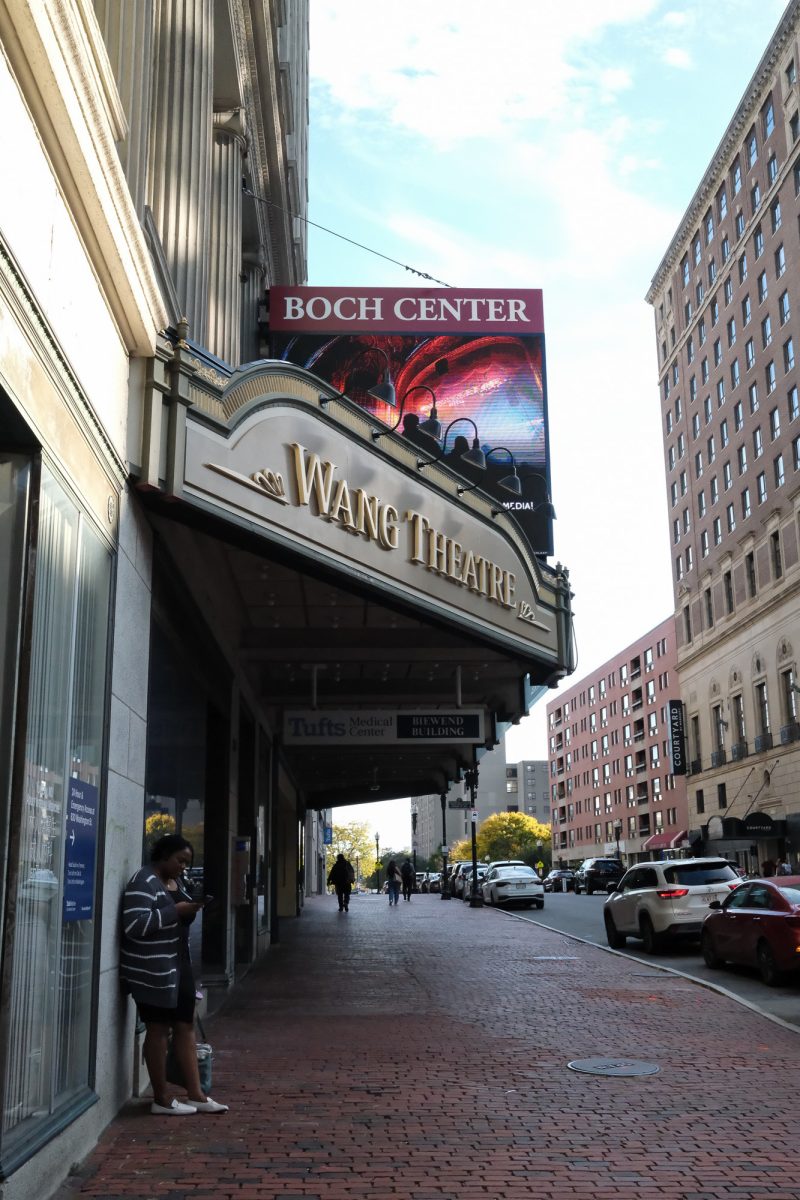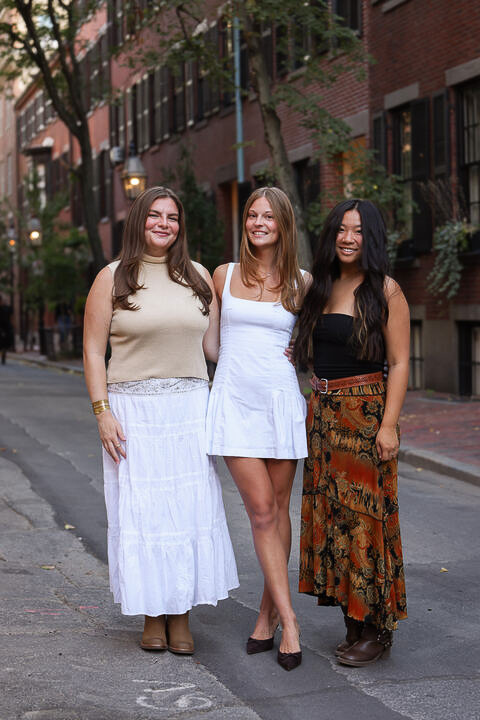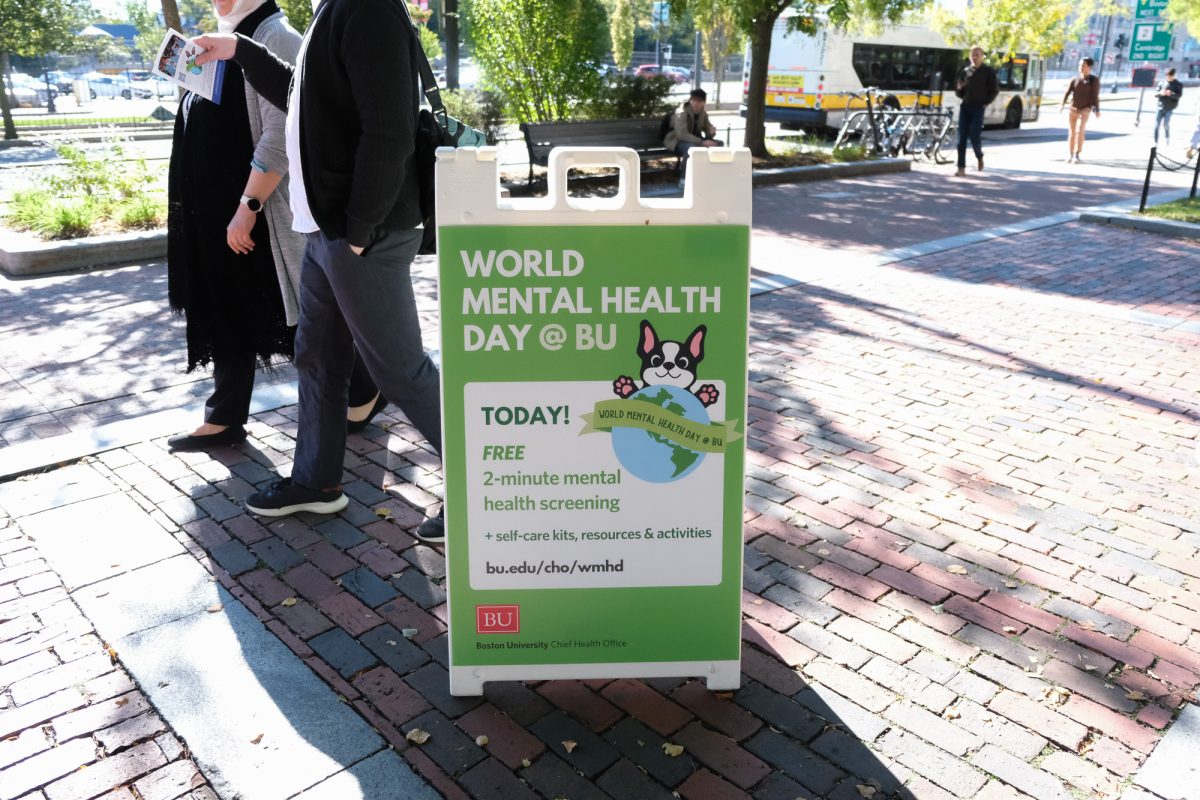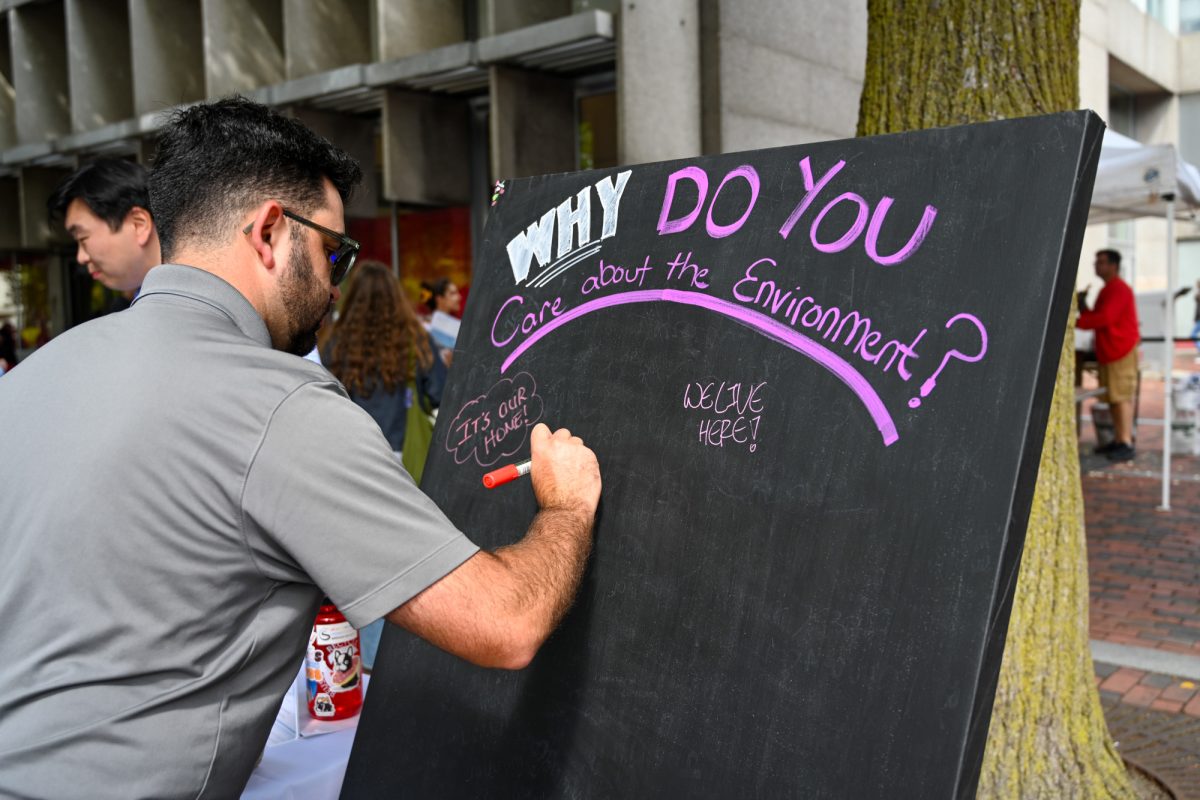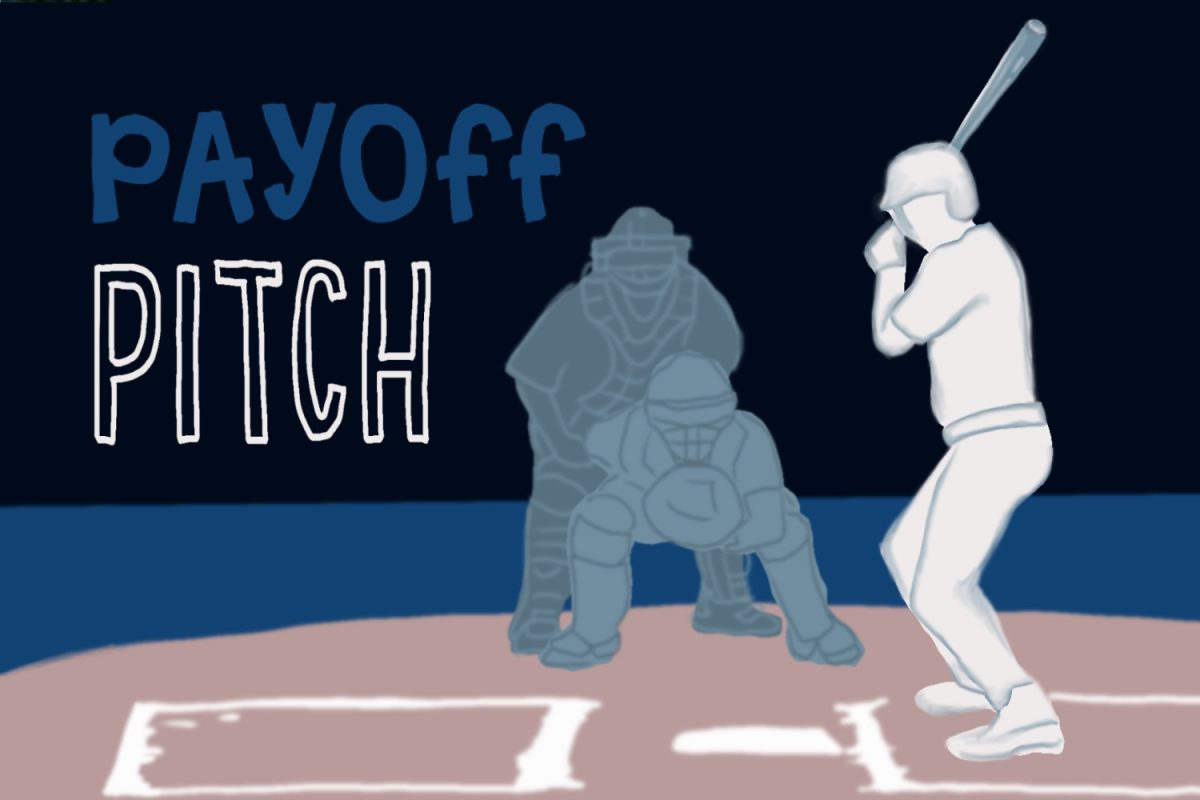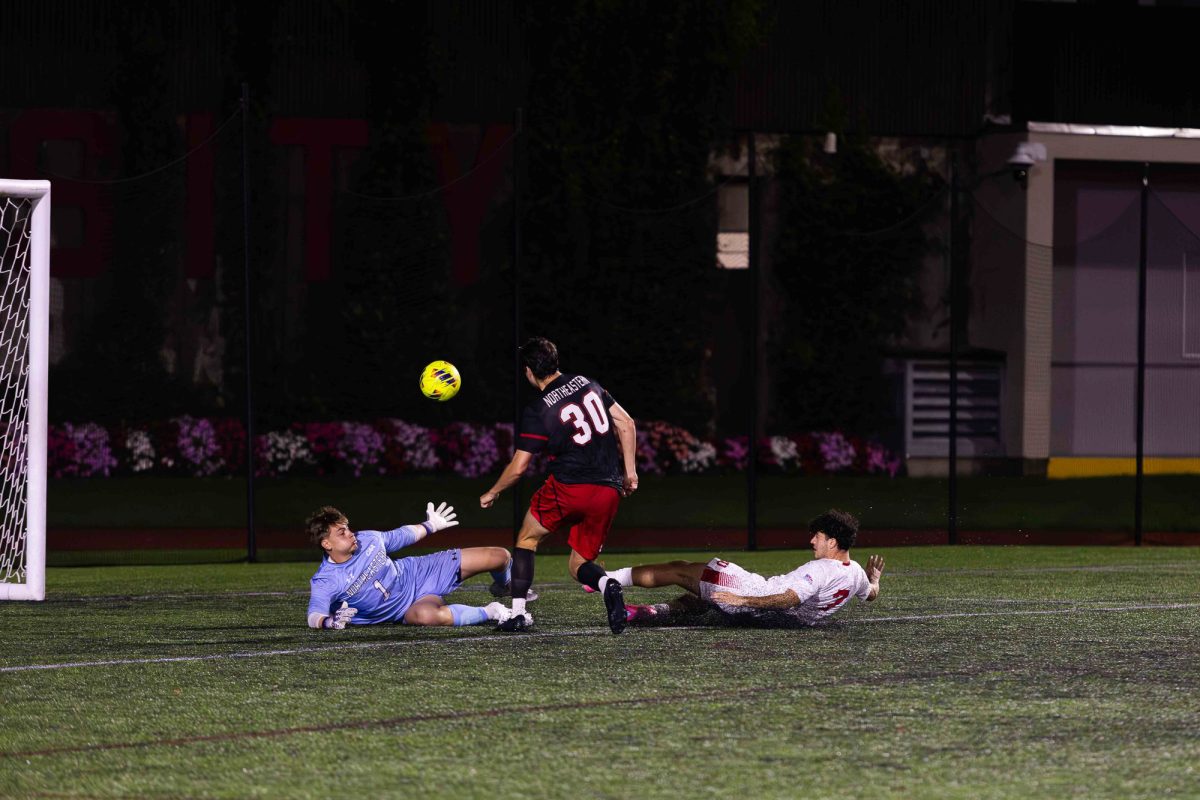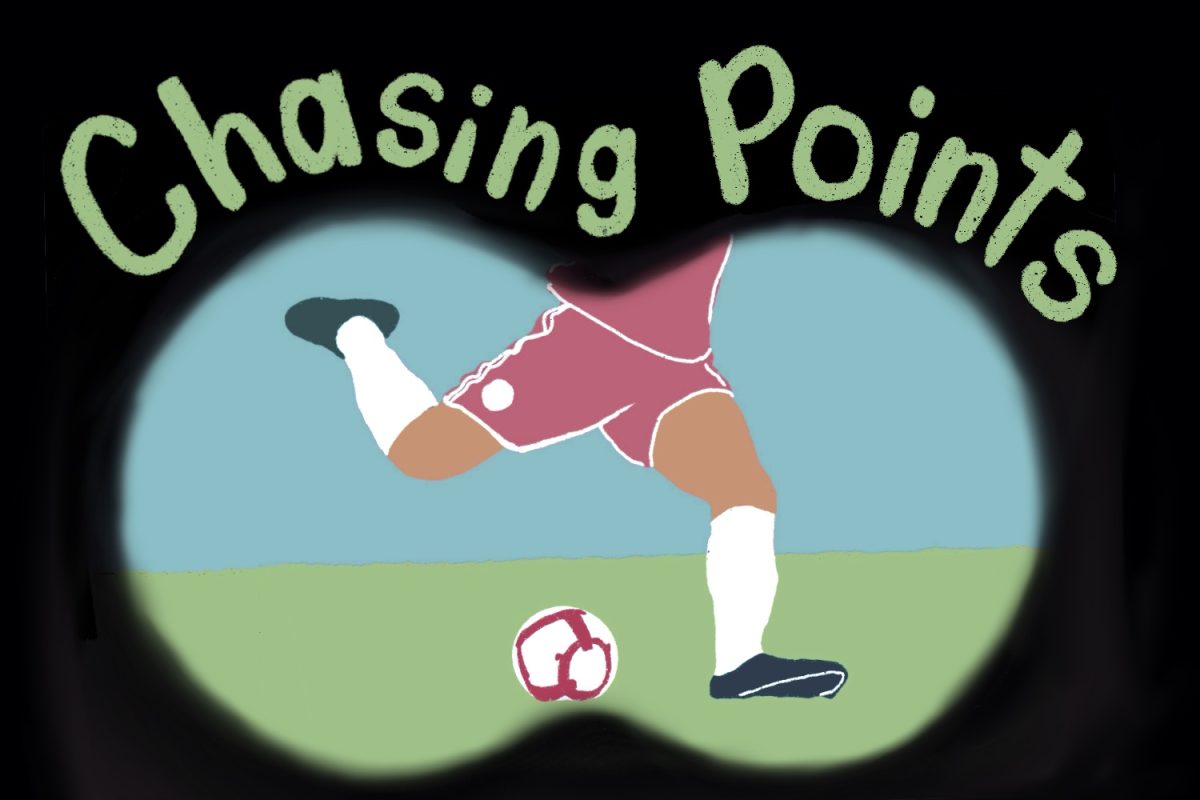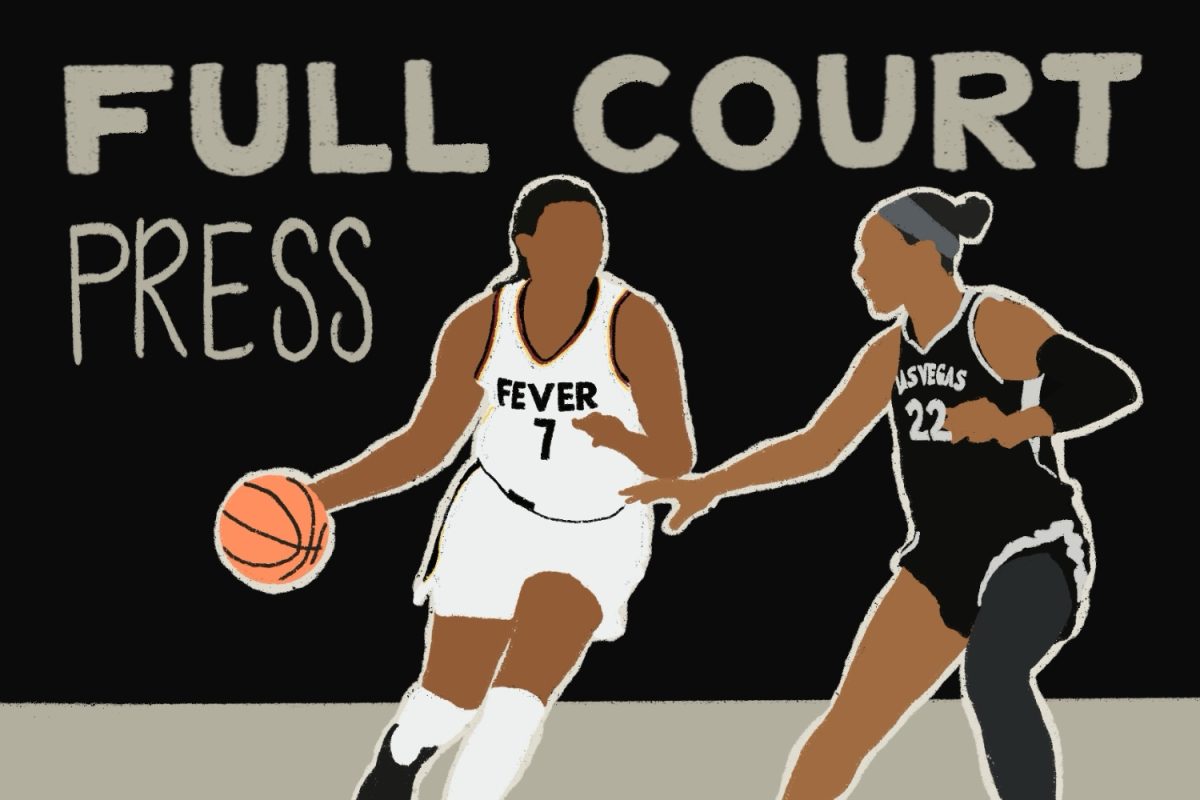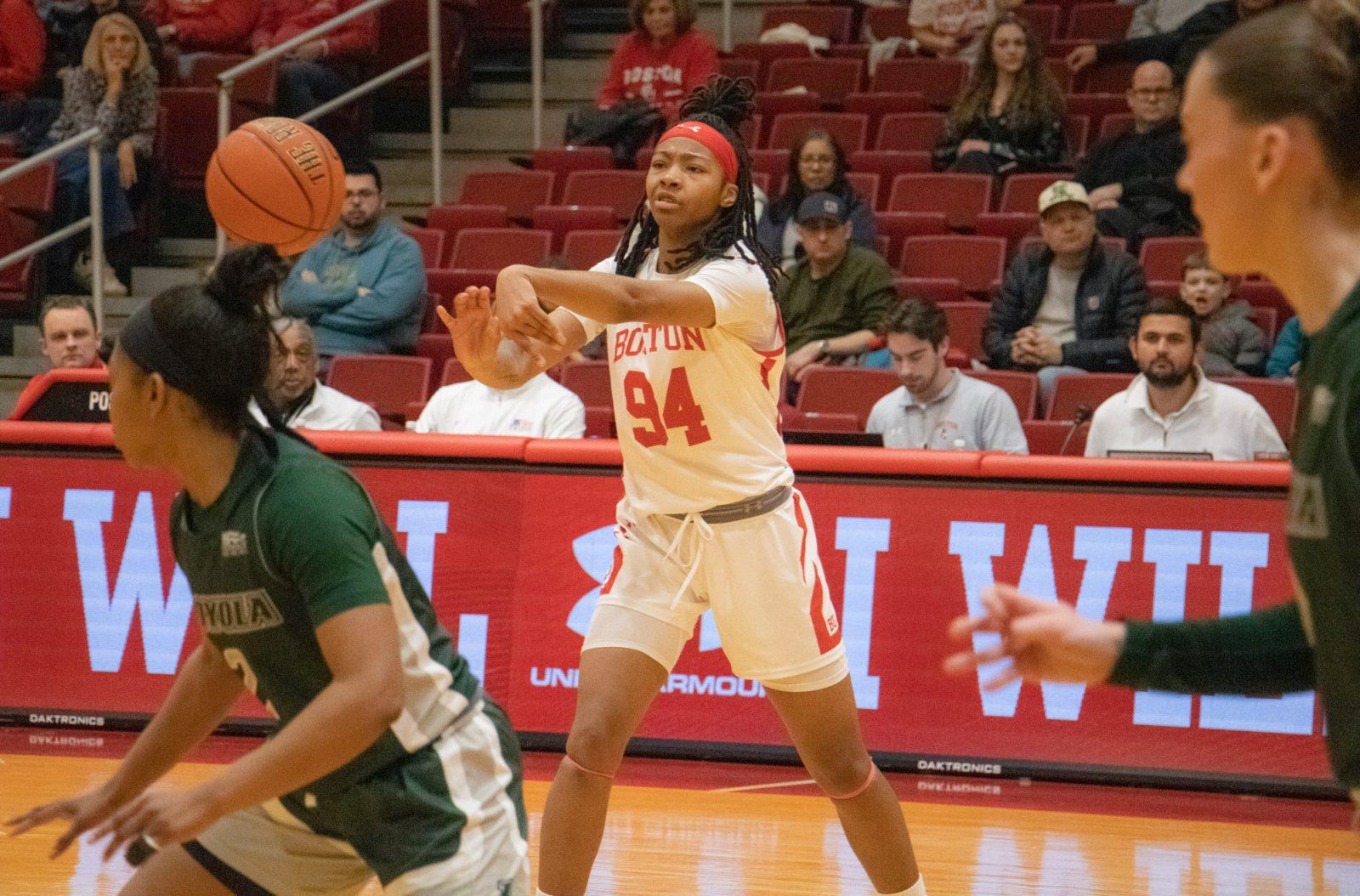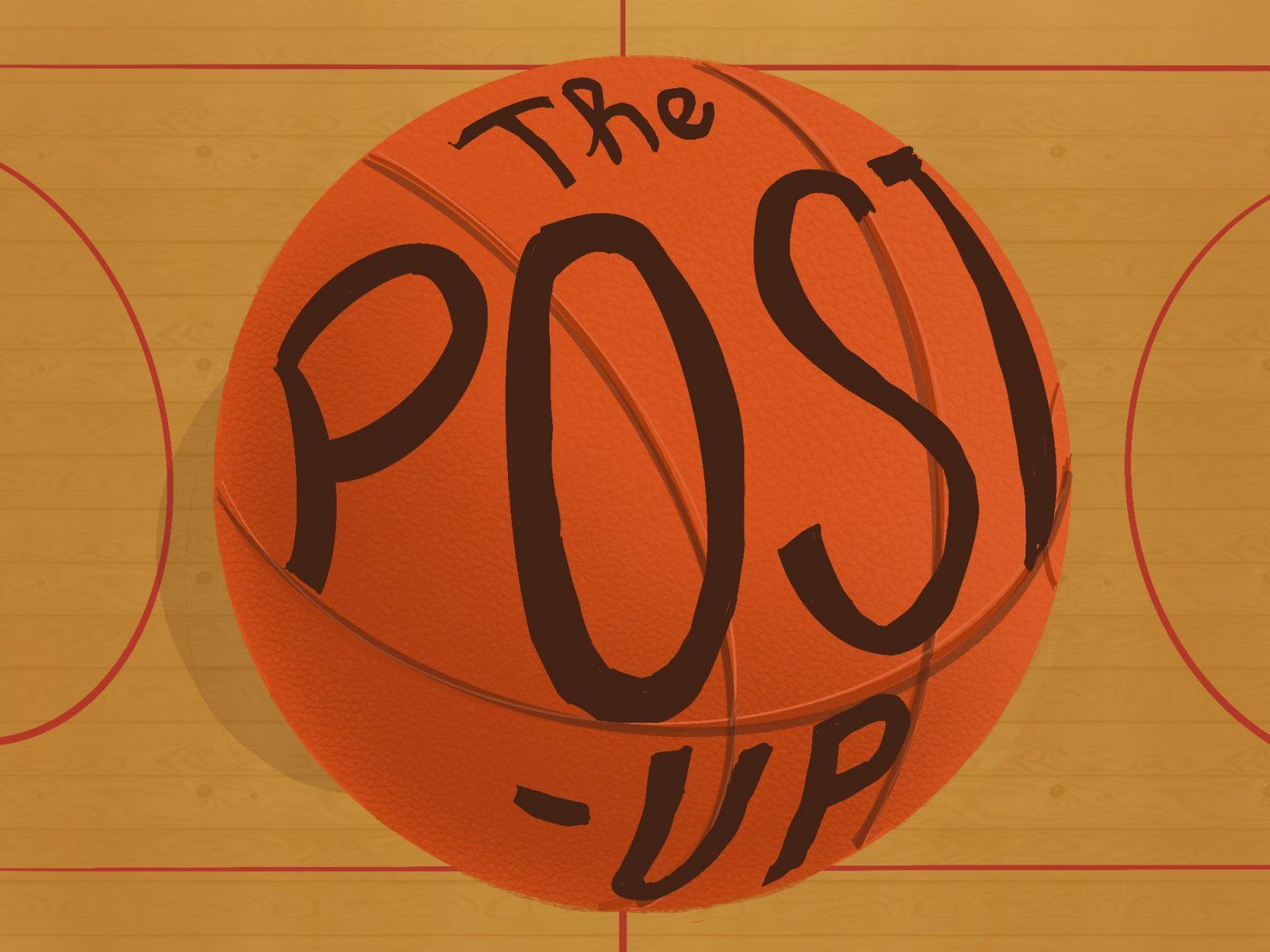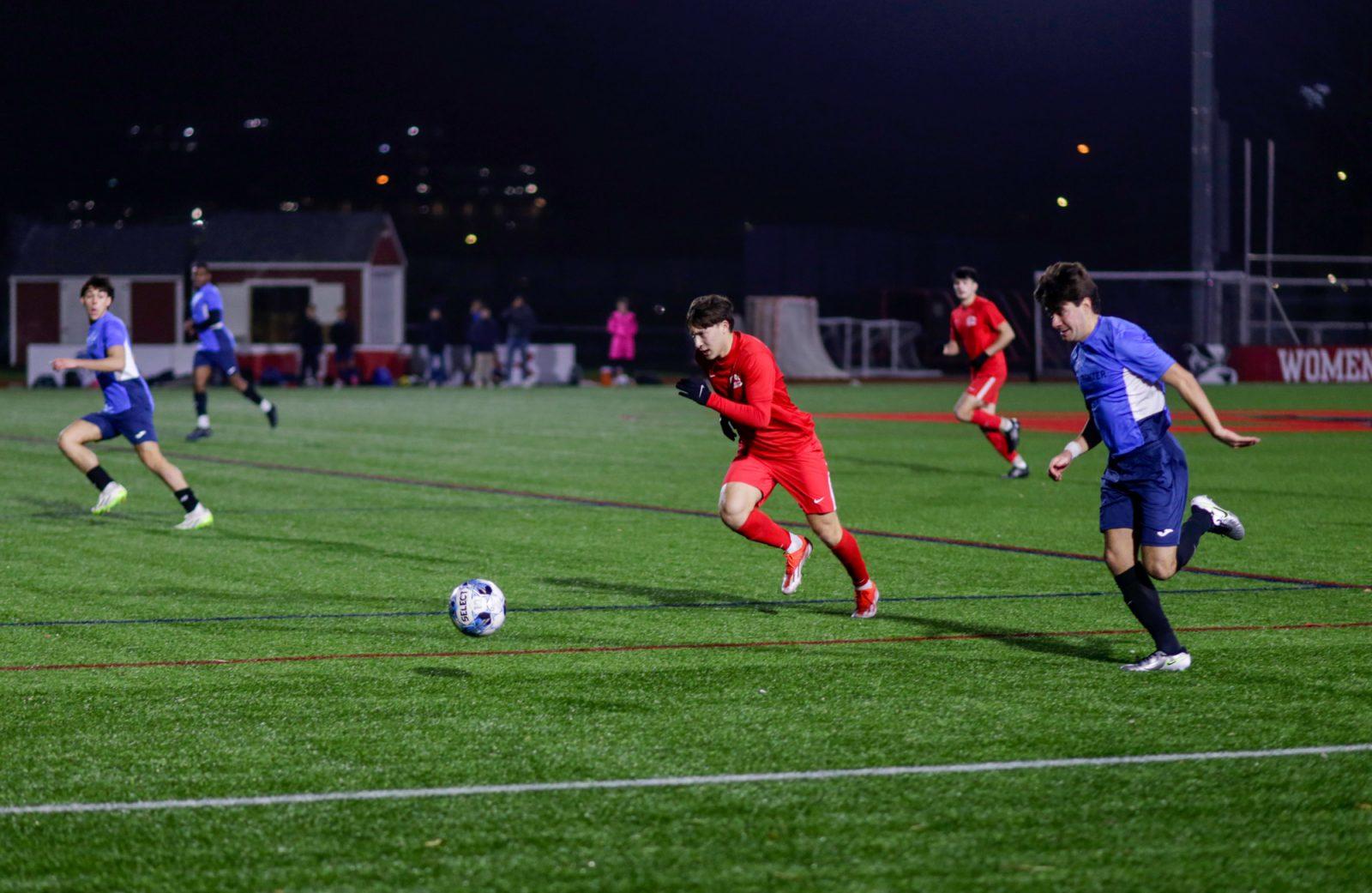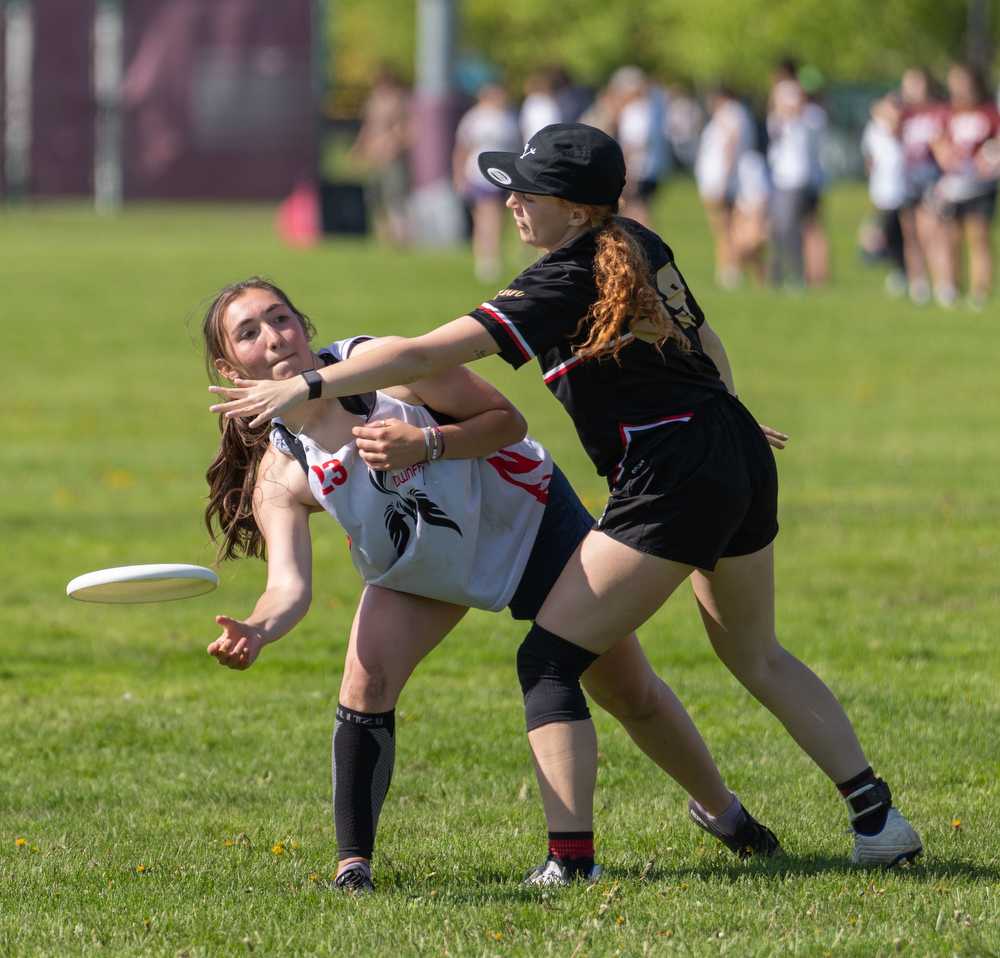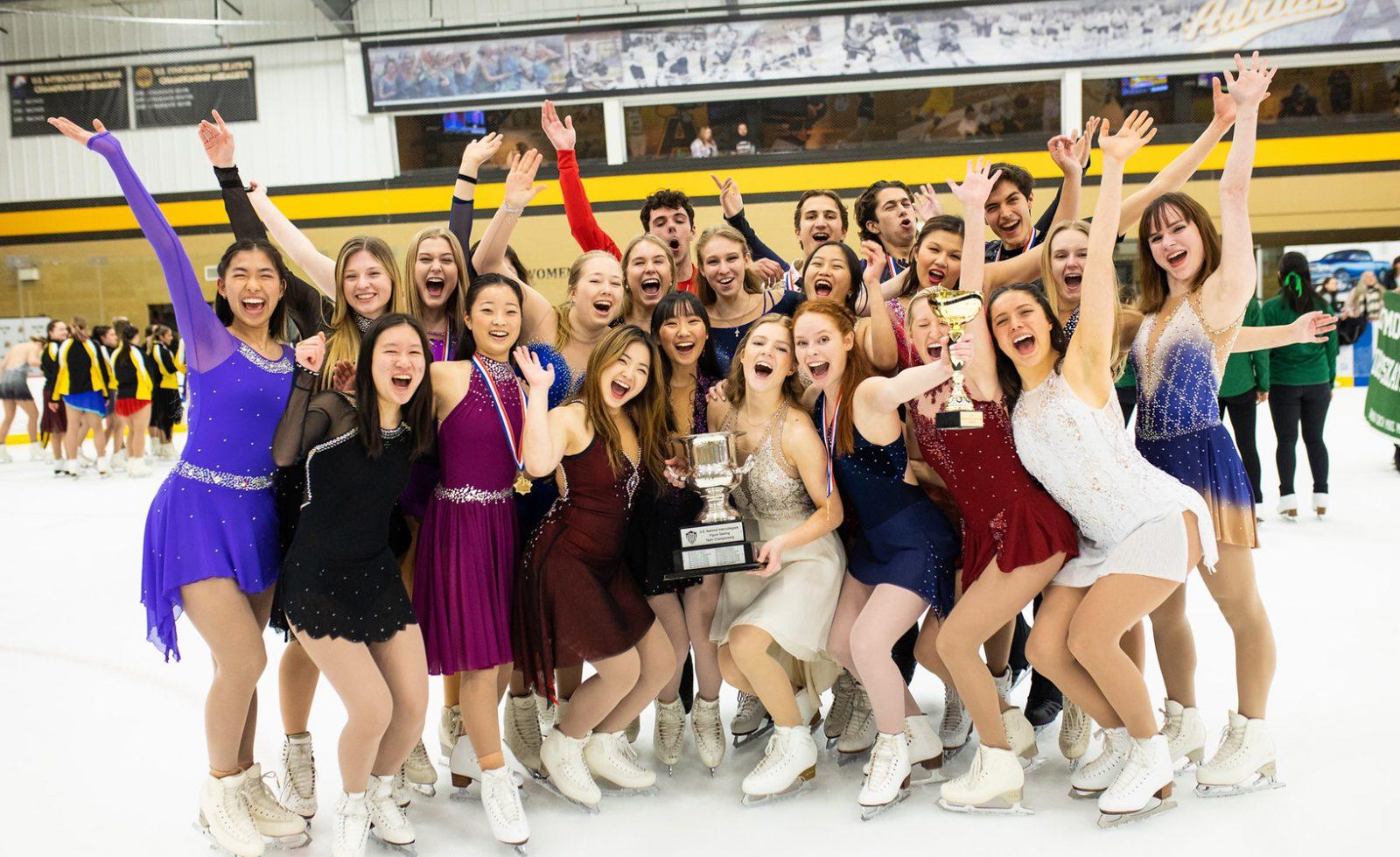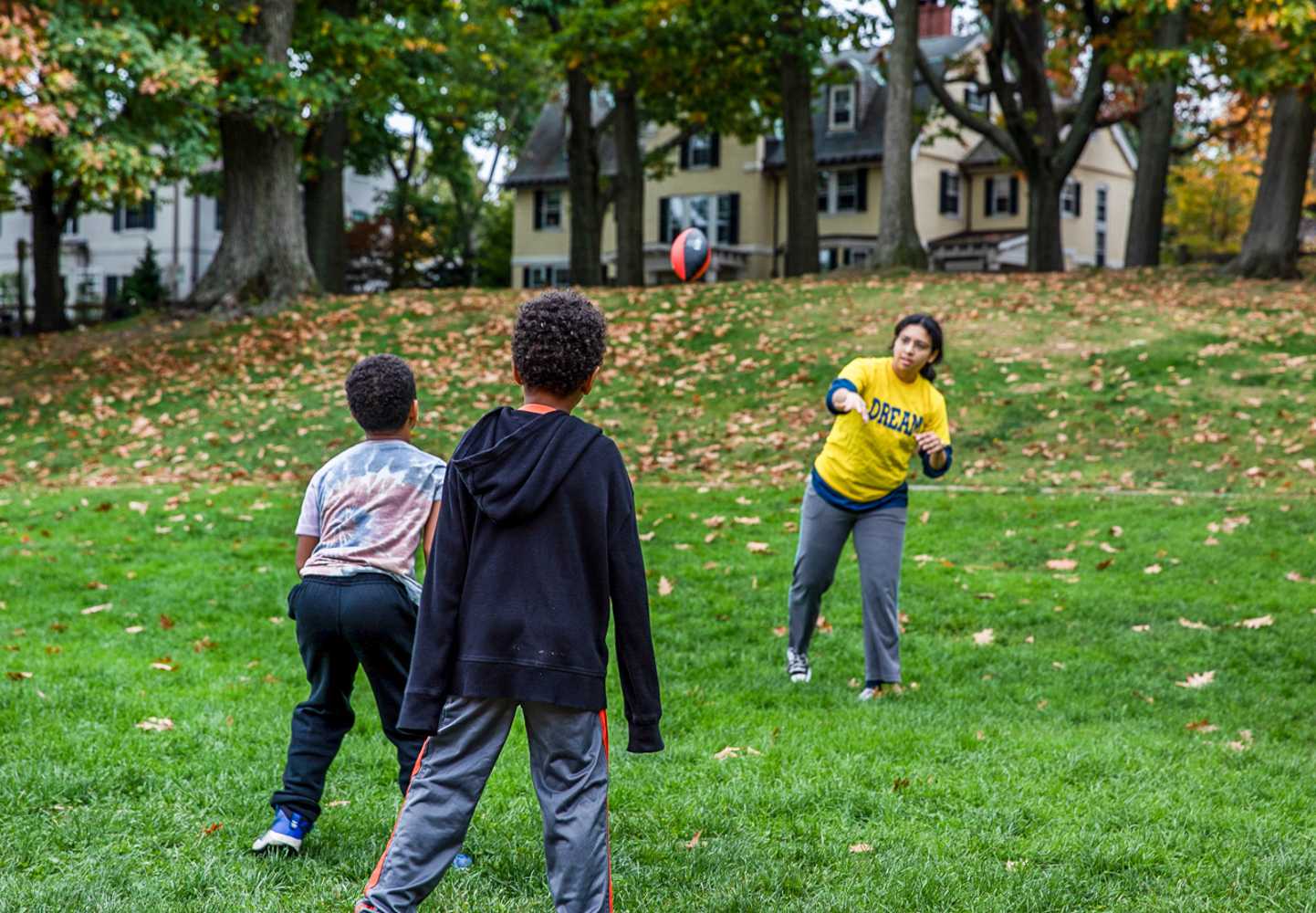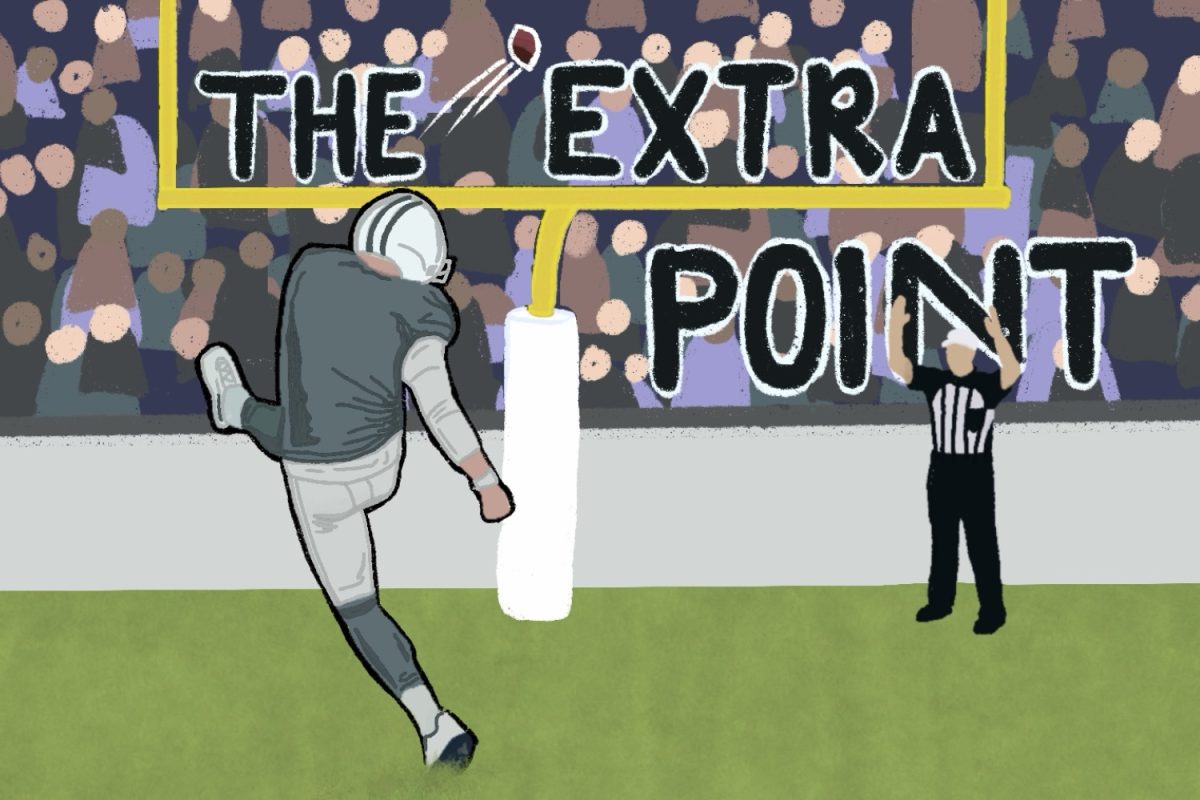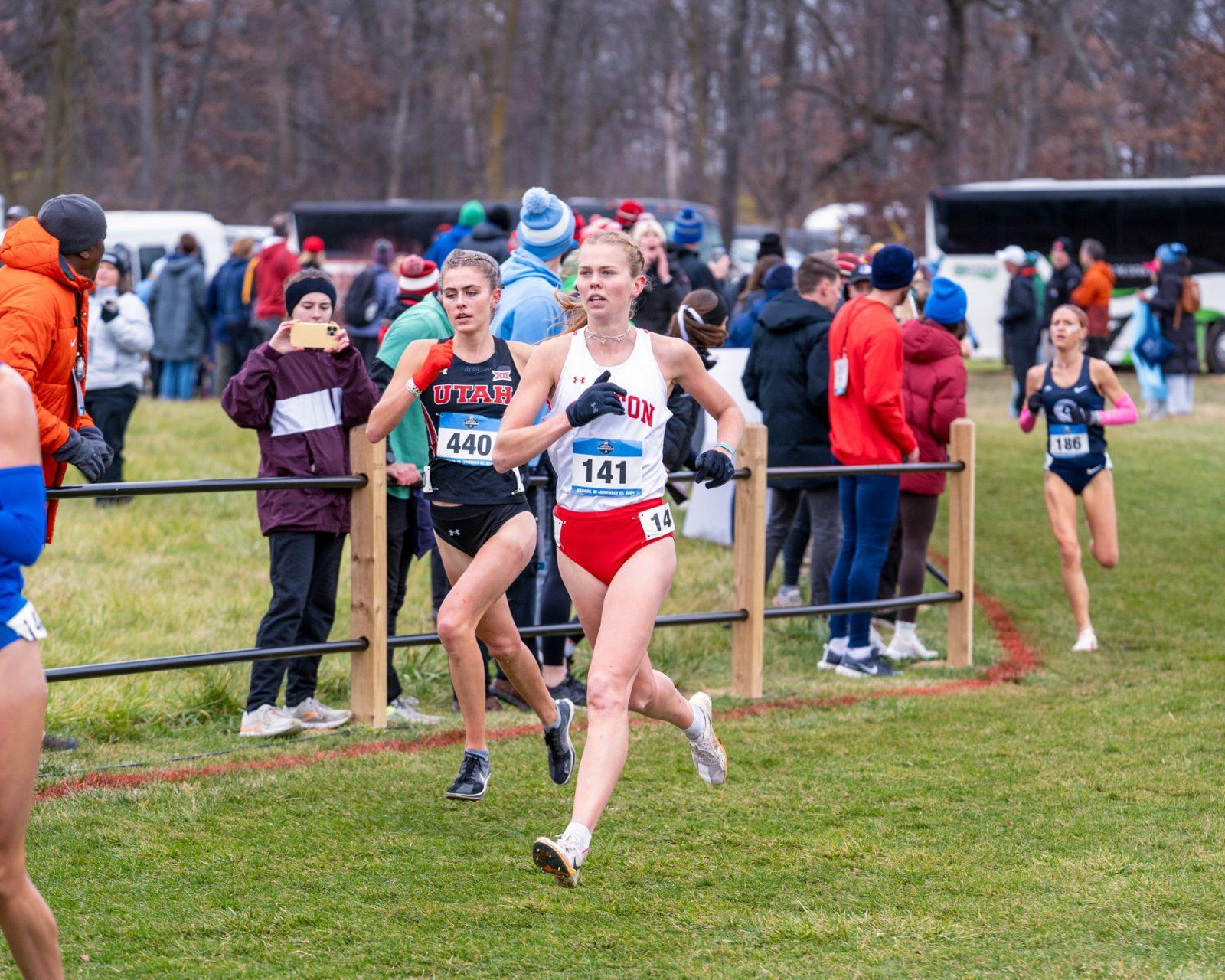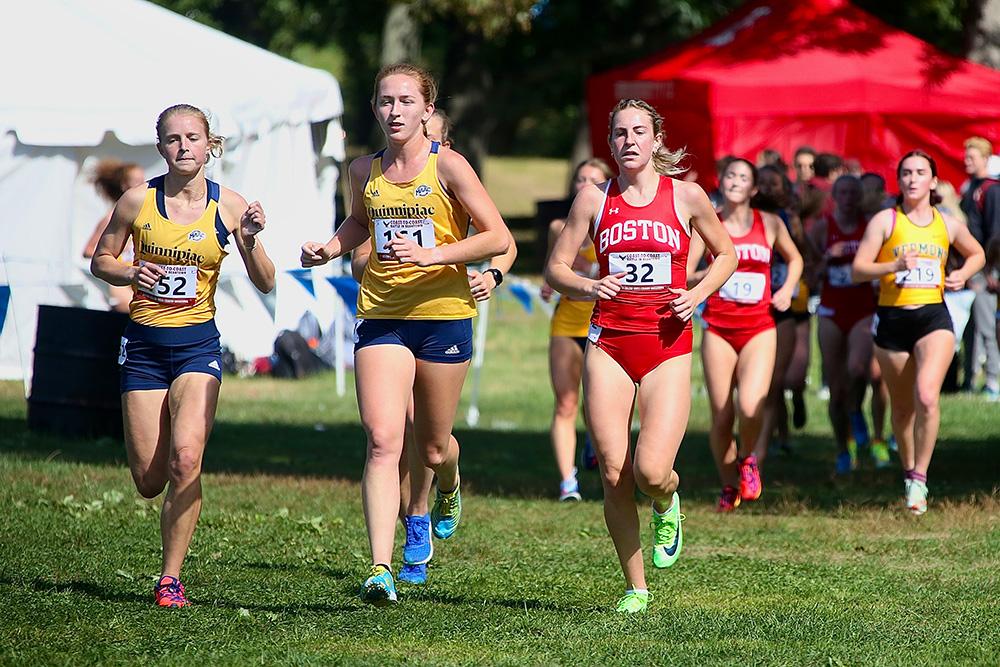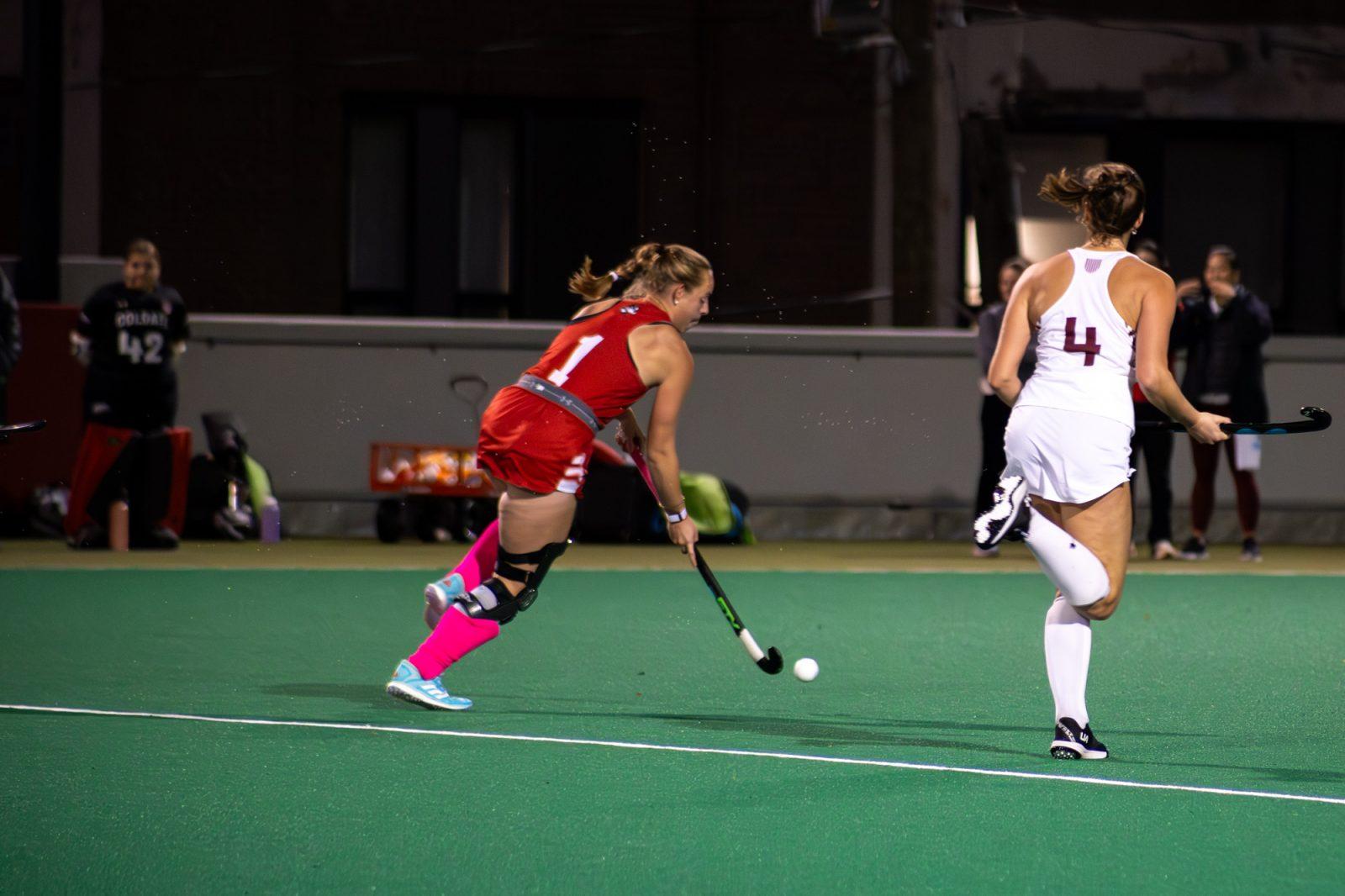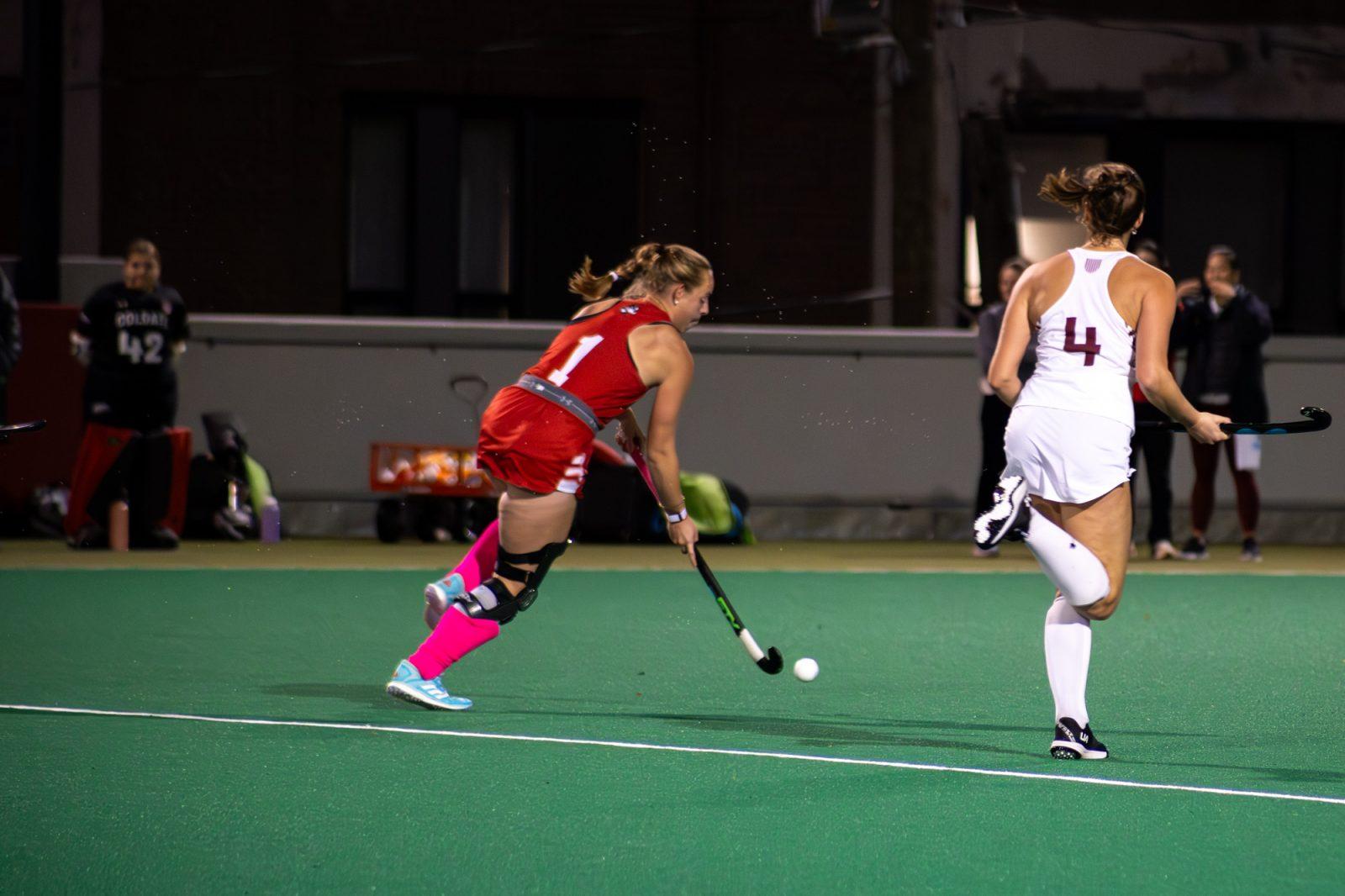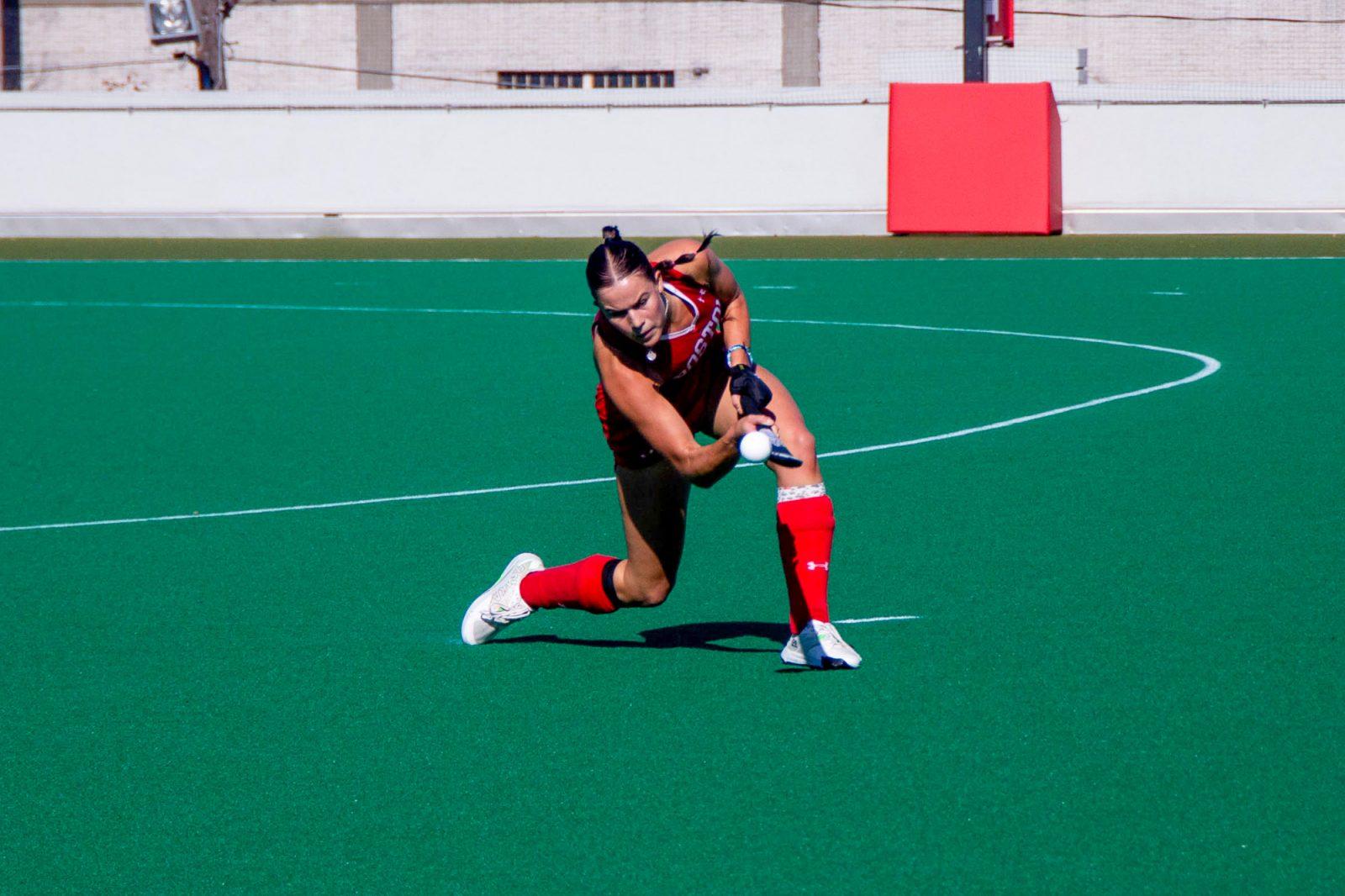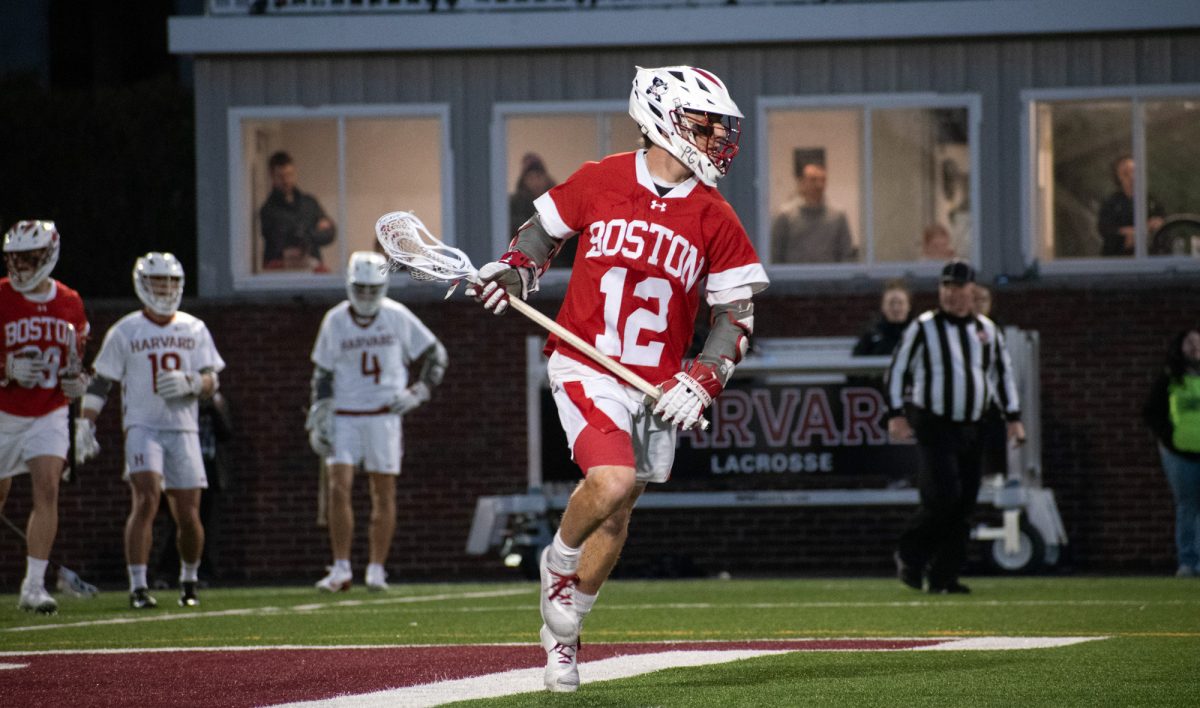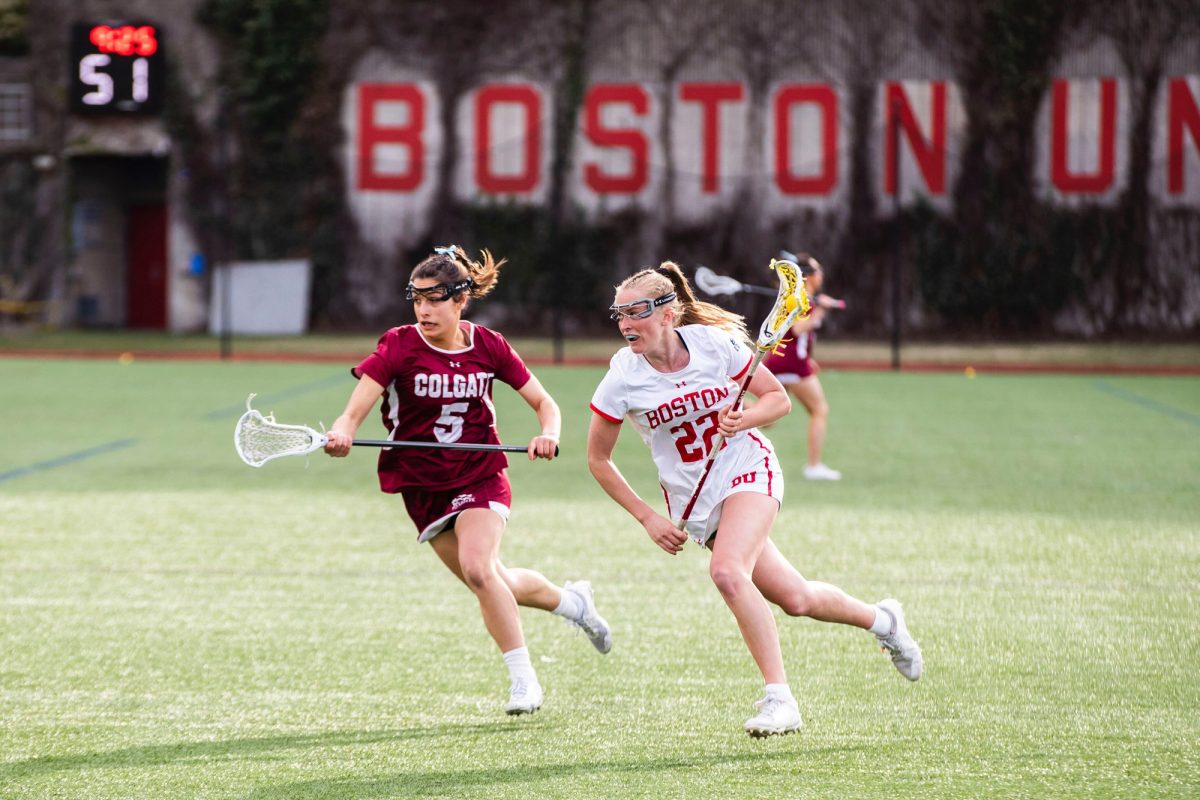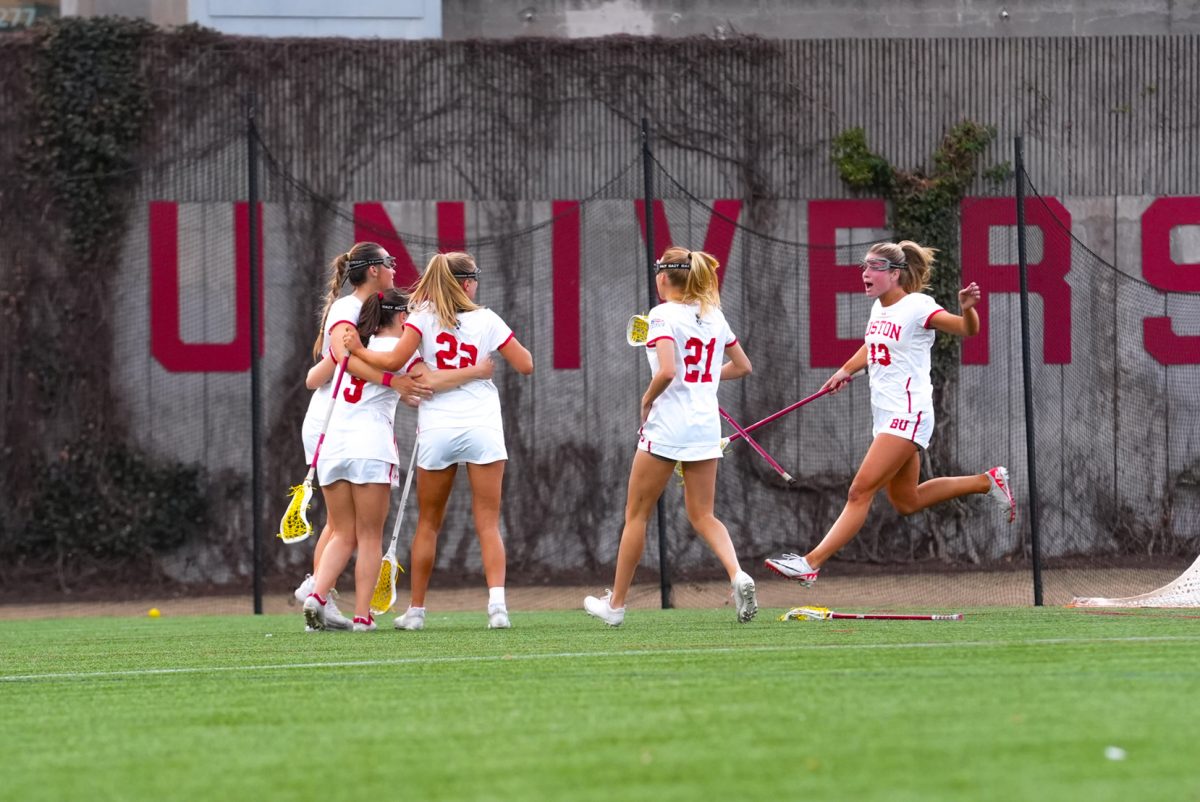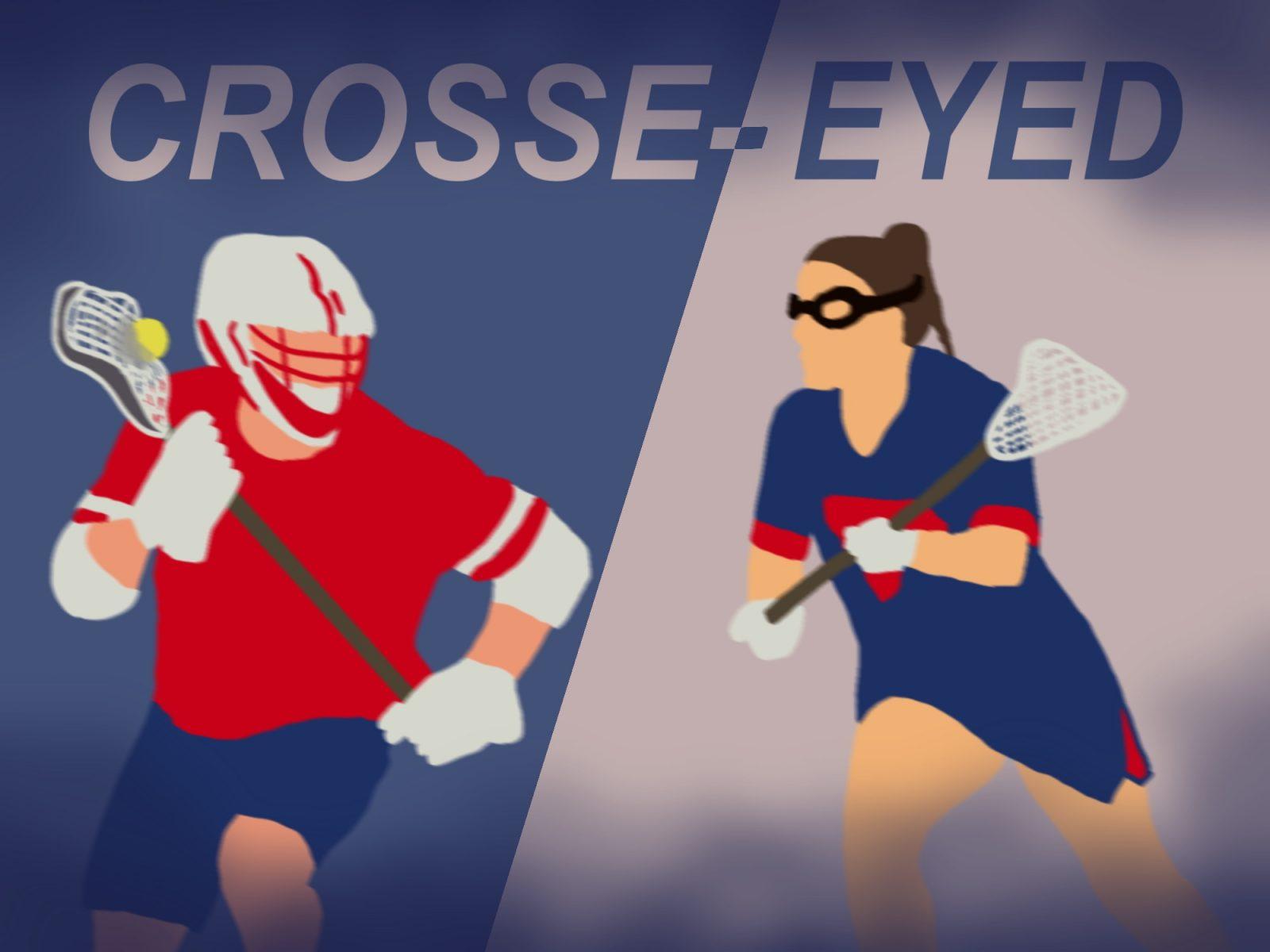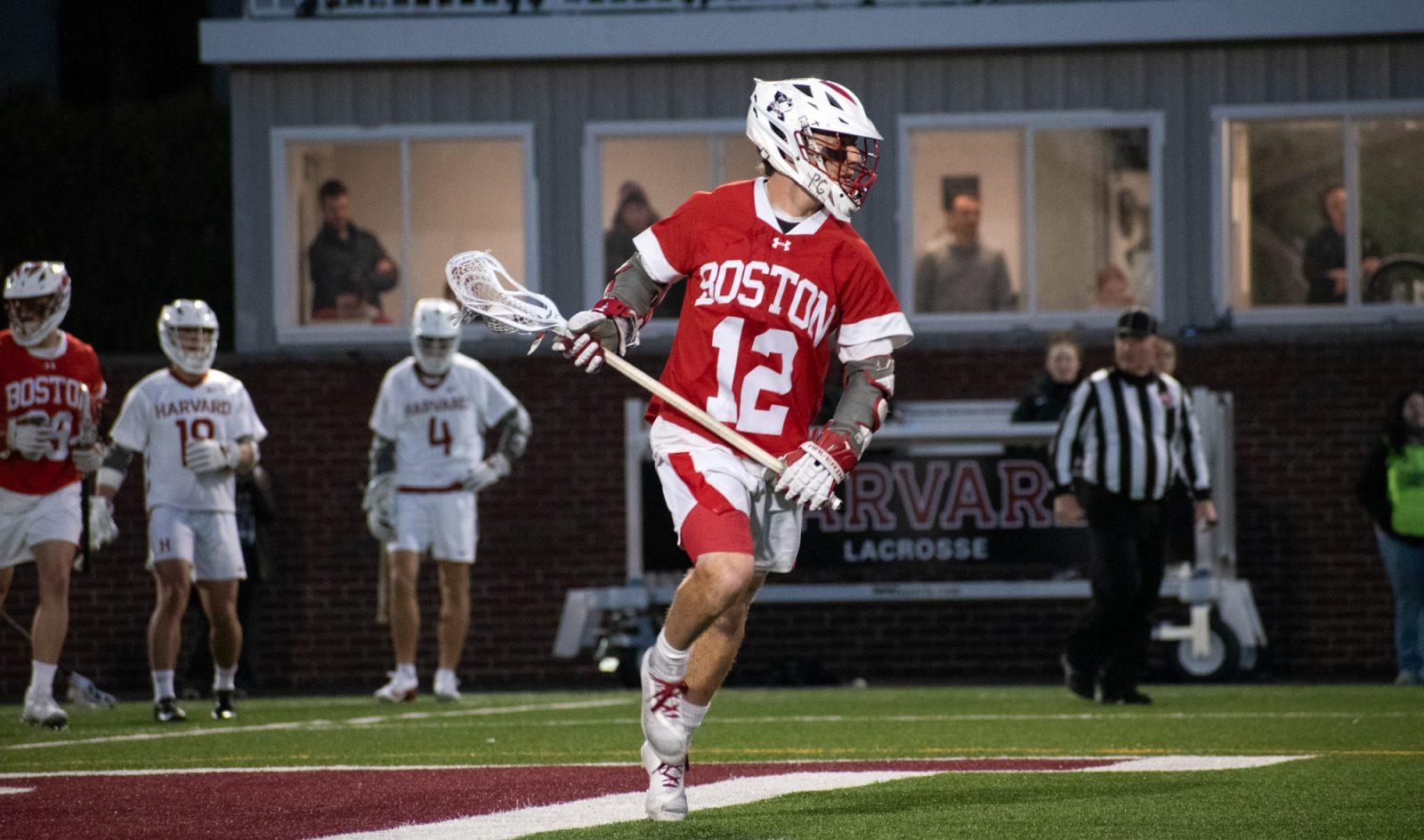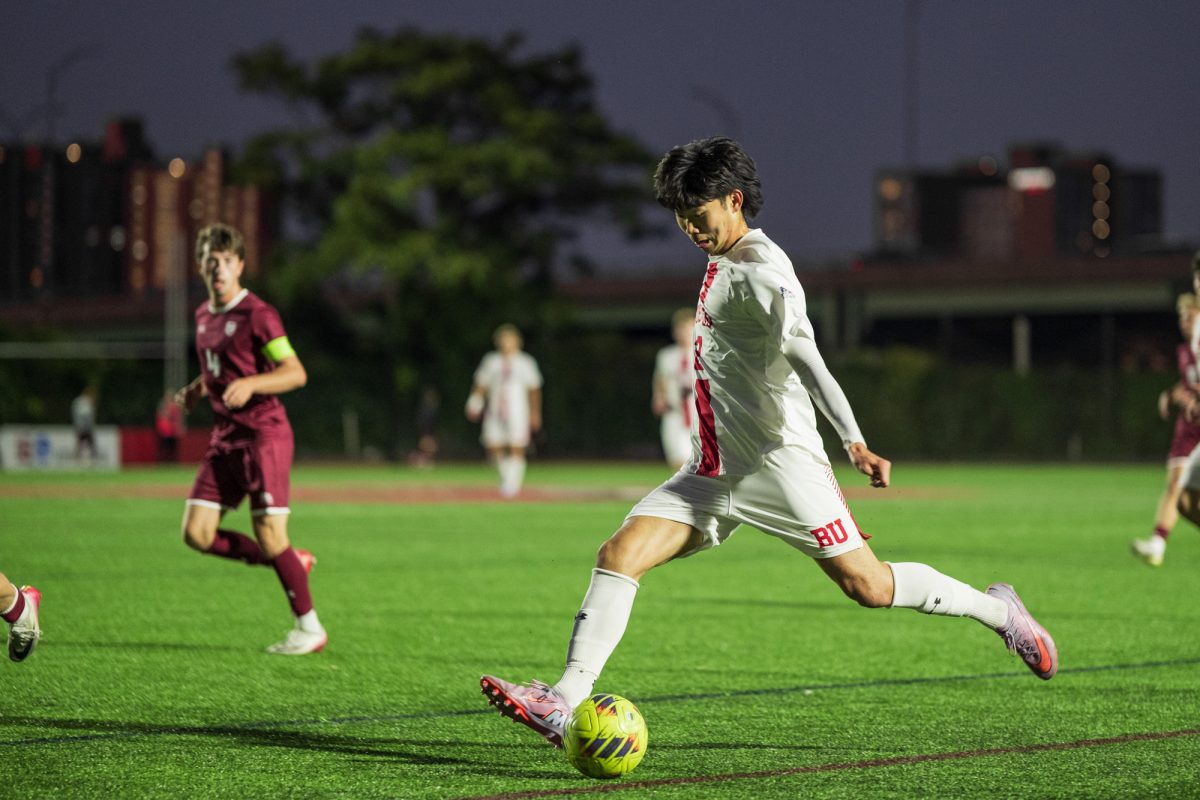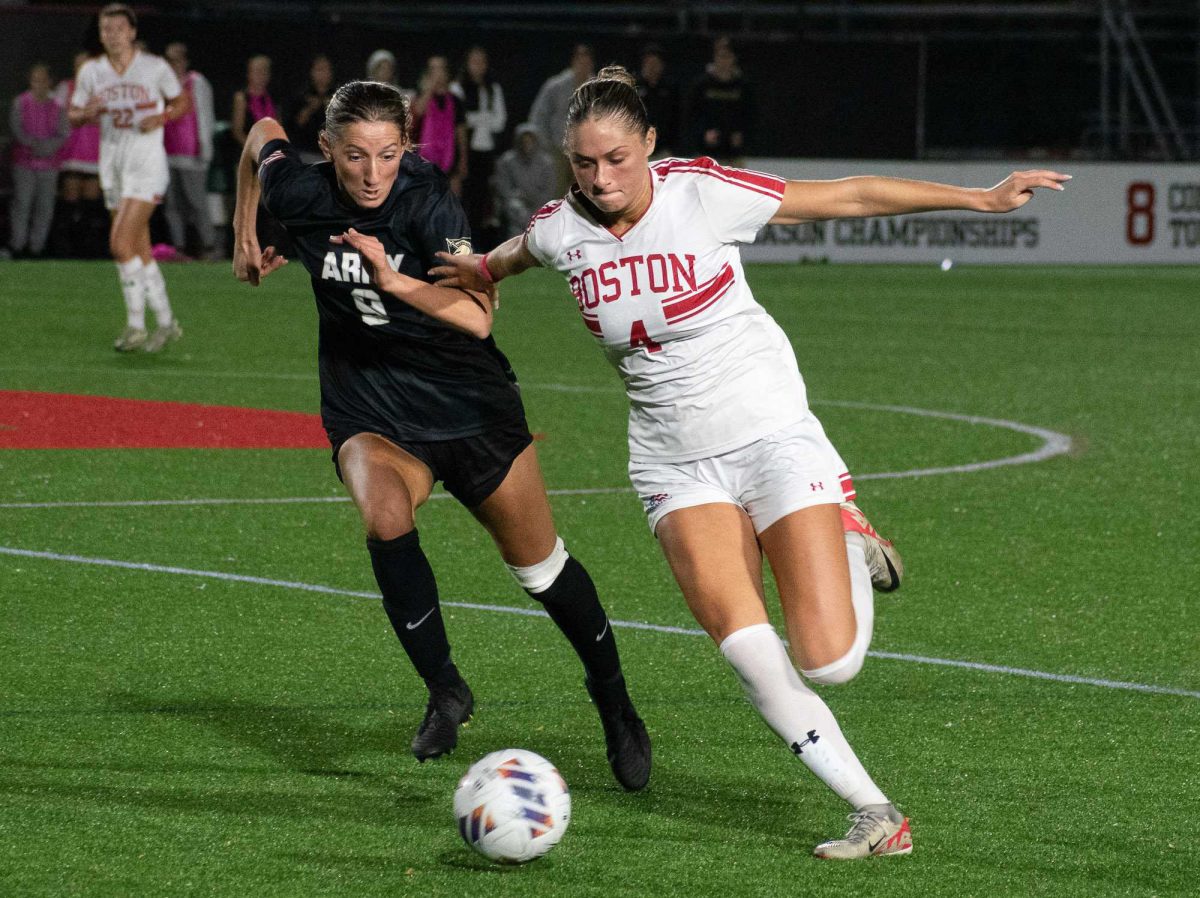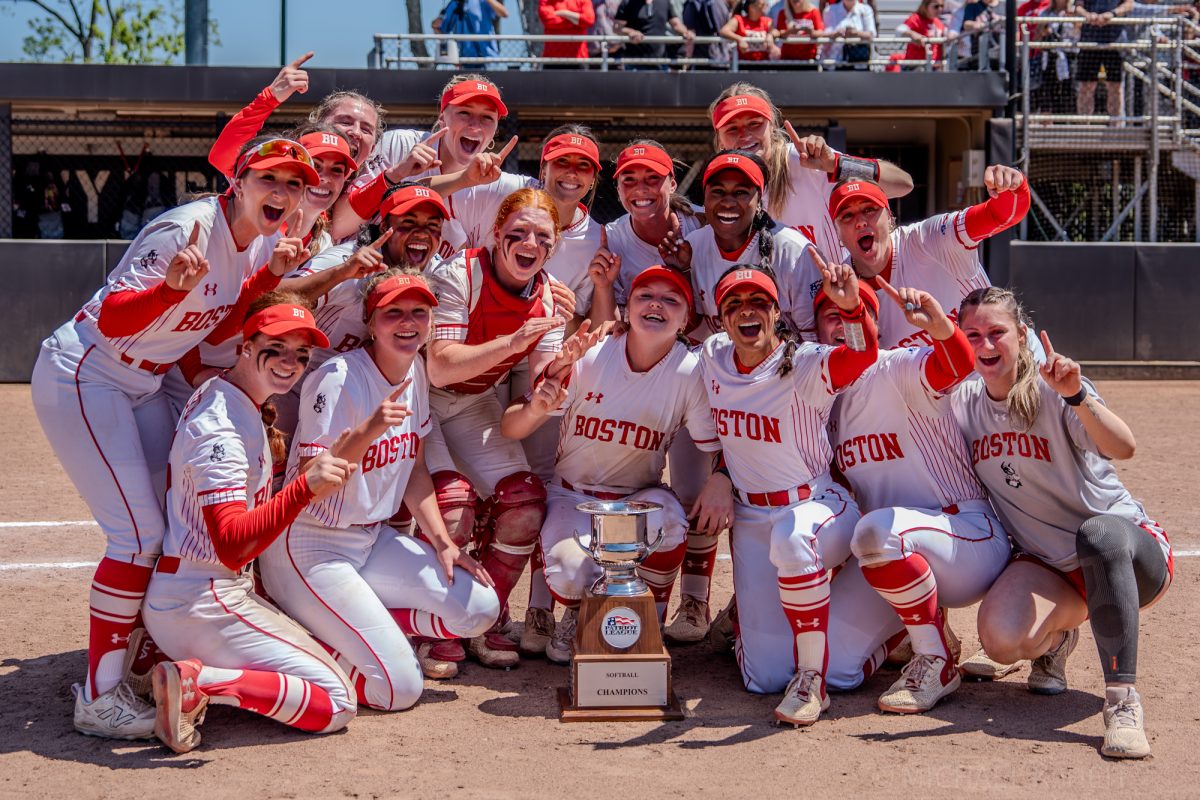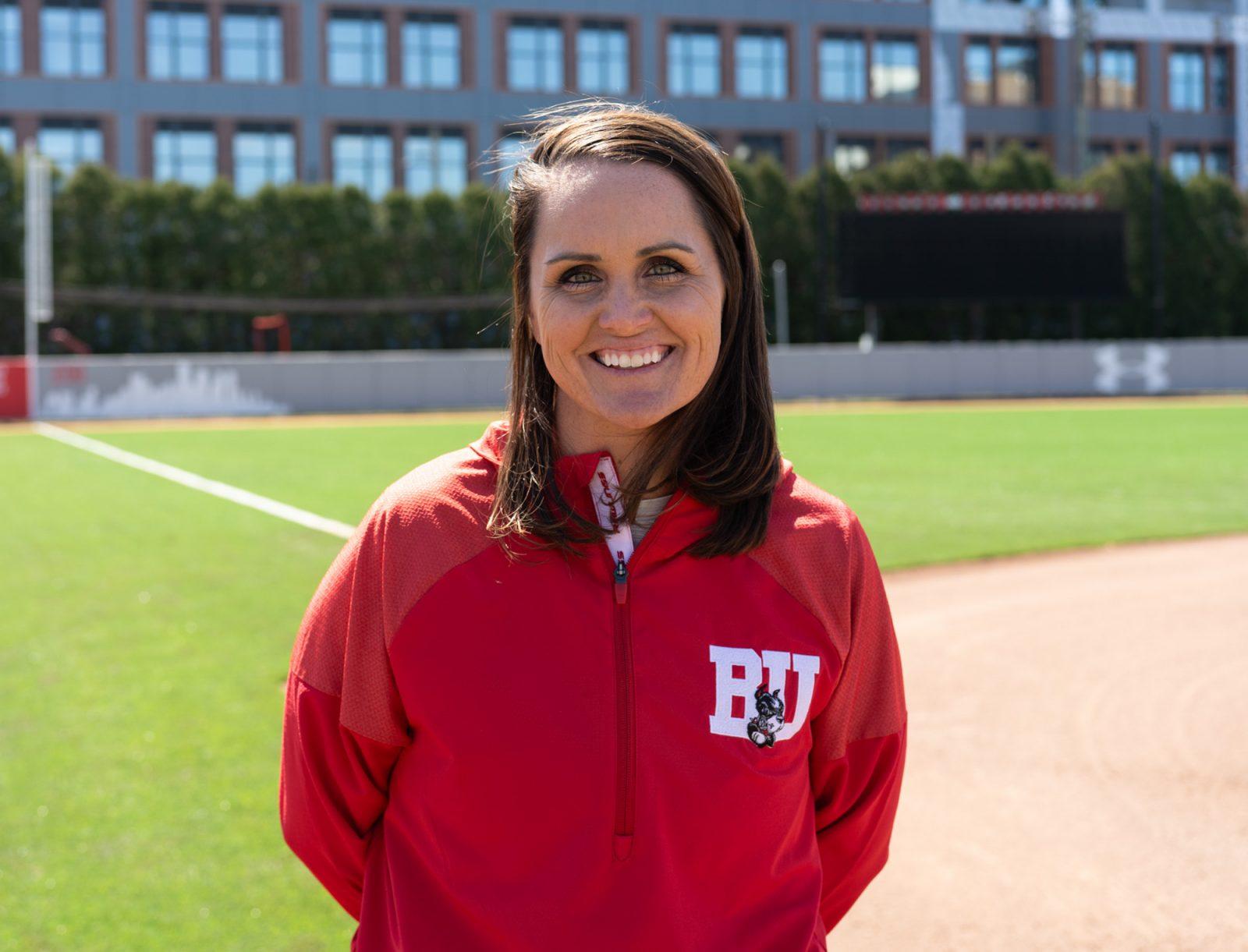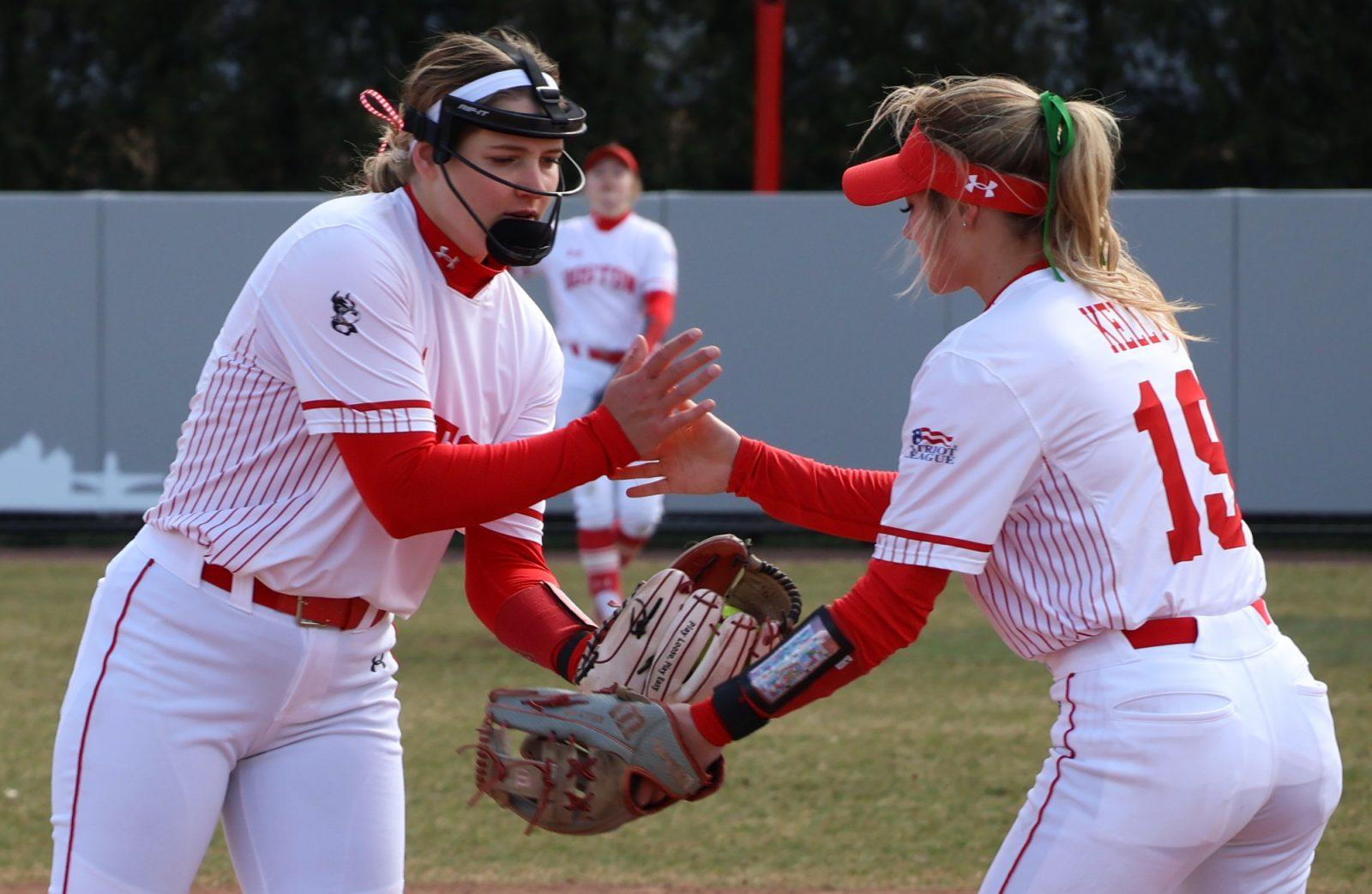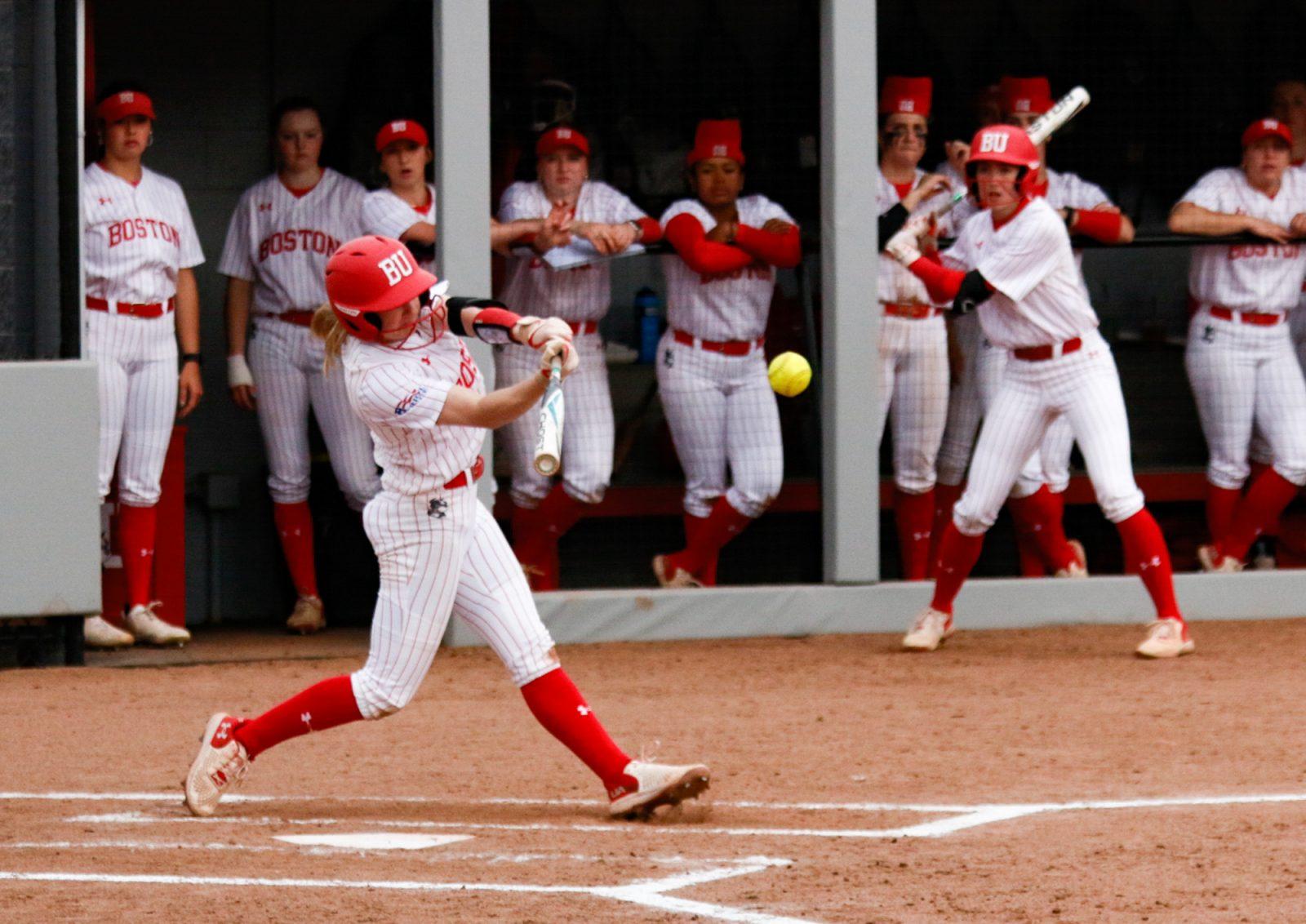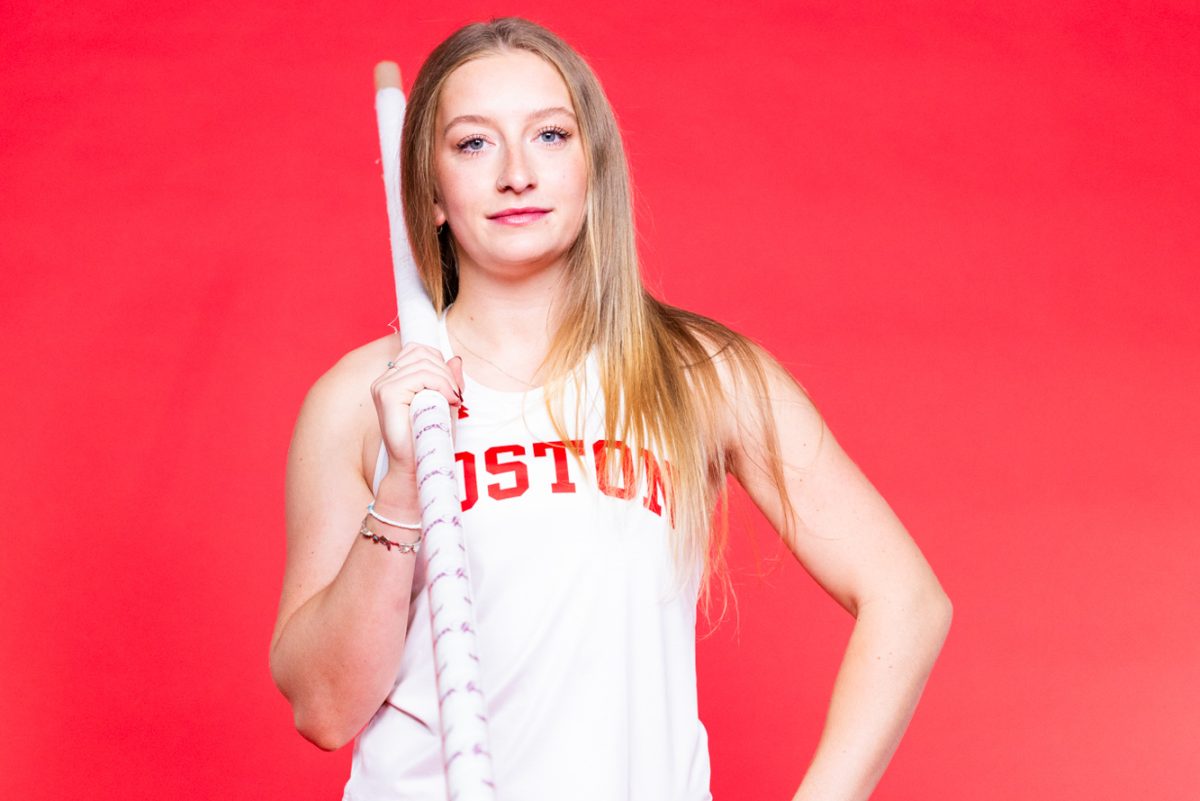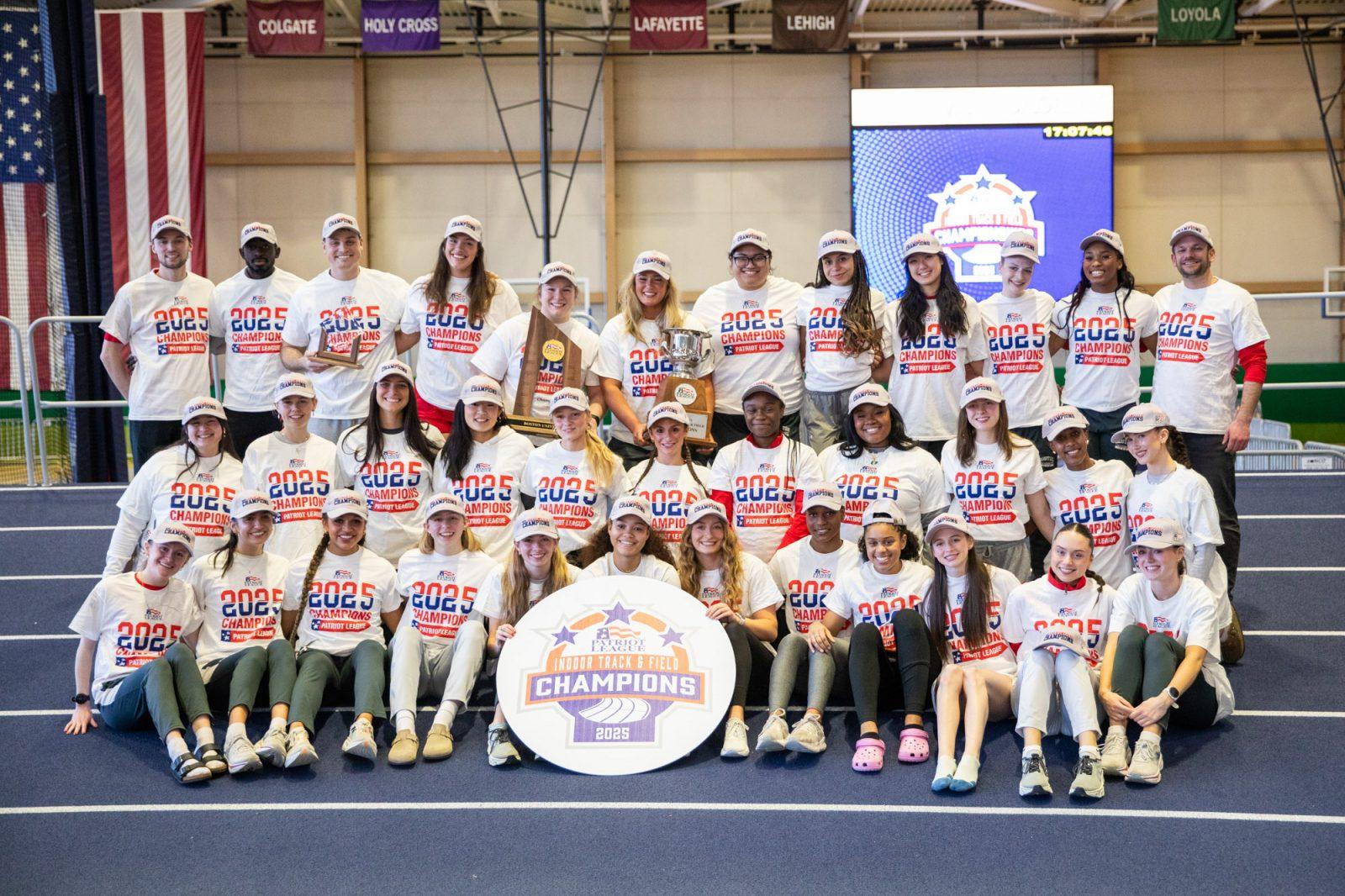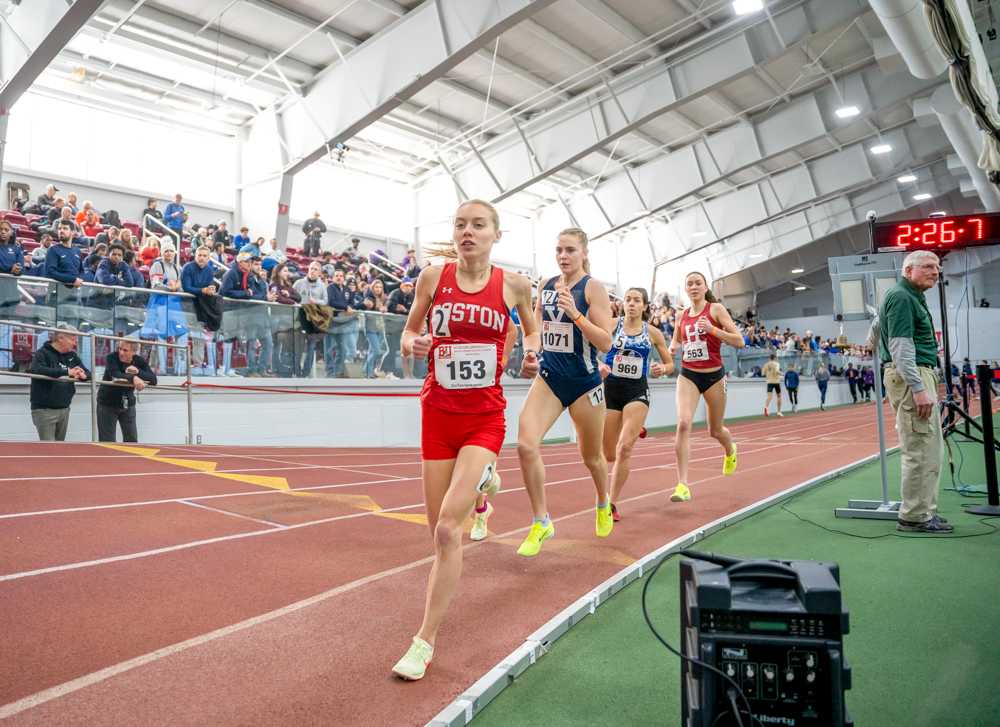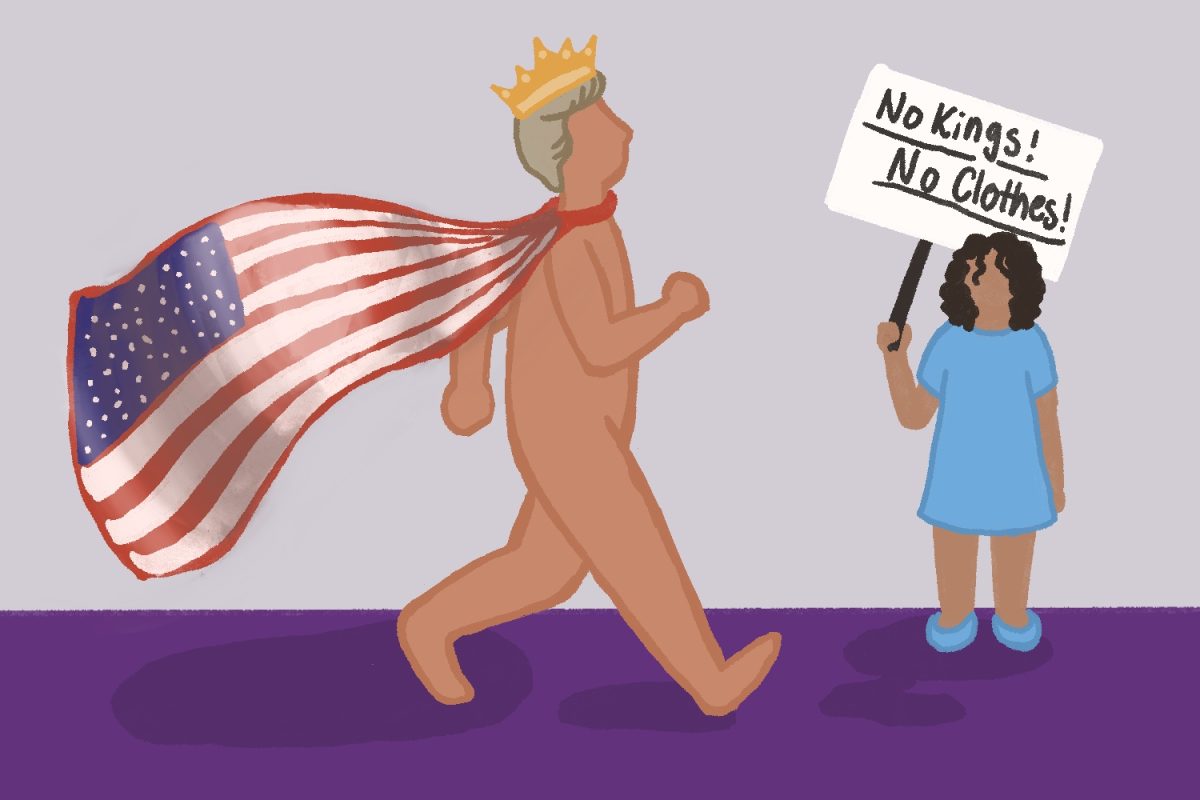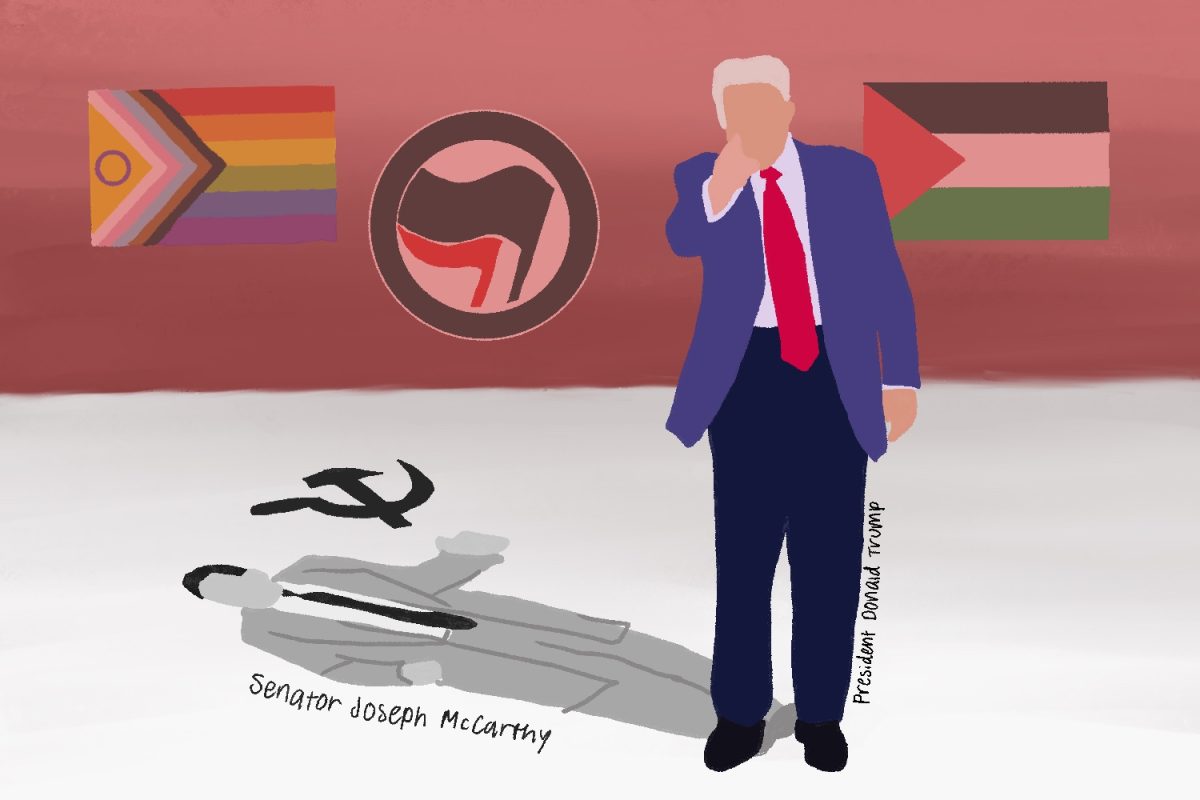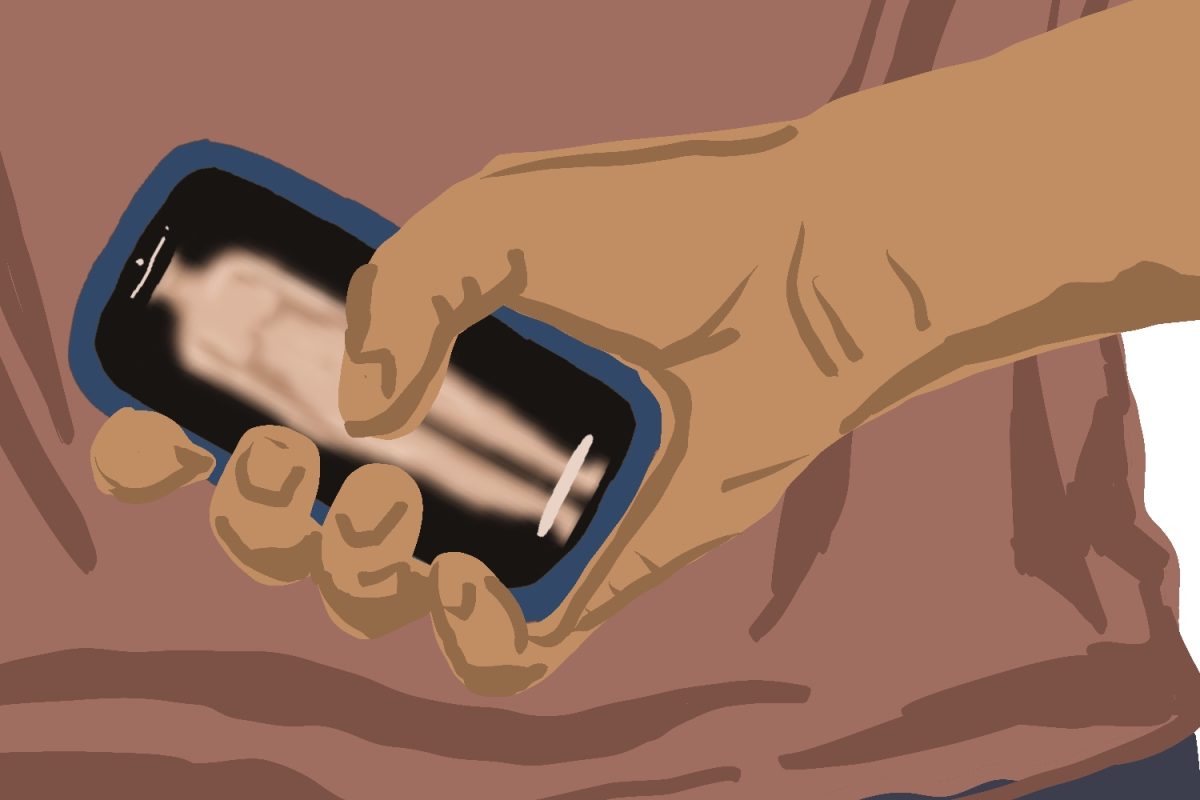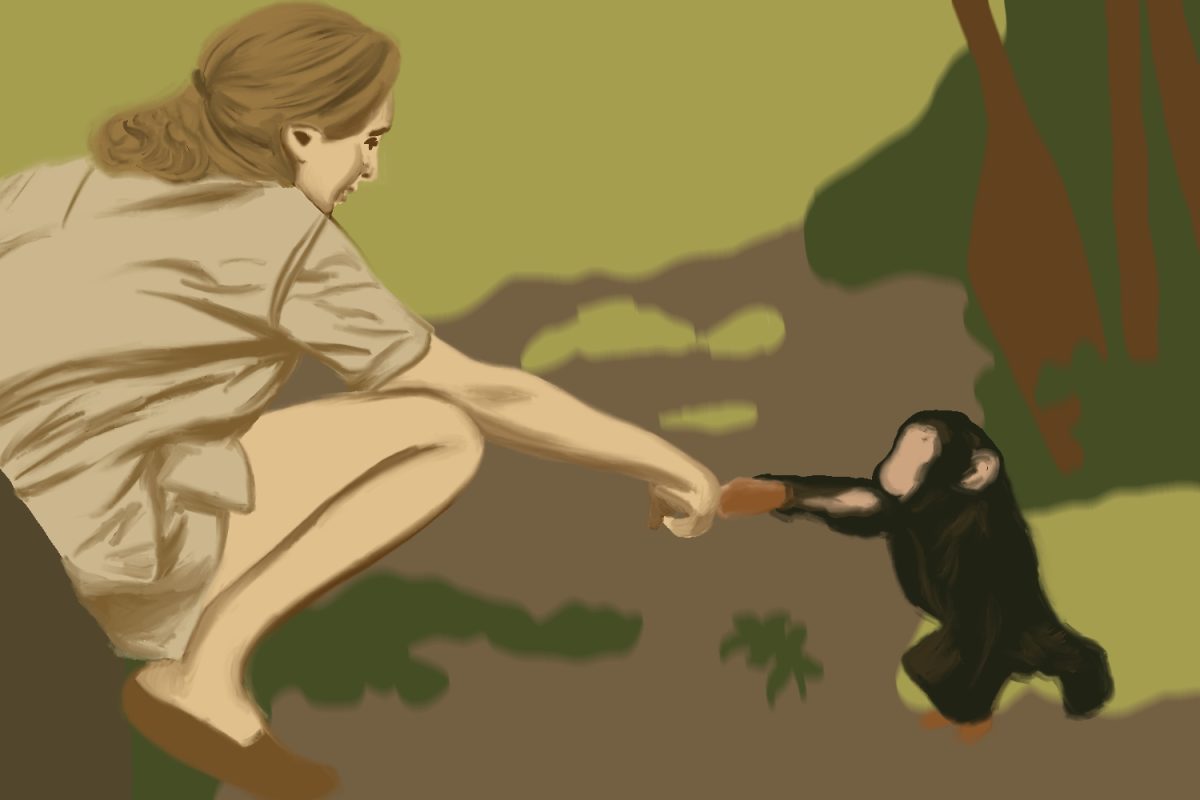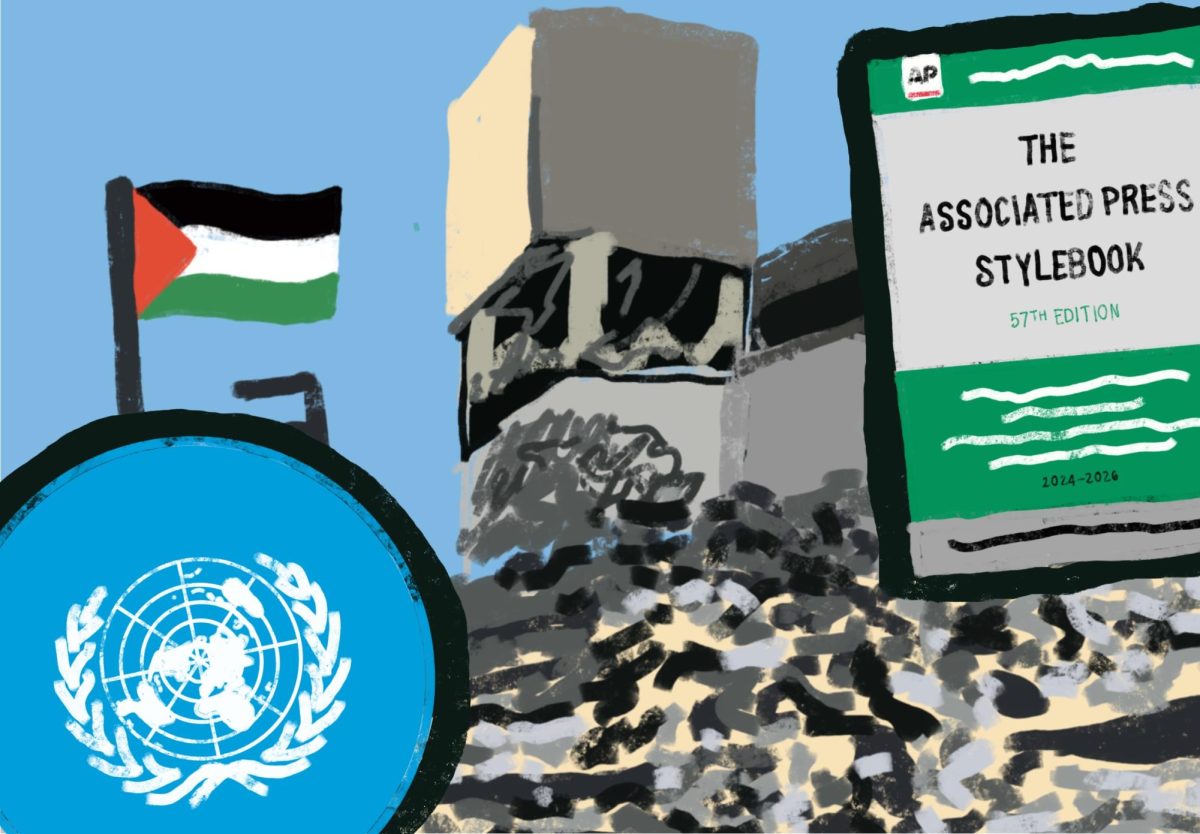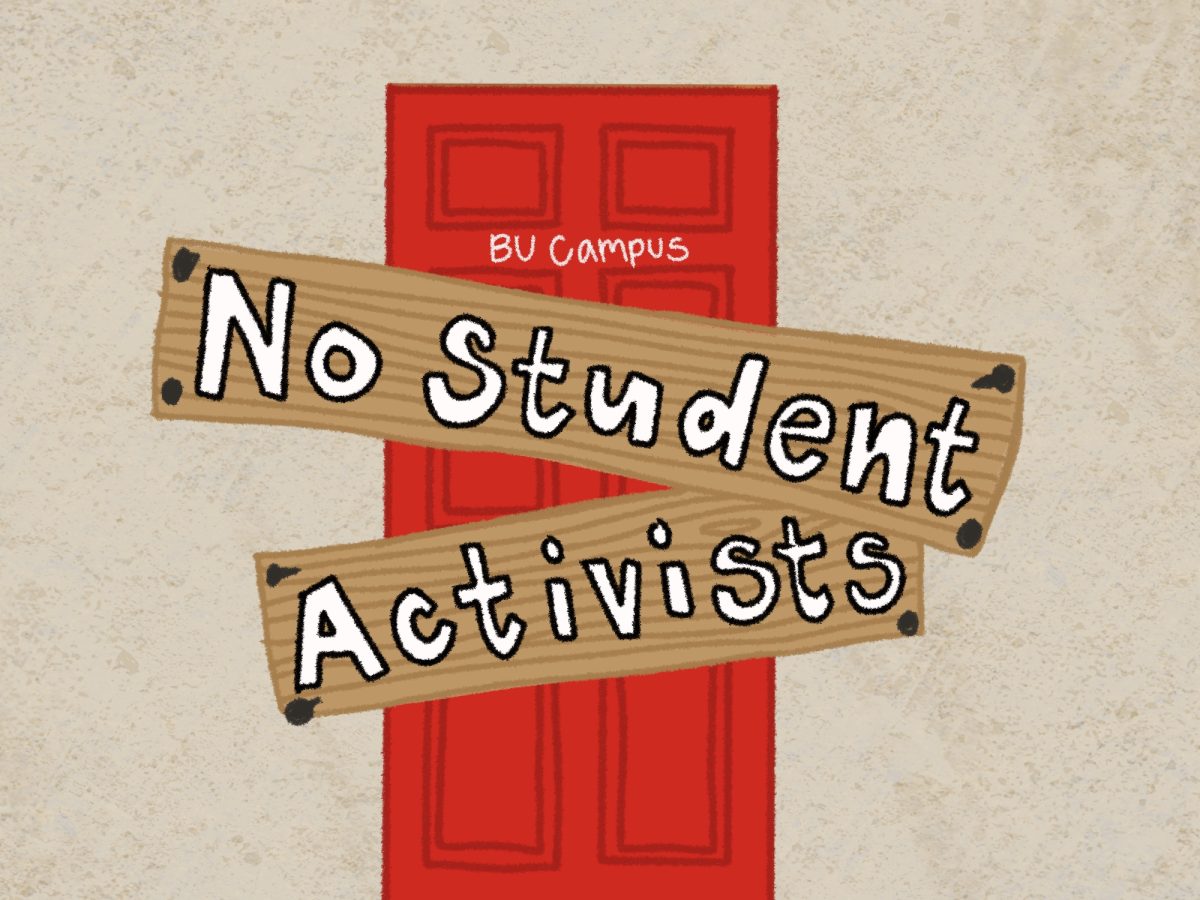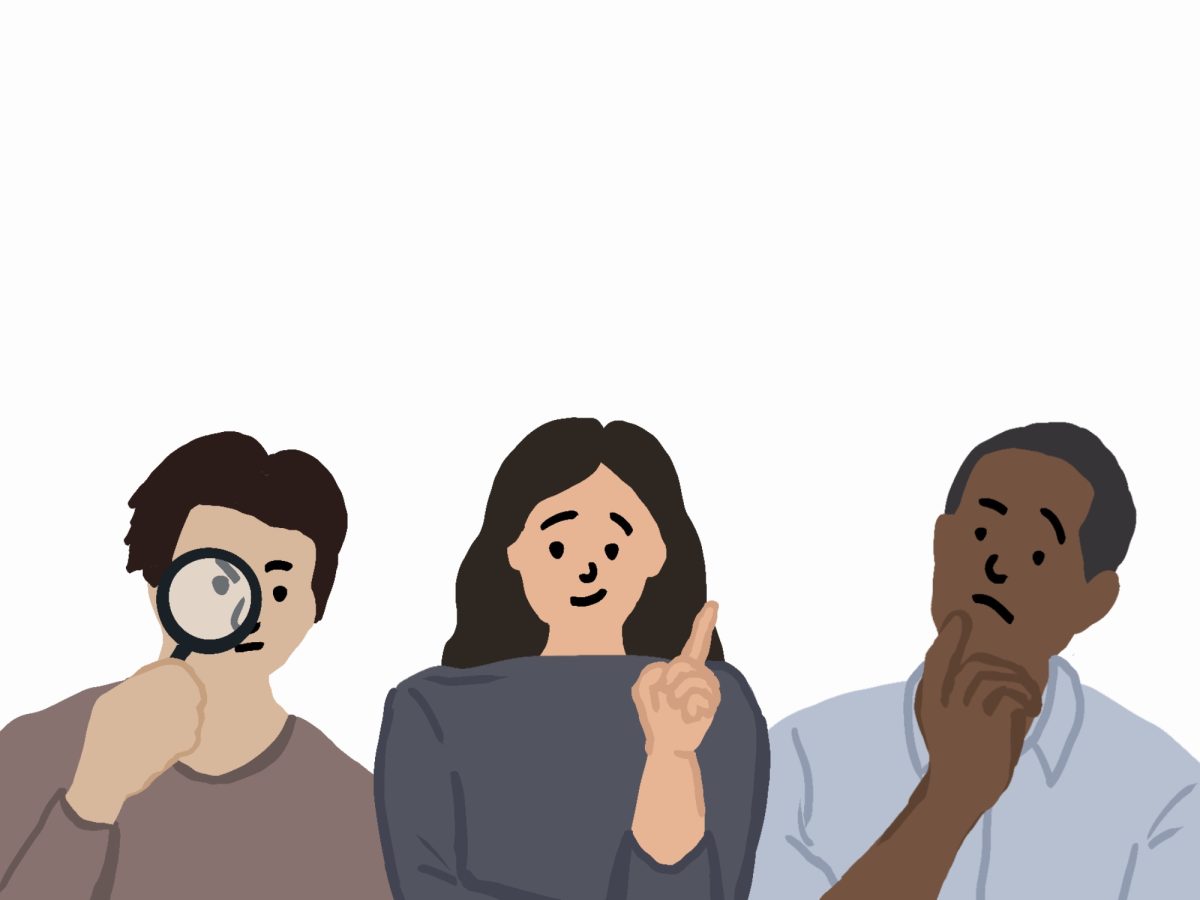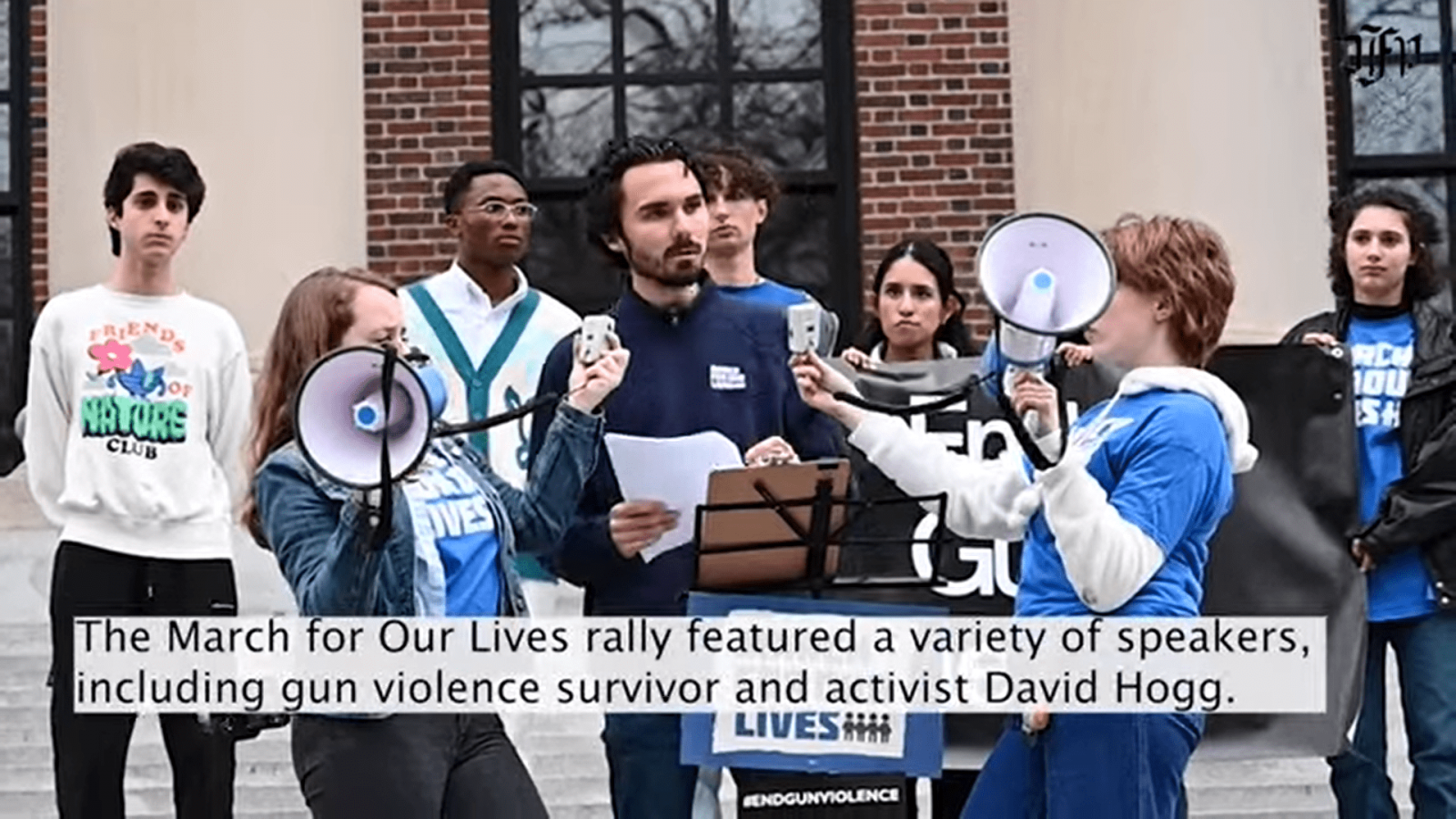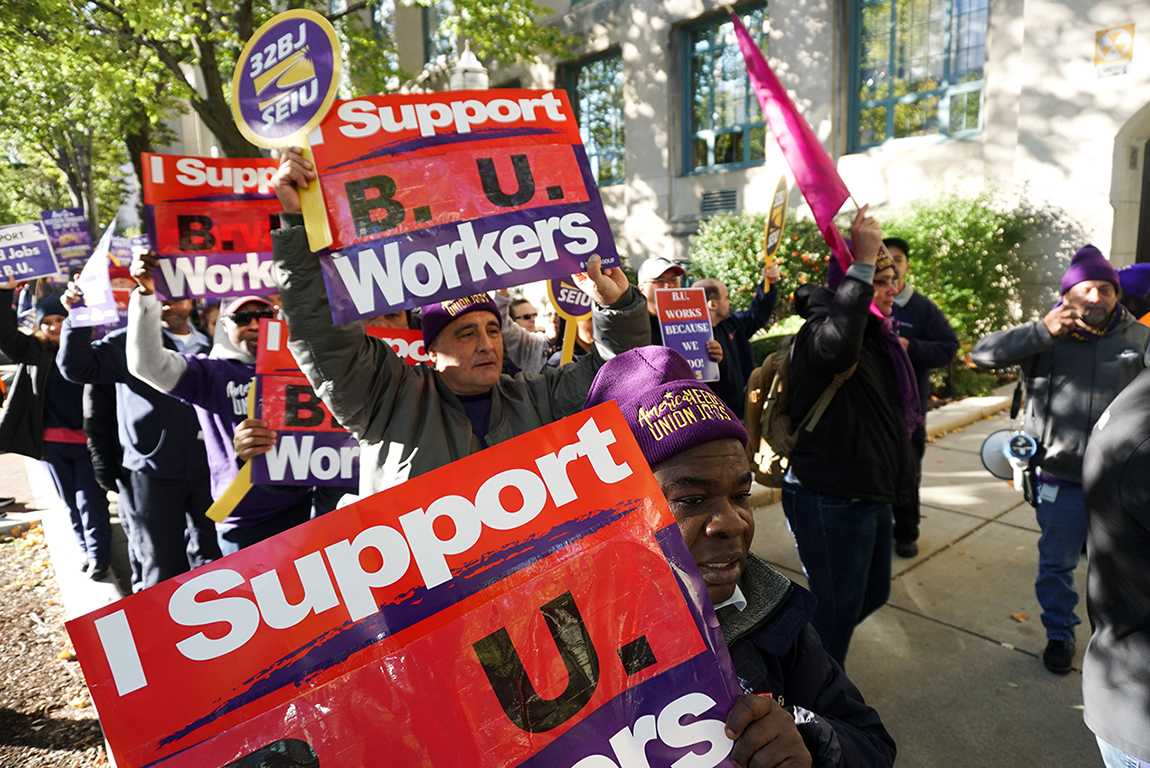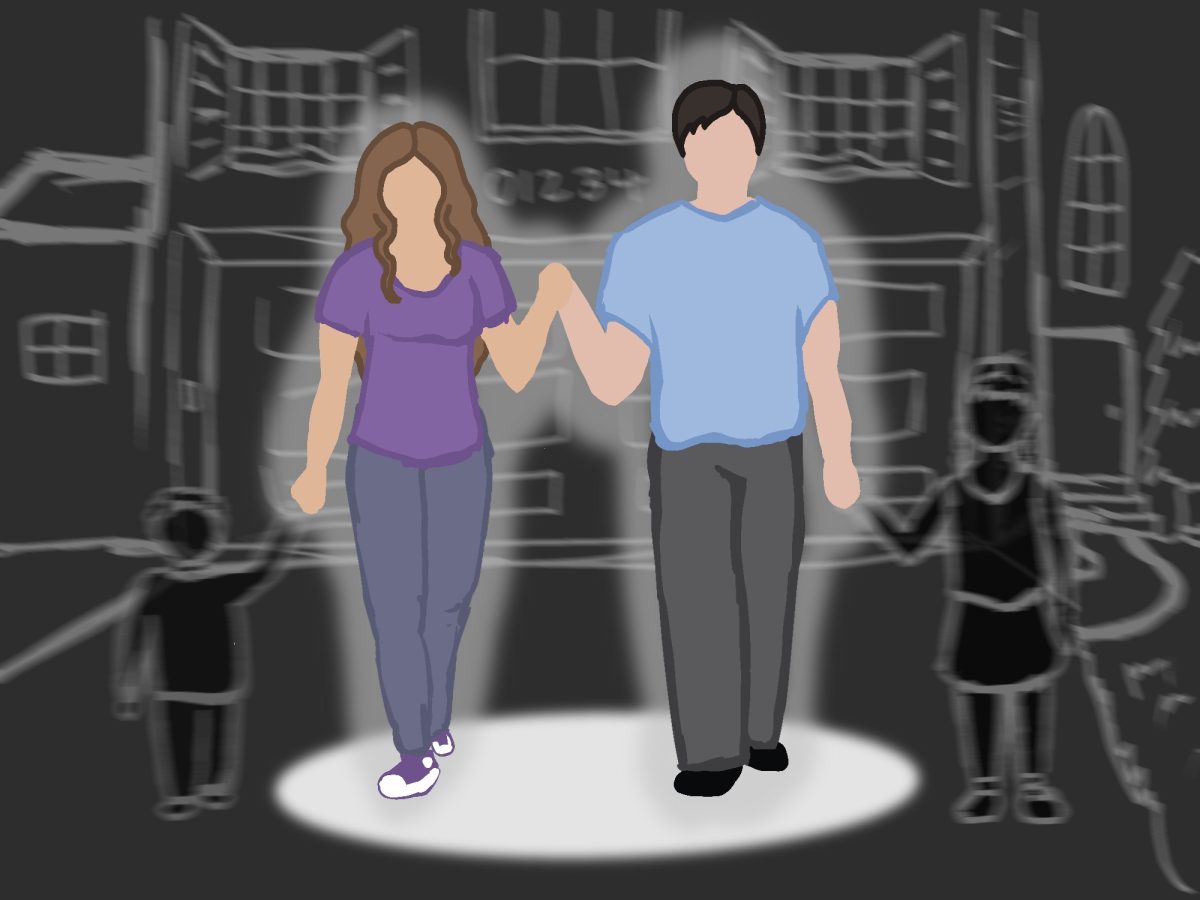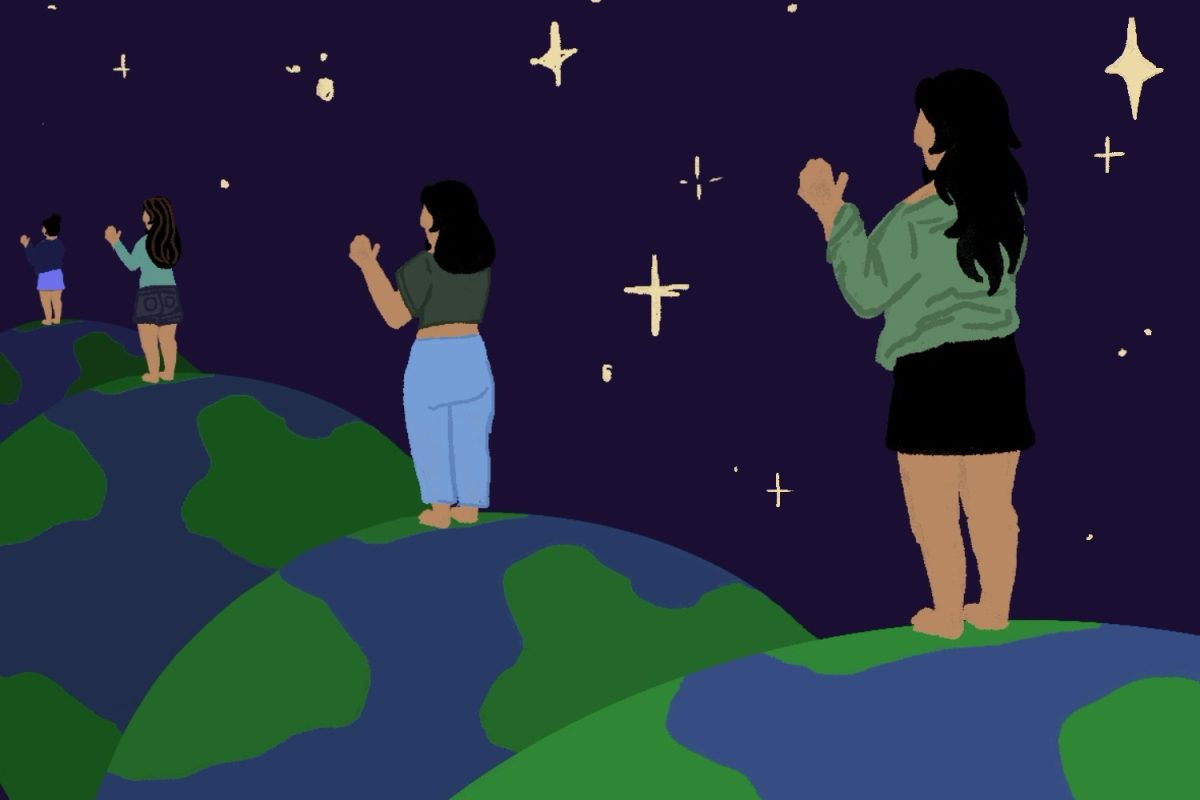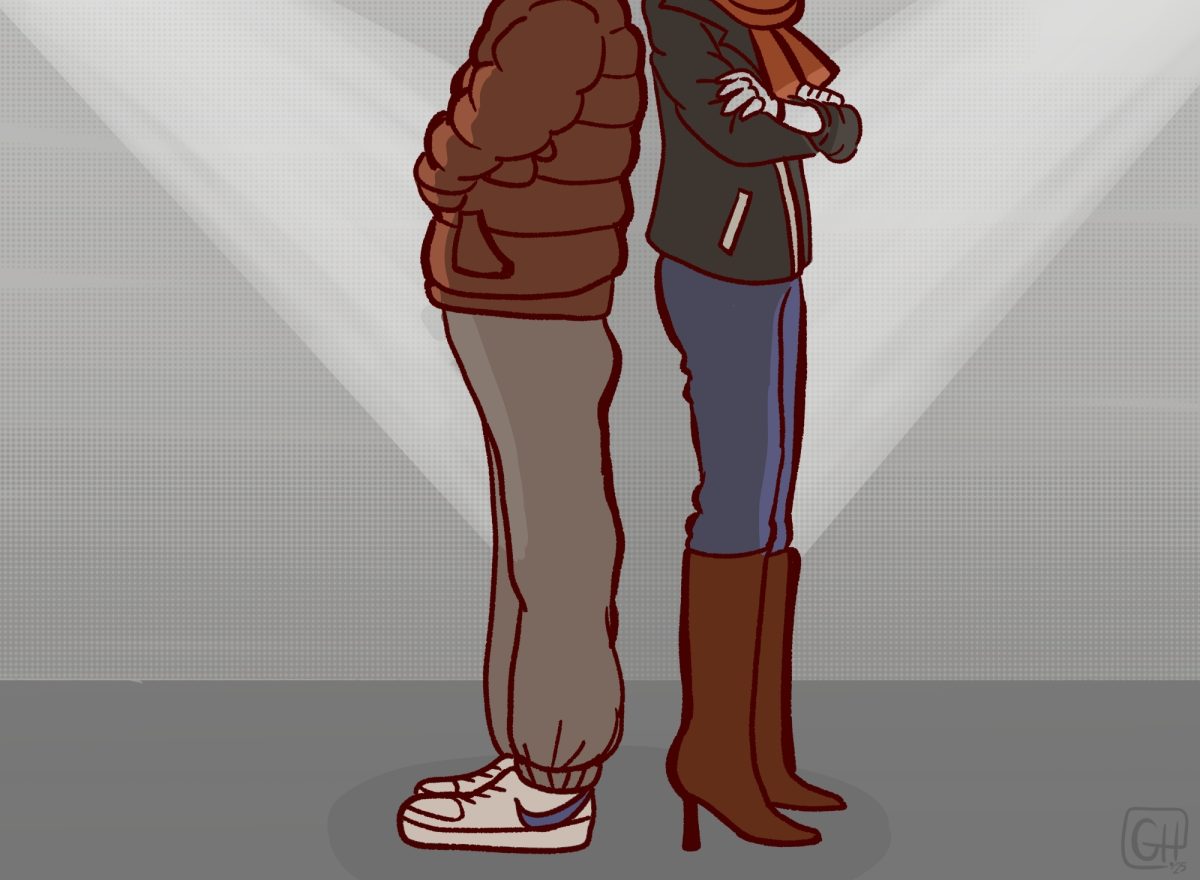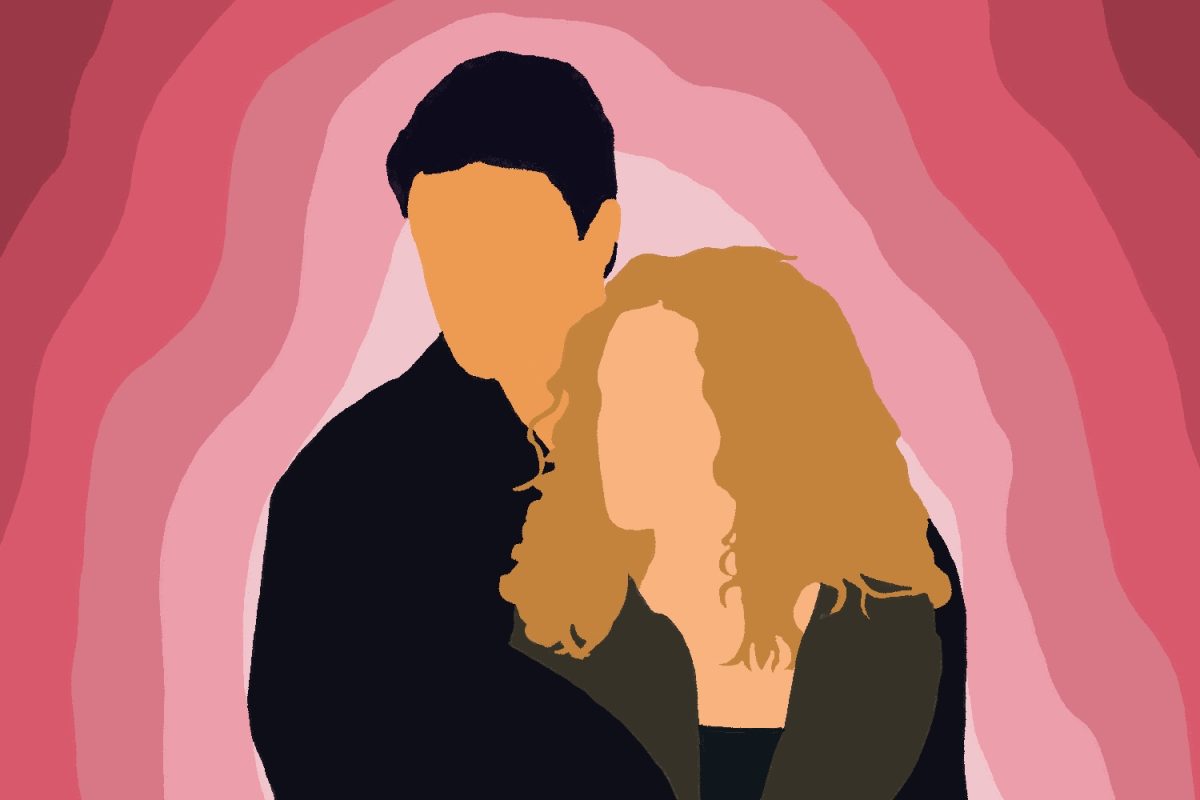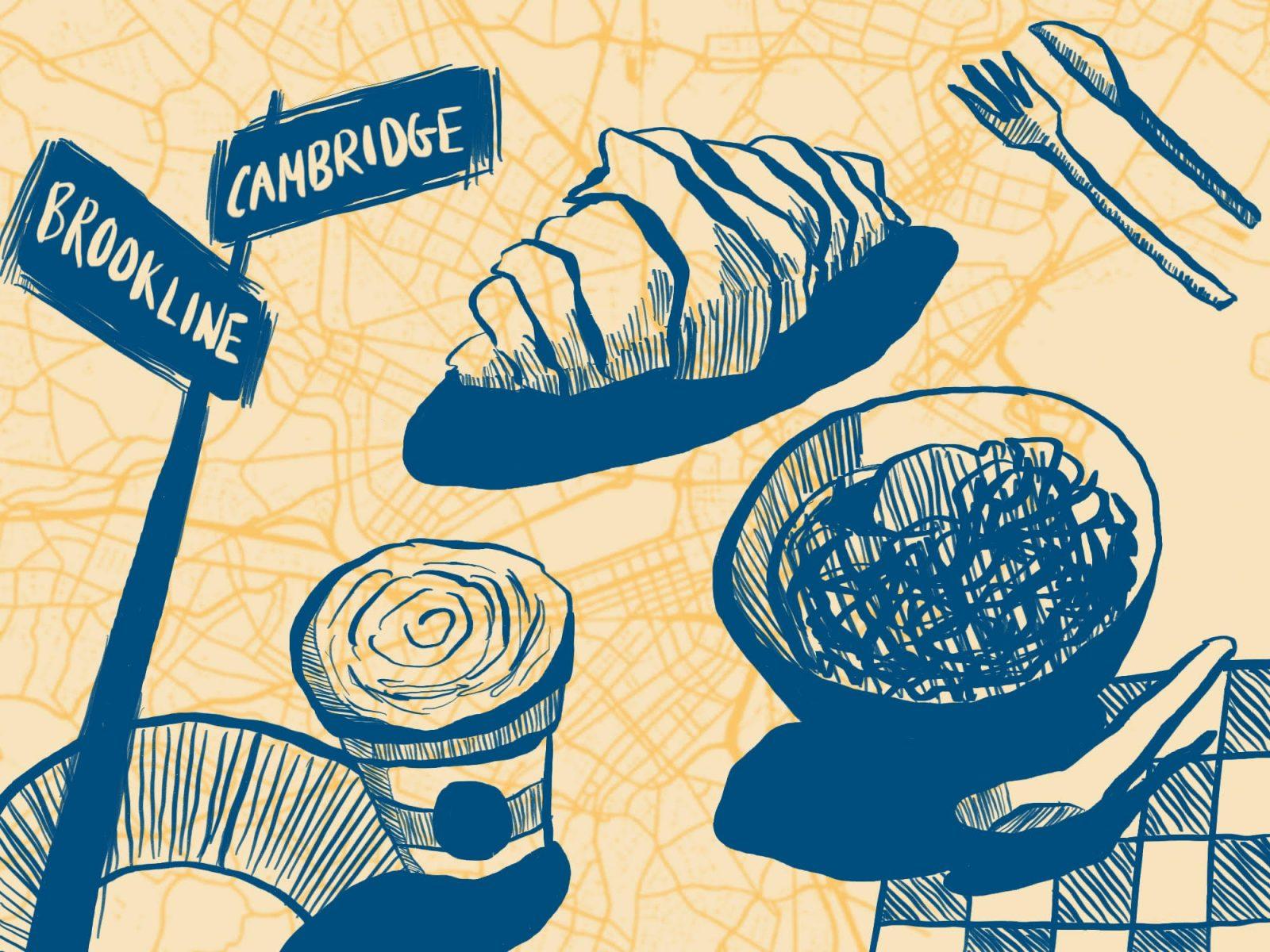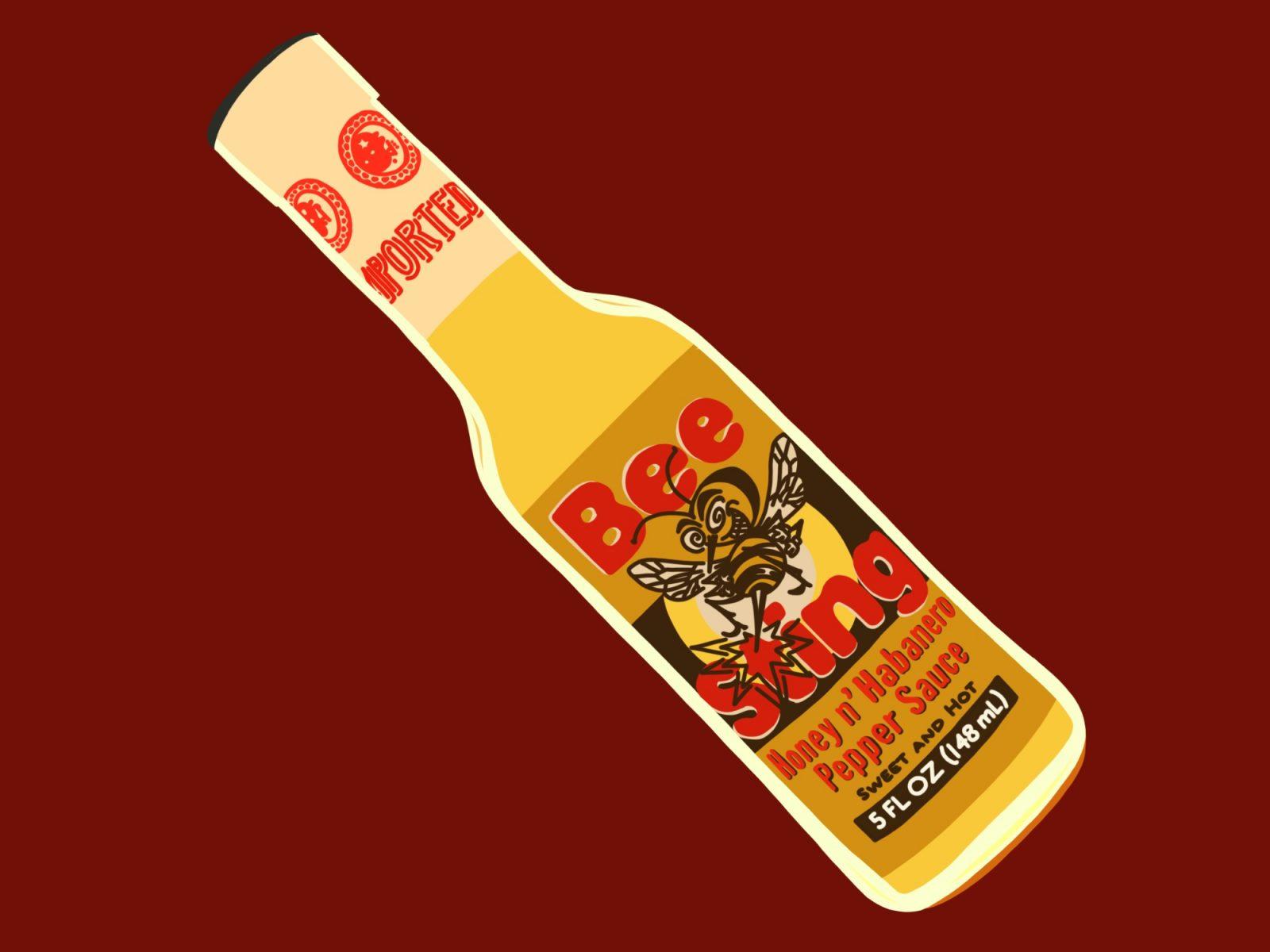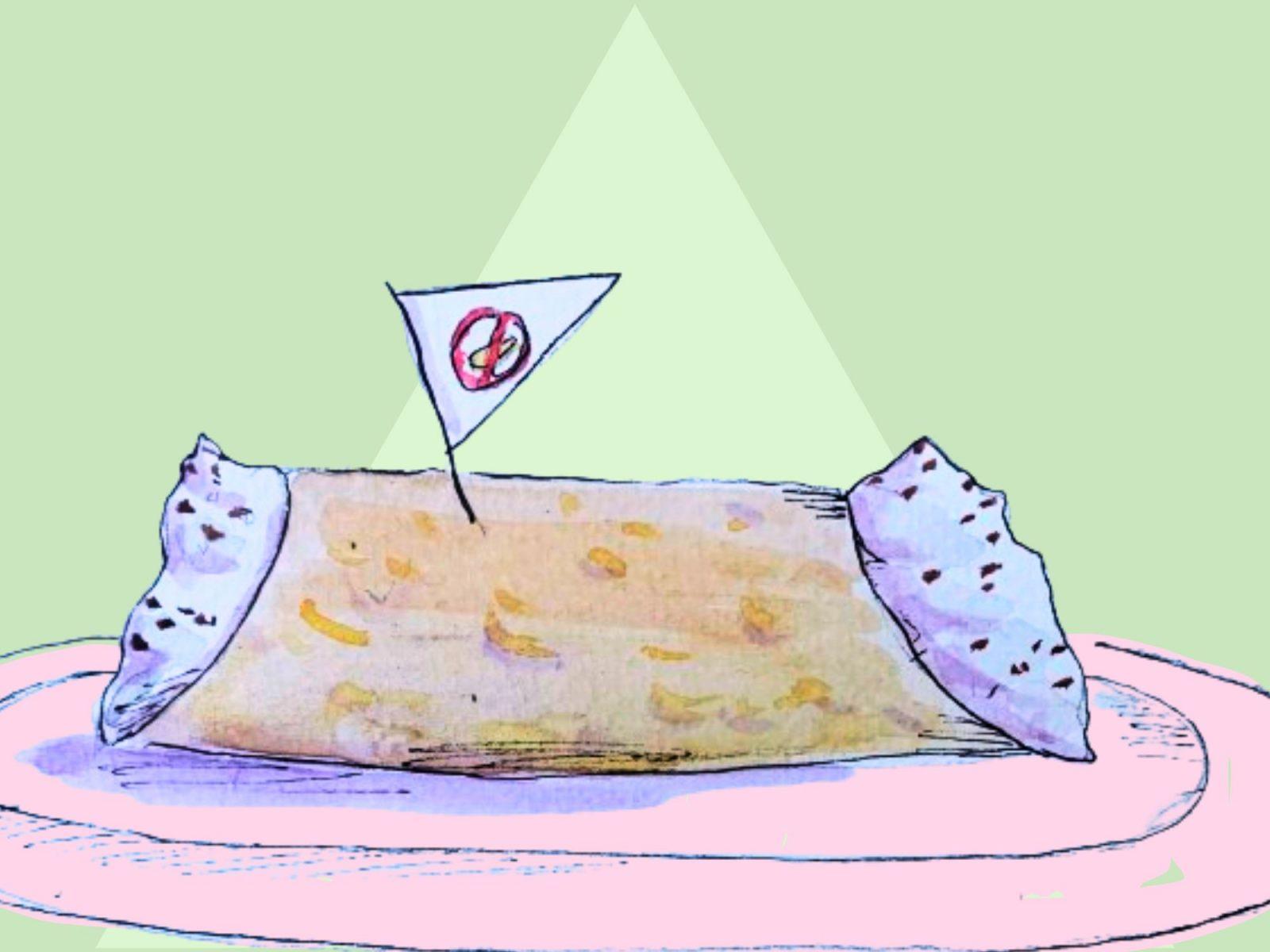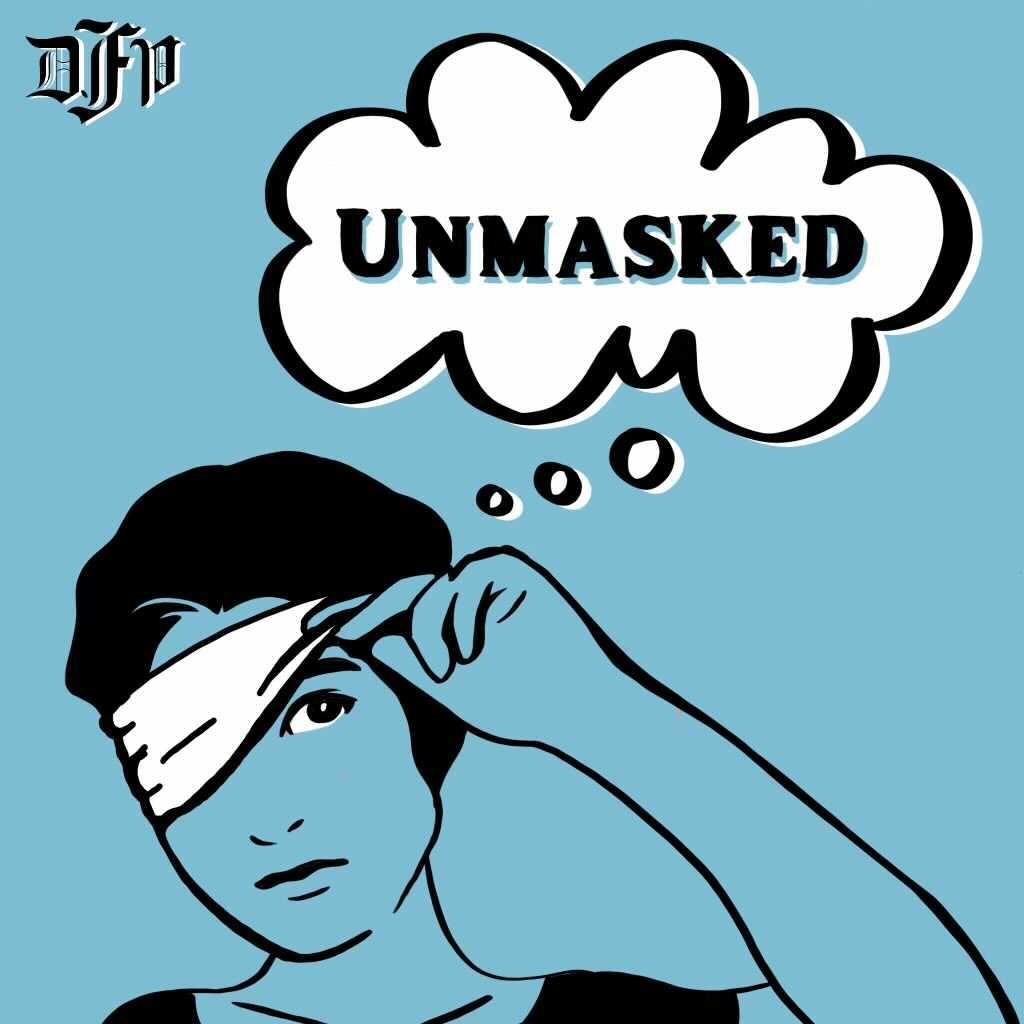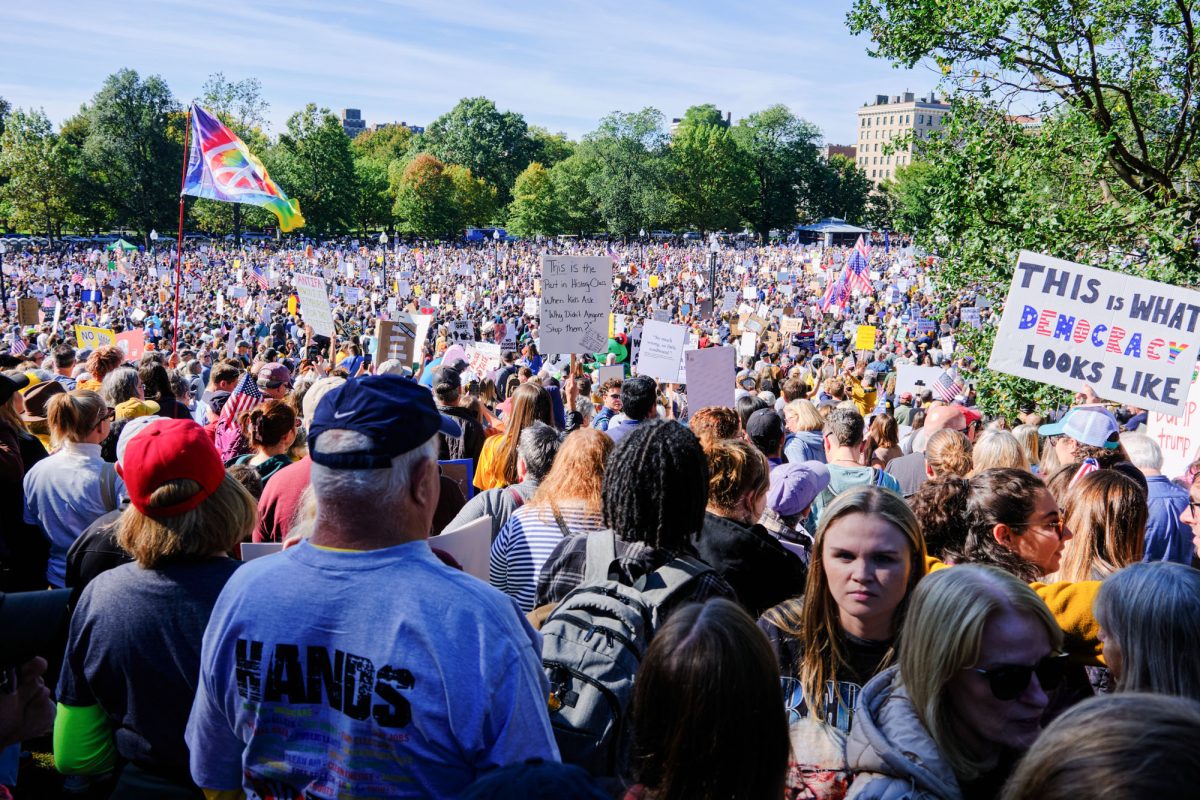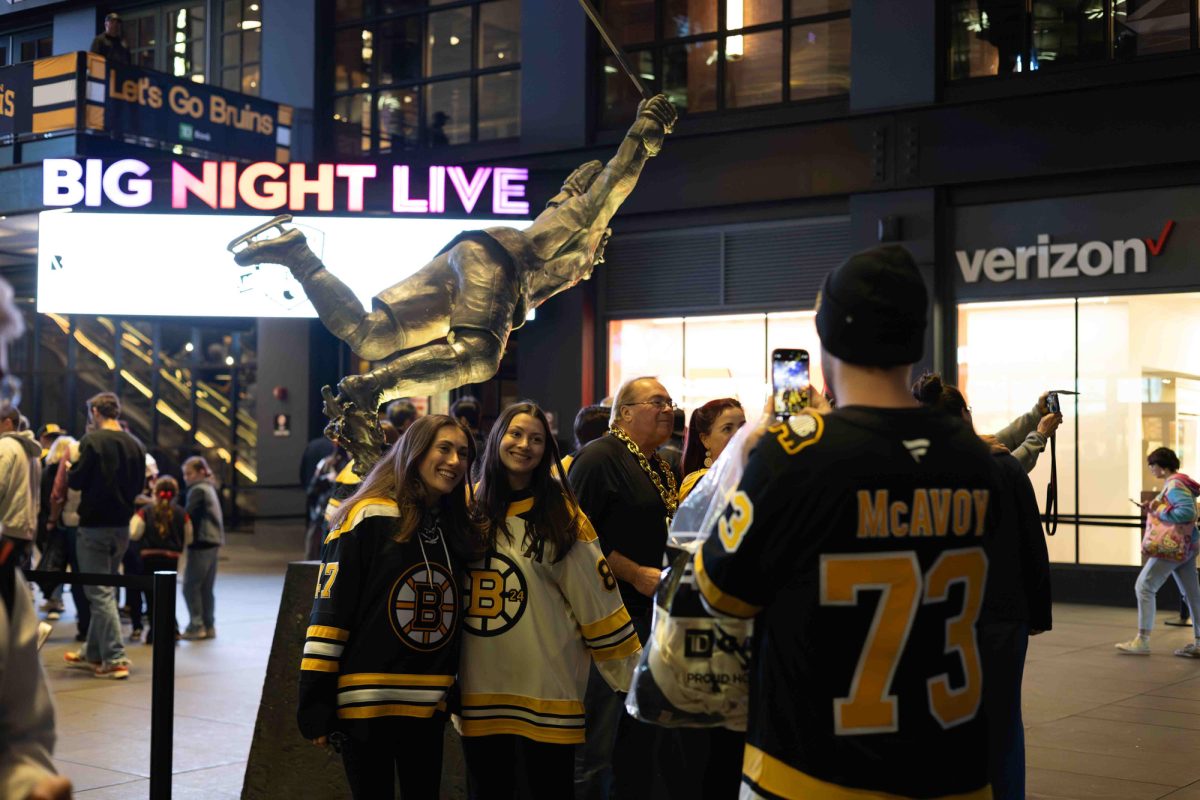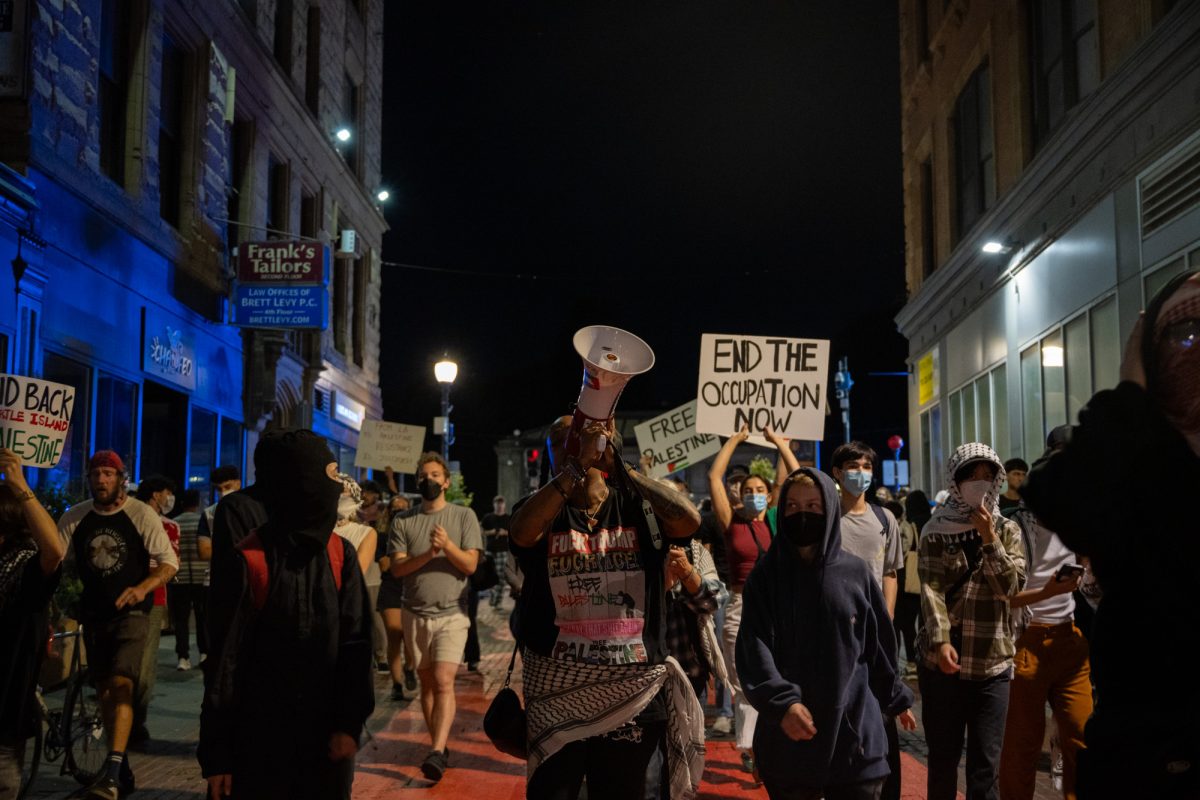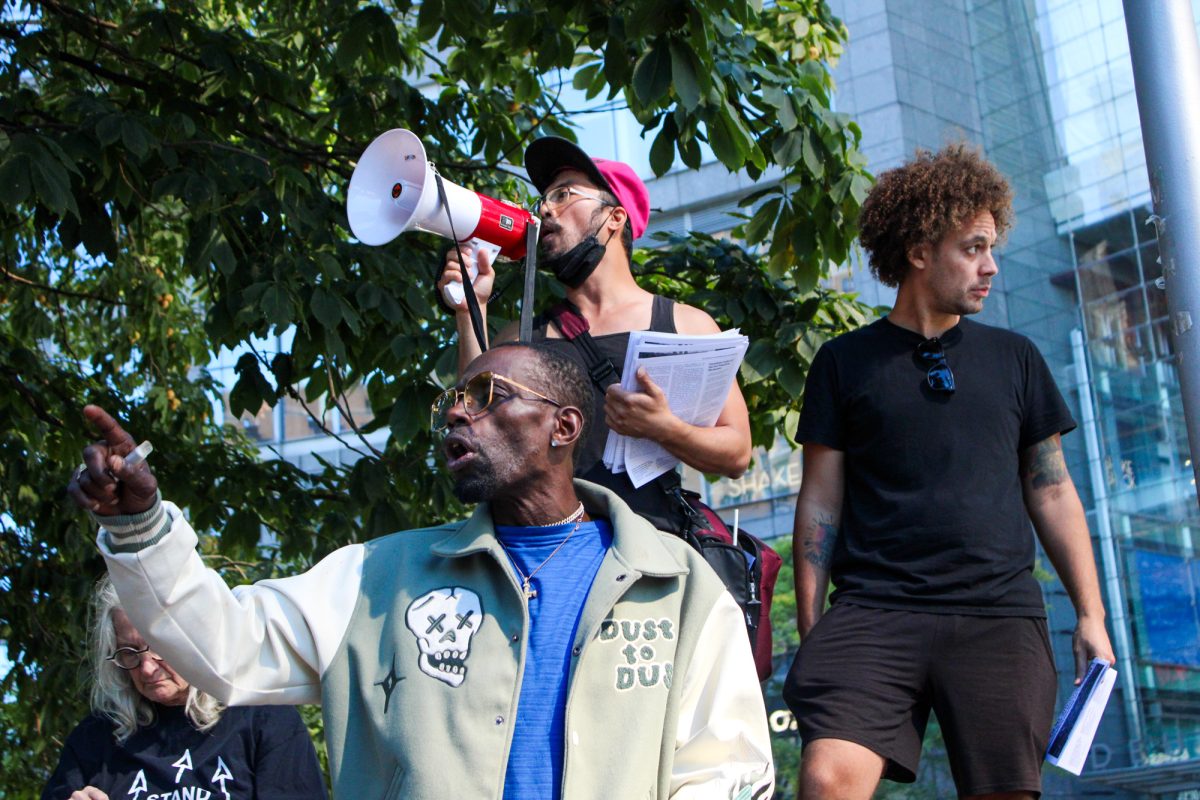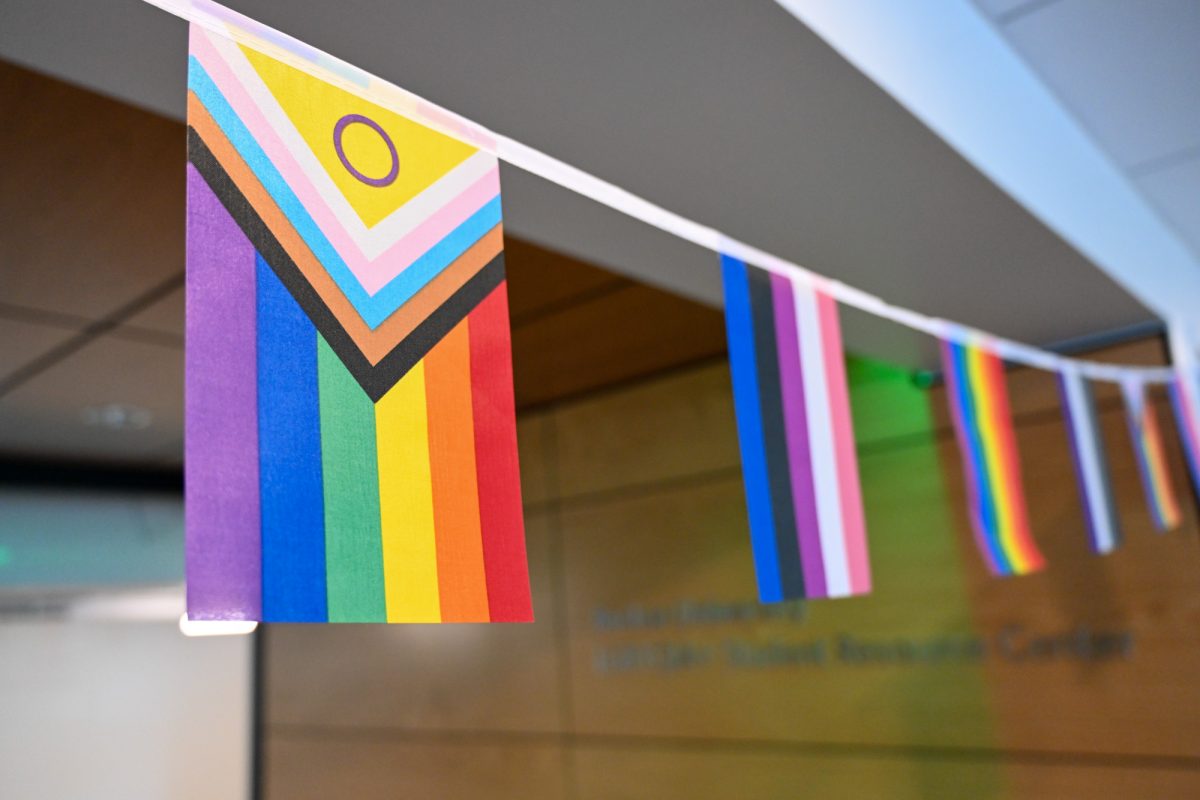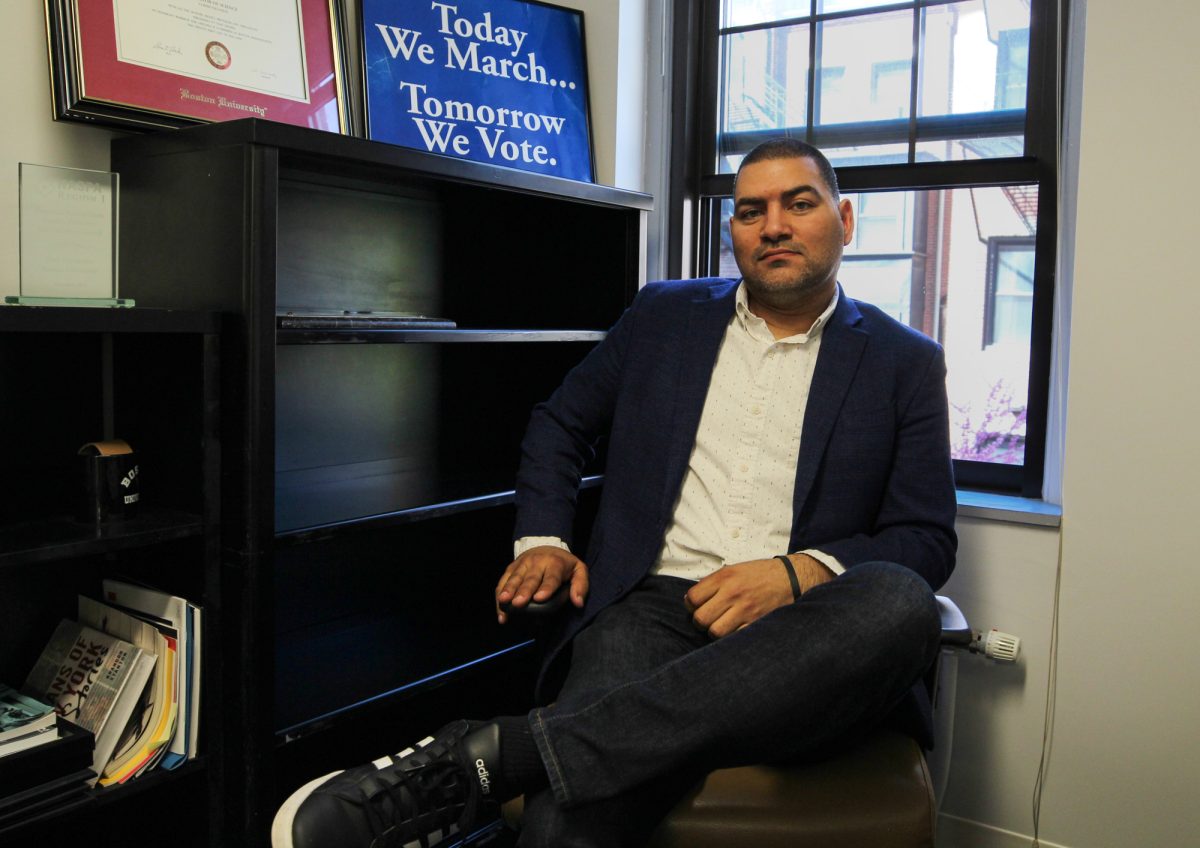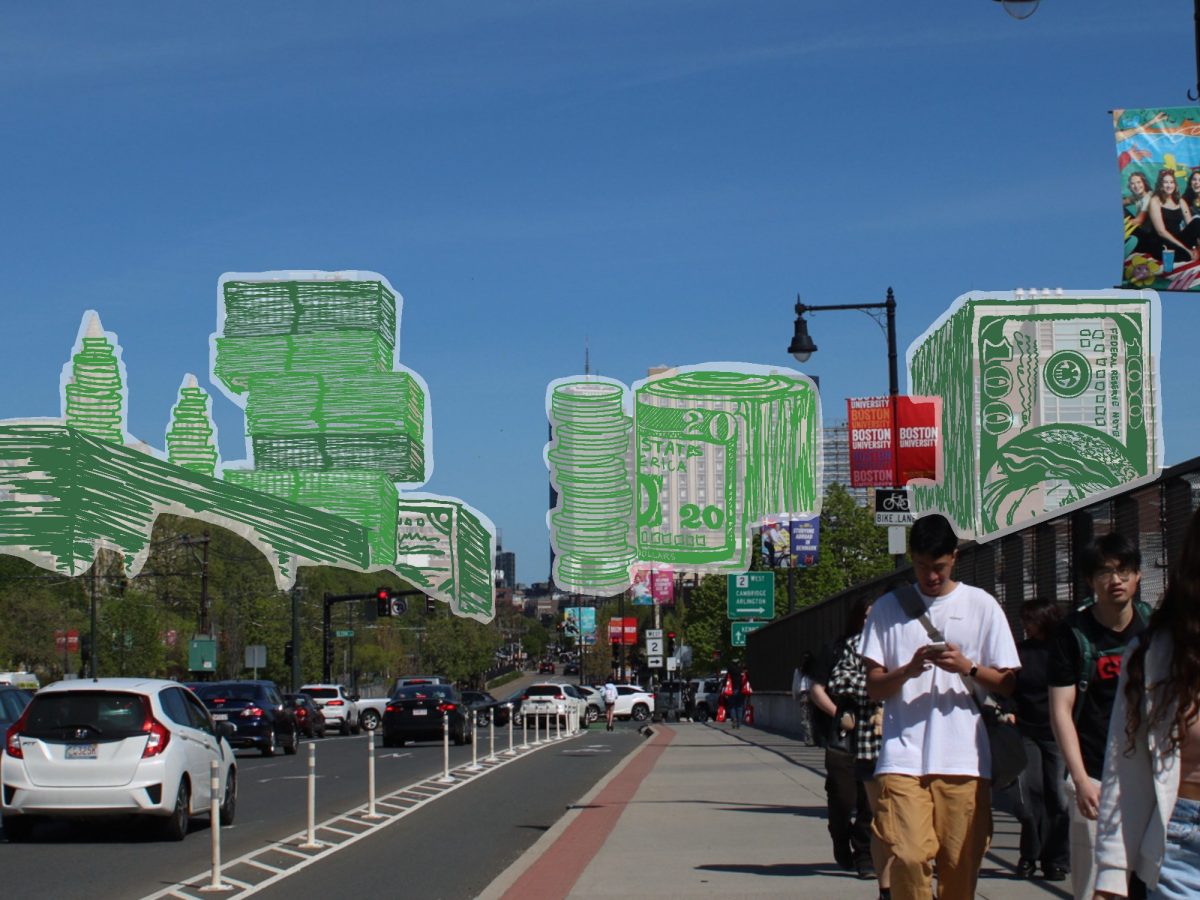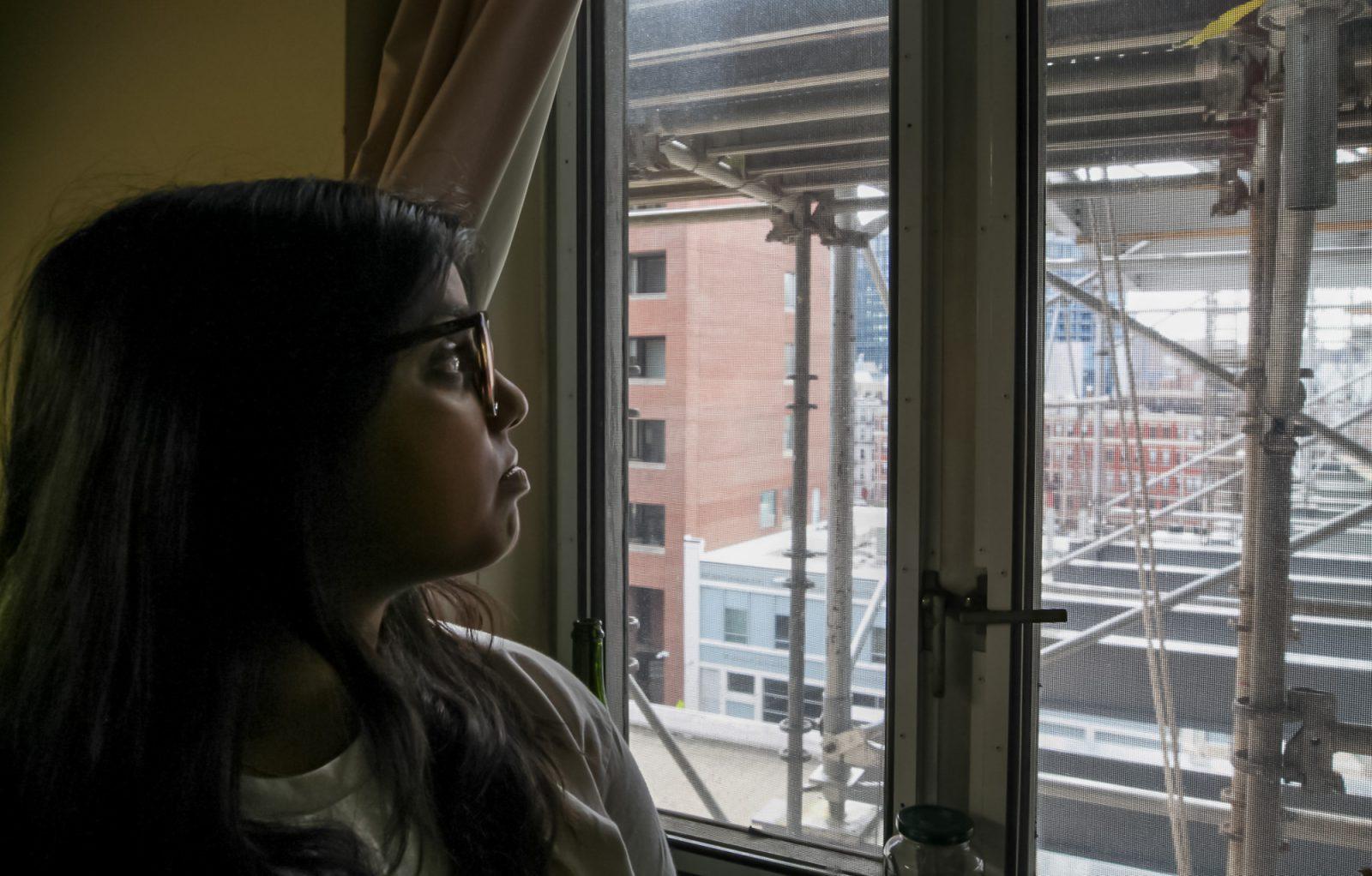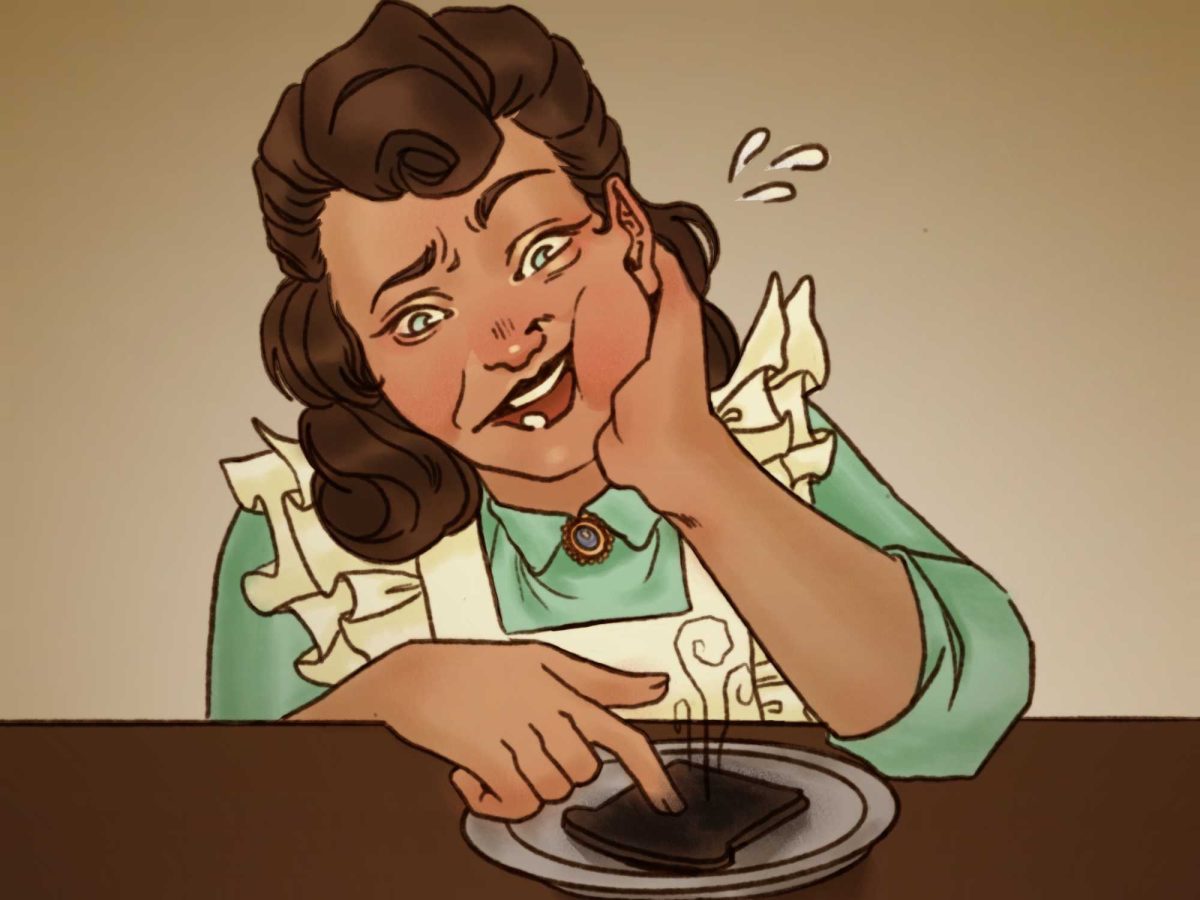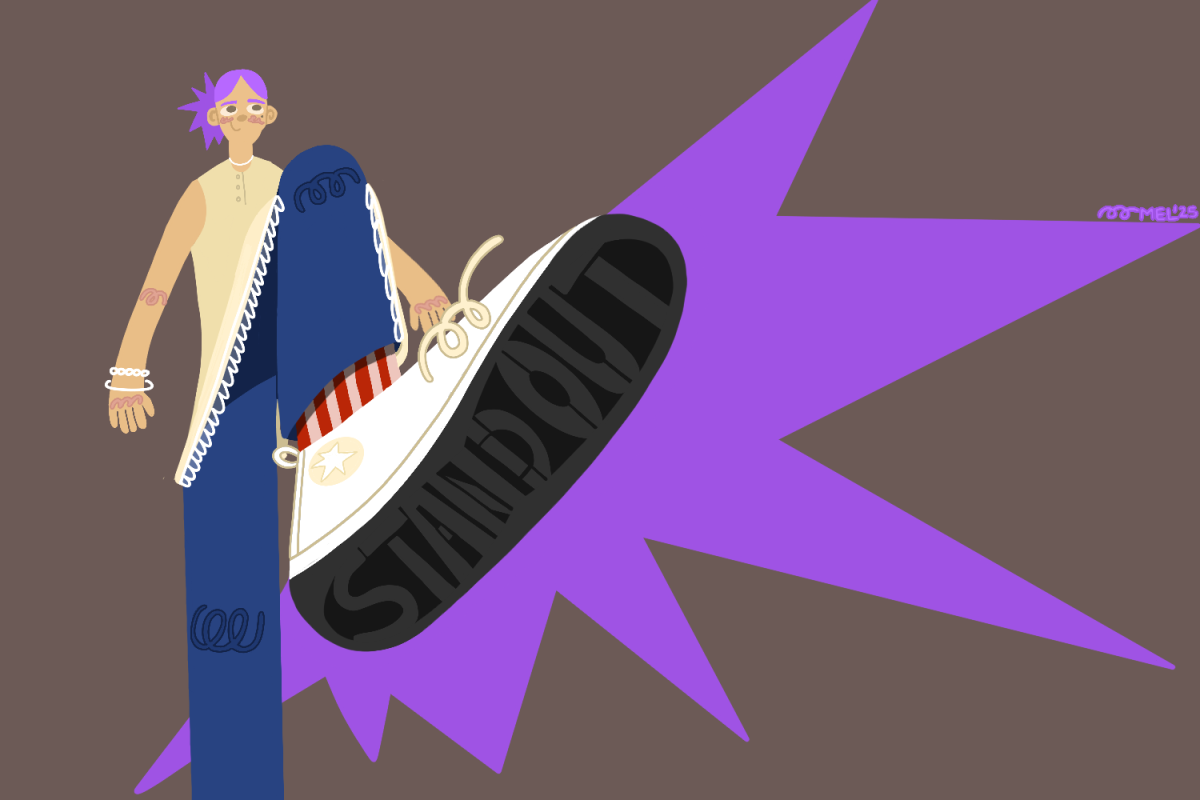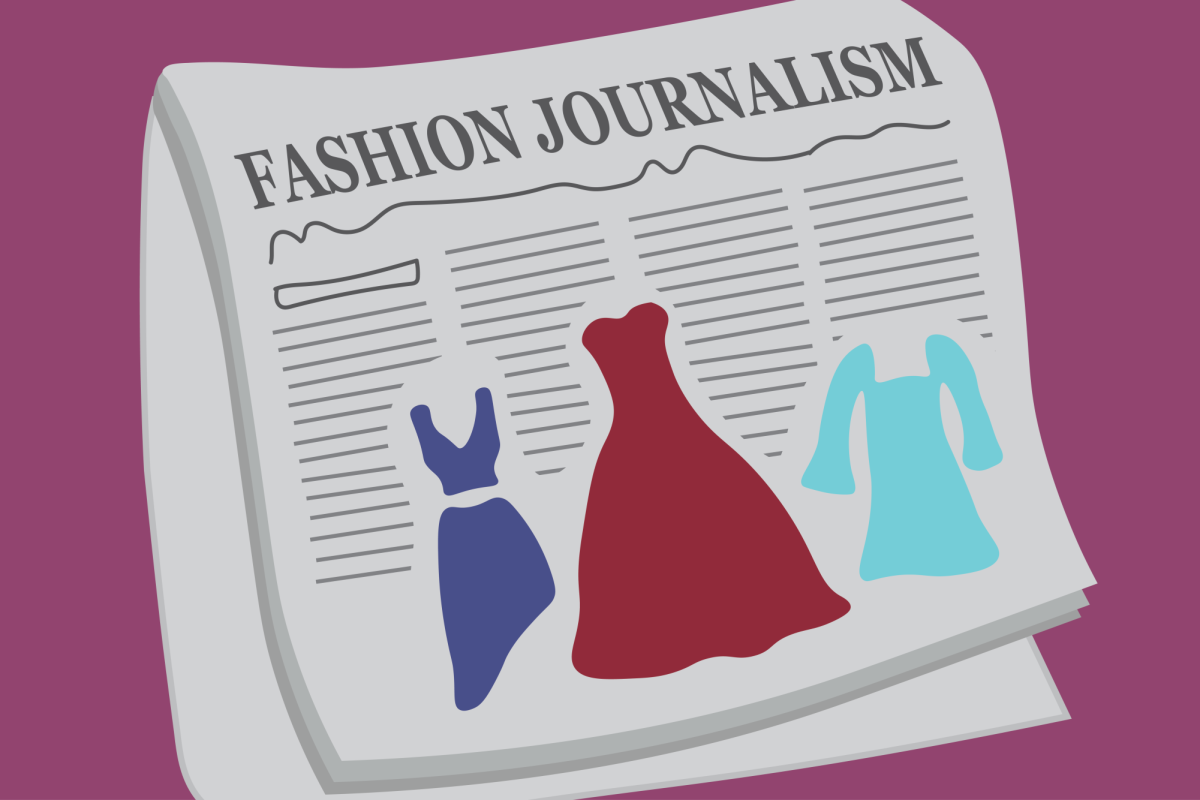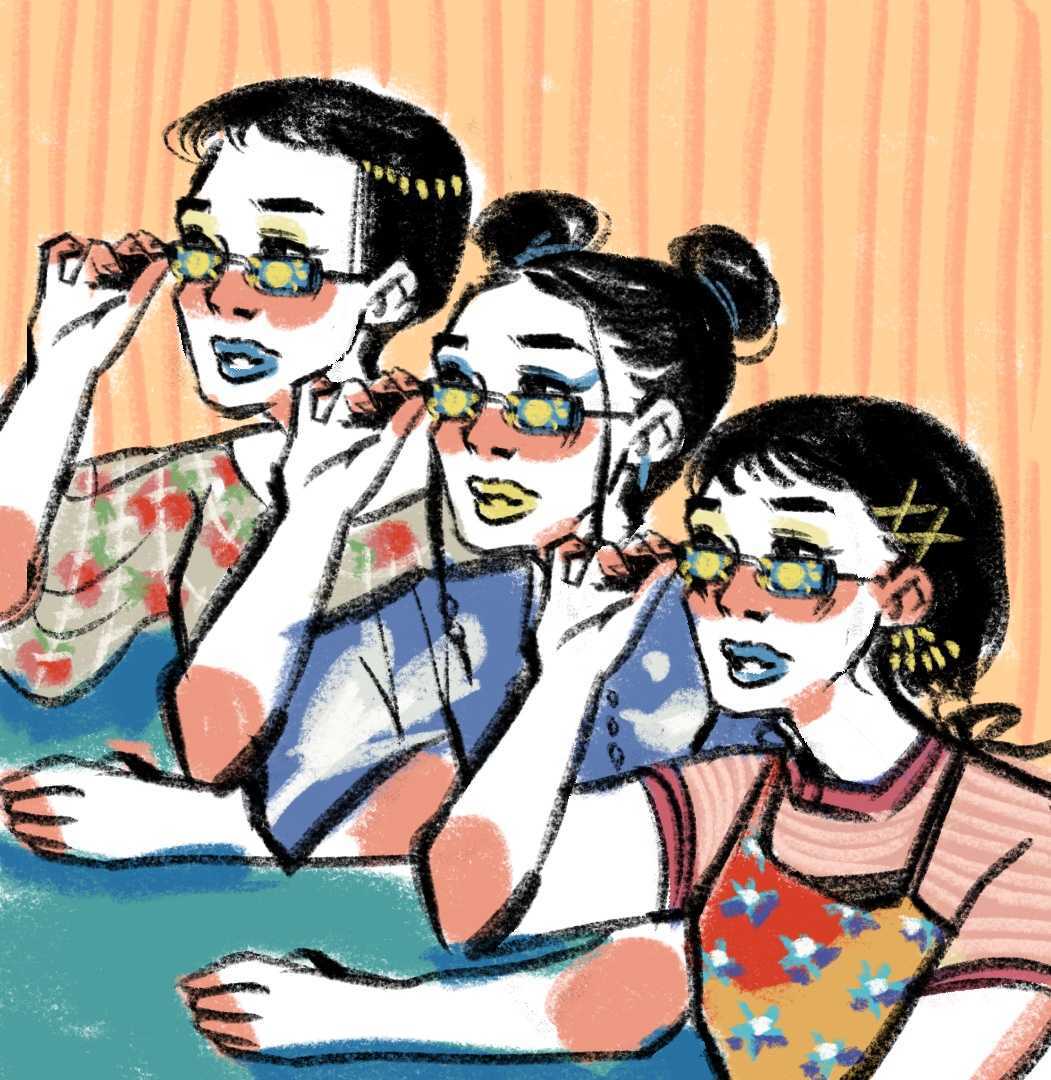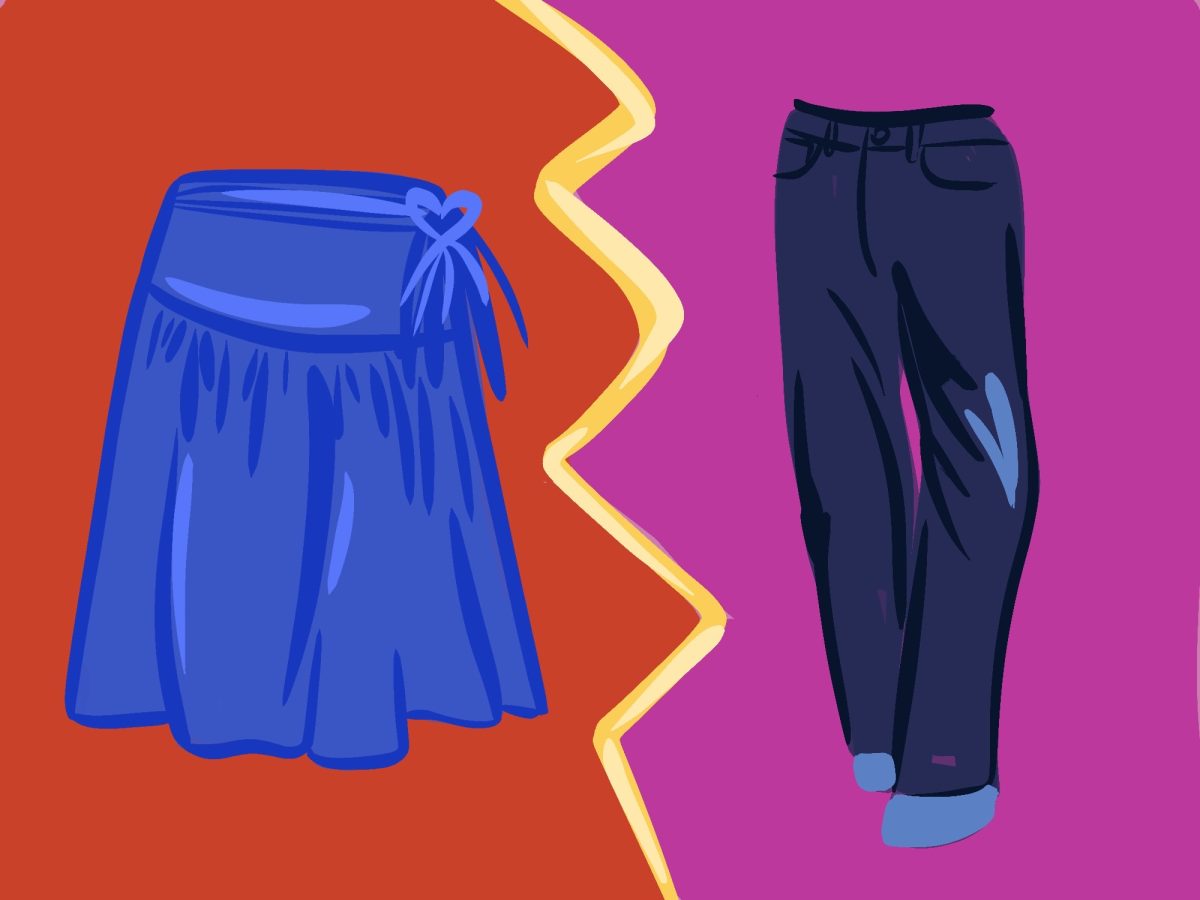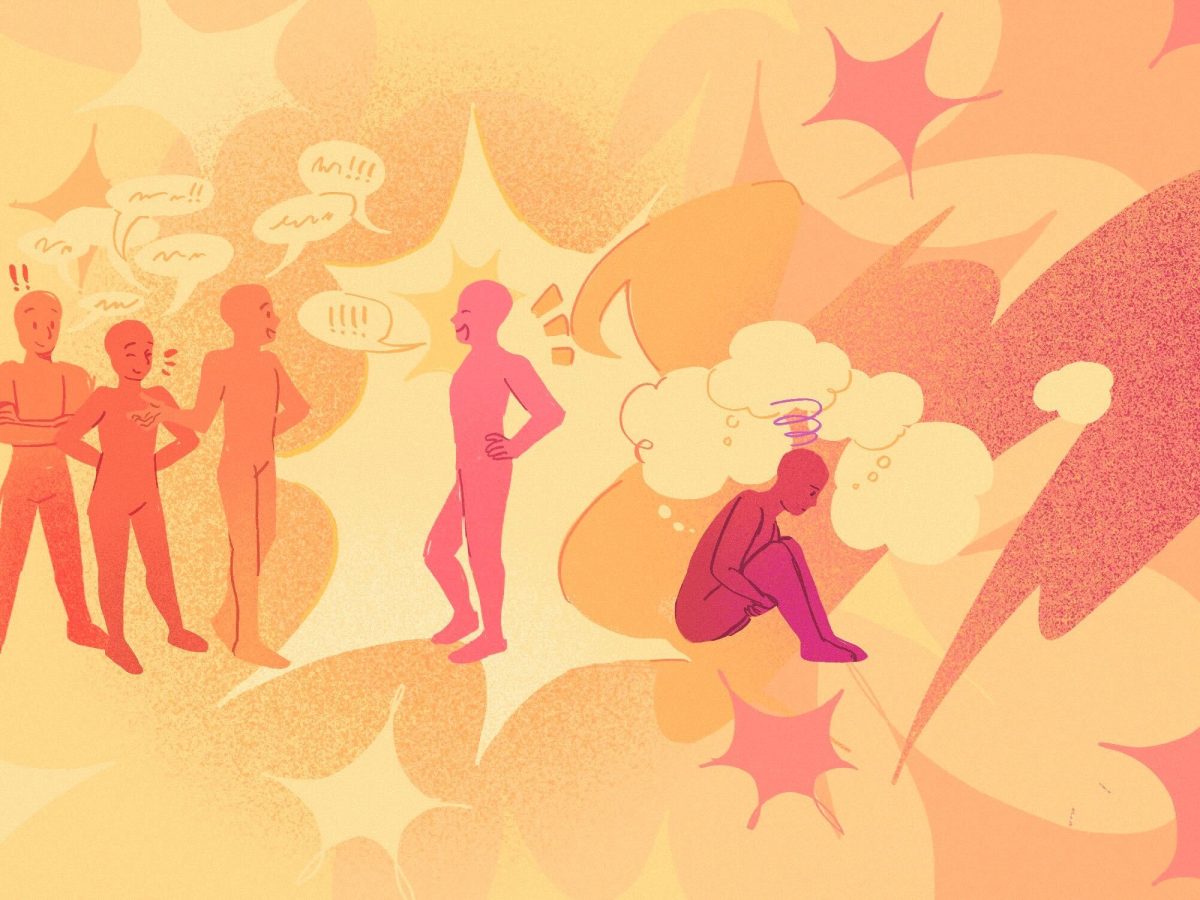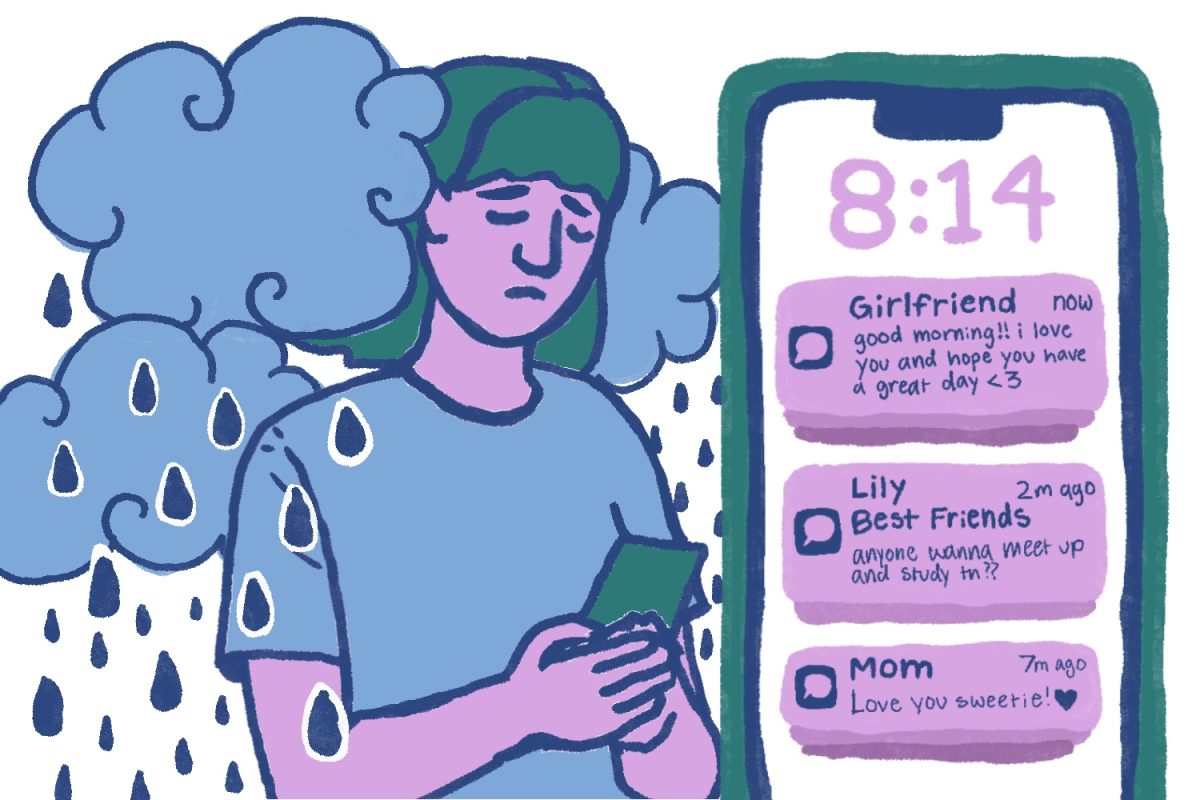This week, I’m heading back home to our nation’s greatest state — New York.
While Boston may have better sports teams — as a Mets fan, I’ll root for the Red Sox any day — at the end of the day, it doesn’t hold a candle to New York. From New York’s bagels to its city planning that actually forms a grid, New York remains superior in so many ways.
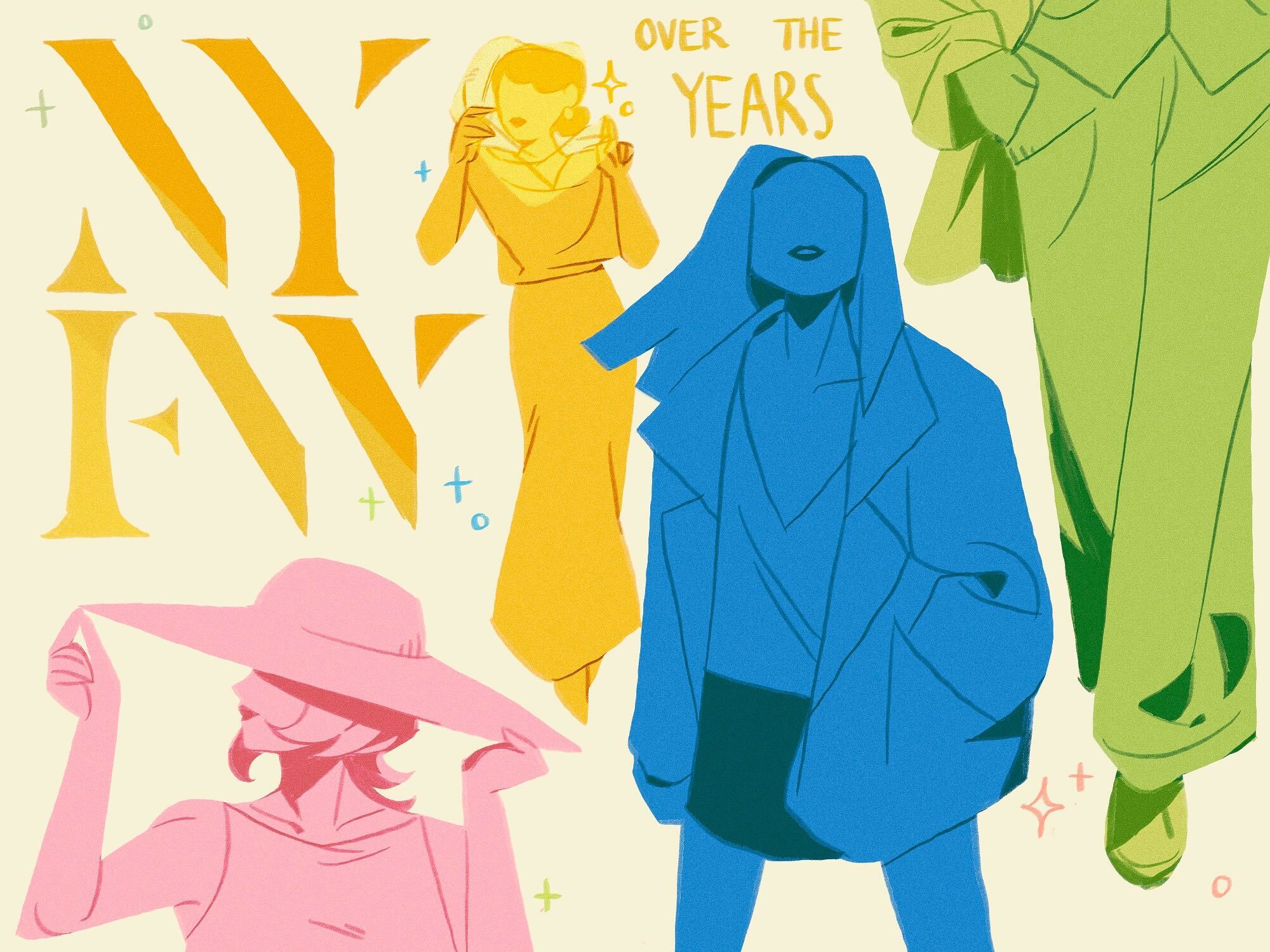
Plus, there’s one major thing Boston lacks that New York excels in — a steady fashion scene.
Now, I most certainly don’t want to discount Boston Fashion Week. Having interned for one of last year’s runway shows, I have seen firsthand how Boston Fashion Week does a better job of promoting a diverse range of voices in the world of fashion than other, more well-known fashion weeks.
Nonetheless, Boston Fashion Week just doesn’t have quite the same intrigue as high-profile shows like New York, London and Copenhagen’s fashion weeks.
That’s precisely why I’m heading home. I’m heading home starry-eyed to none other than New York Fashion Week.
No, I’m not one of the lucky few who gets to see the official presentations from the Council of Fashion Designers of America. I am, though, one of the lucky slightly-less-few who gets to see the concurrent shows presented by Runway 7.
In researching my upcoming trip and what other New York Fashion Week events were open to the public, I quickly fell down a rabbit hole about Fashion Week history.
My simple Google search quickly led me to a jarring revelation: New York Fashion Week only earned that name in 2015.
When I heard this, I thought I was losing my mind.
It felt like the wildest Mandela Effect I had ever heard. I was under the false impression that New York Fashion Week was a historic tradition.
The tiny investigative reporter in my brain instantly went to work, trying to get to the bottom of this mystery and sort out my utter confusion. How could something so new have gained such notoriety in such a short period of time?
As it turns out, New York Fashion Week was known by that title long before organizers officially renamed it. The event’s original name when it began in 1993 was actually “Seventh on Sixth,” a reference to the fashion district’s location in Manhattan.
So luckily, I wasn’t completely losing it. New York Fashion Week had existed for decades, after all — it just wasn’t officially dubbed as such.
However, the “Seventh on Sixth” show wasn’t quite new either. In reality, some form of fashion week has existed in New York since the early 1940s — although it has taken a very different form over the years.
The earliest precursor to New York Fashion Week was known as “Press Week.” Eleanor Lambert, press director for the New York Dress Institute, created Press Week in 1943. Lambert wanted to drive more public interest toward American designers when editors couldn’t travel to Europe in the midst of World War II.
The name switched from “New York Press Week” to “Seventh on Sixth” when the Council of Fashion Designers of America’s president, Stan Herman, and Executive Director Fern Mallis decided to consolidate the week’s presentations into one physical space.
Gone were the days of dashing around the city to catch different runways. Now, attendees could see multiple shows from the comfort of their seats in Bryant Park.
This is the format that has persisted today, although the specific location that houses the runways each year has changed.
While some argue that New York Fashion Week has become less exclusive over the past decade, the official runway shows remain closed to the public. This definitely maintains the mysterious, even elitist, air surrounding New York Fashion Week.
On the other hand, this has led to an increase in events outside of the official schedule that actually allows more people than ever to participate in New York Fashion Week — including me!
I always feel iffy about how secretive the high fashion industry can be. As a vintage lover, I have to say some of my favorite pieces are ones made by hand using knowledge handed down from parent to child over generations.
Even still, I’m only human. Just like Eve, I can’t deny how tempting something you’ve never even wanted becomes when you are told you can’t have it.
And so I remain fervently infatuated with the Council for Fashion Designers of America’s official Fashion Week and deeply enchanted by its mystique. I guess you can say it’s a bit of a toxic romance — one-sided, with one party granting the other not even a minute of their time.
Unlike the scorned lover, however, I will spend my time giving my love to the runways that will actually love me back. By that, I mean I will be the loudest supporter at the Runway 7 shows I’m attending, clapping and cheering for each designer and model as loud as I can — without being kicked out, of course.
Like the scorned lover, though, I will continue pining for my shot to be considered for even a moment of the Council of Fashion Designers of America’s time. Who knows? Maybe one day, my love will be reciprocated.

